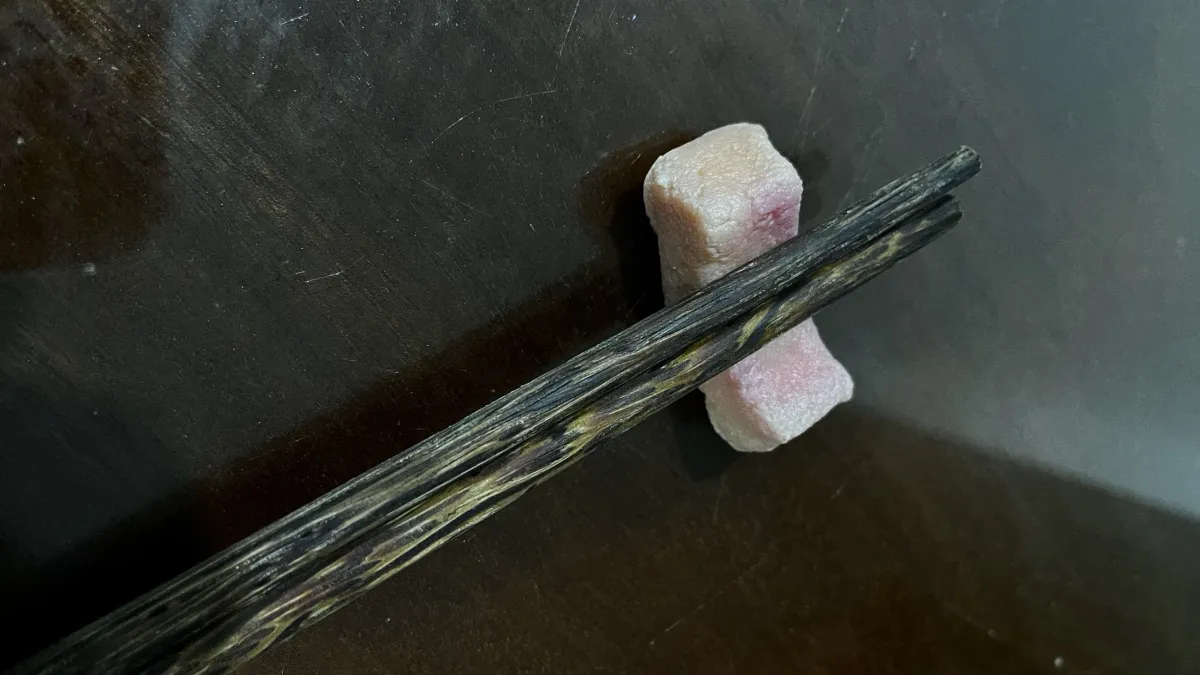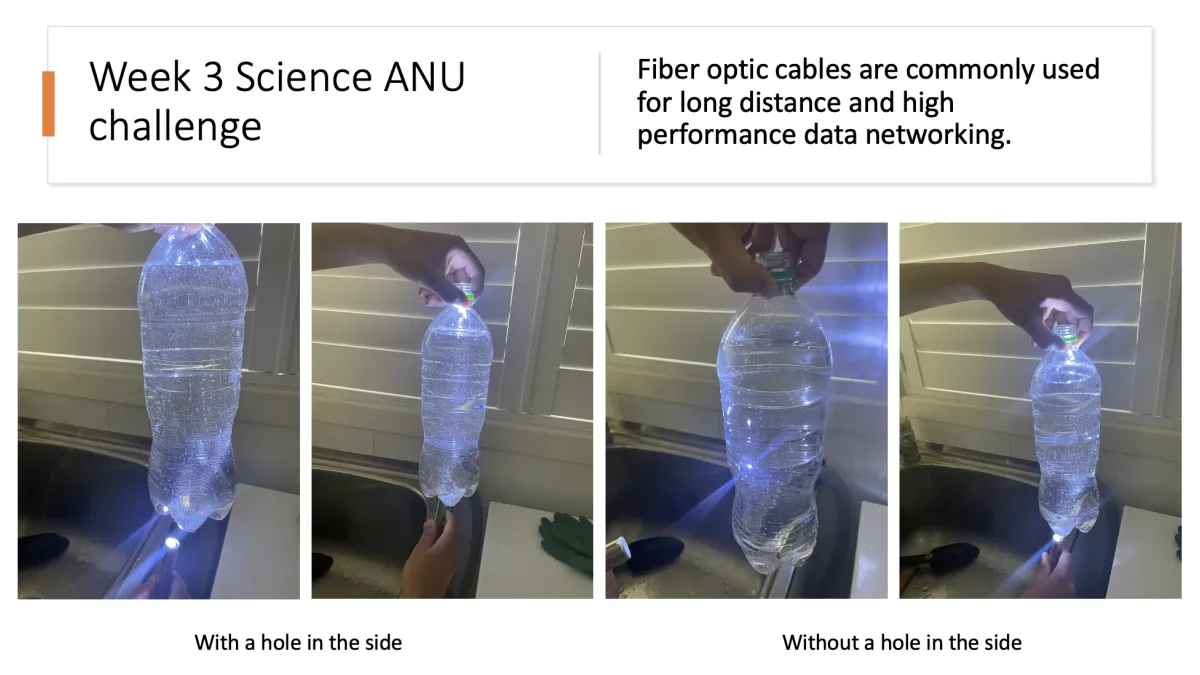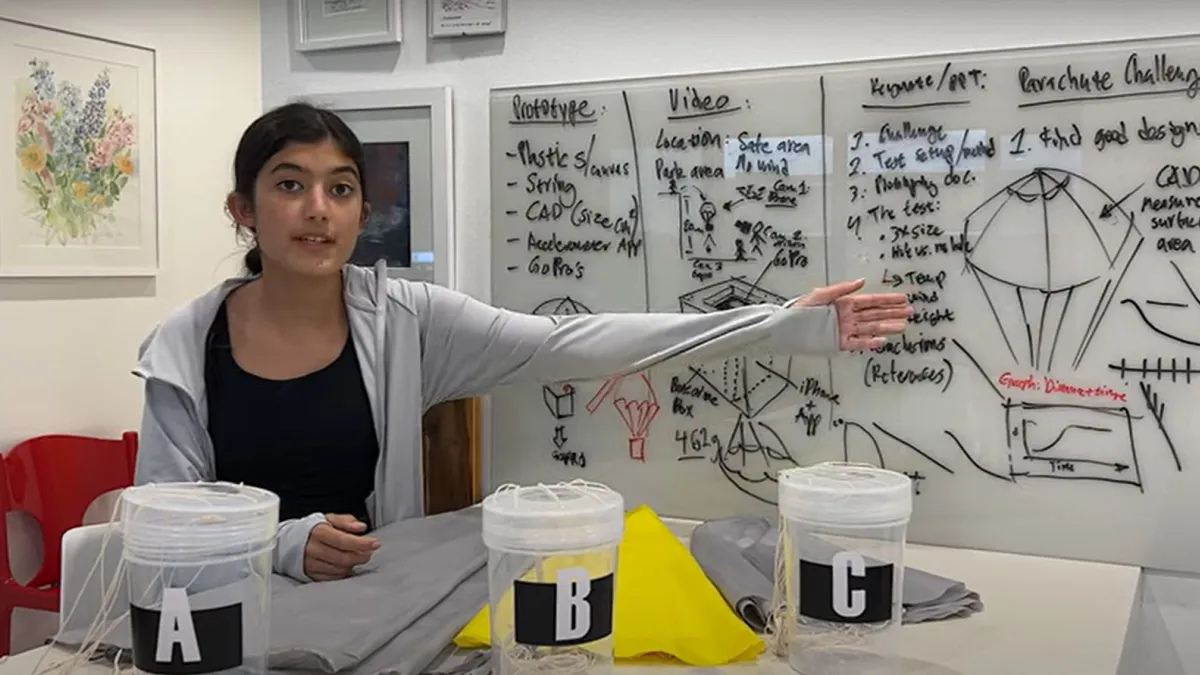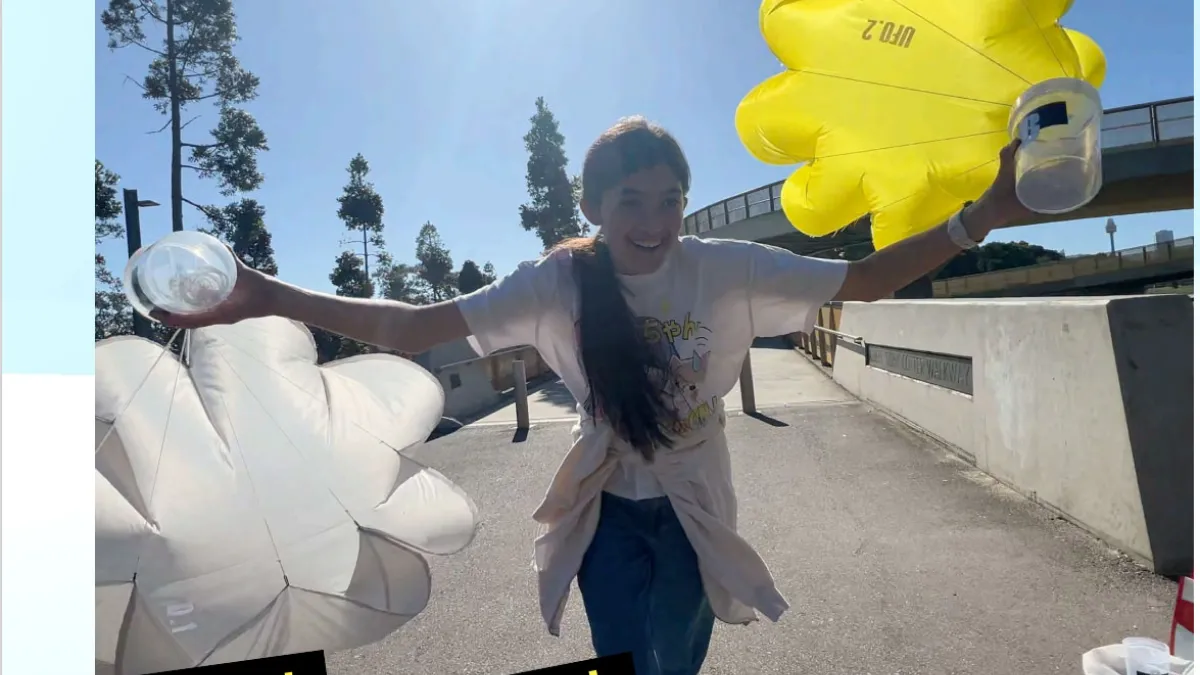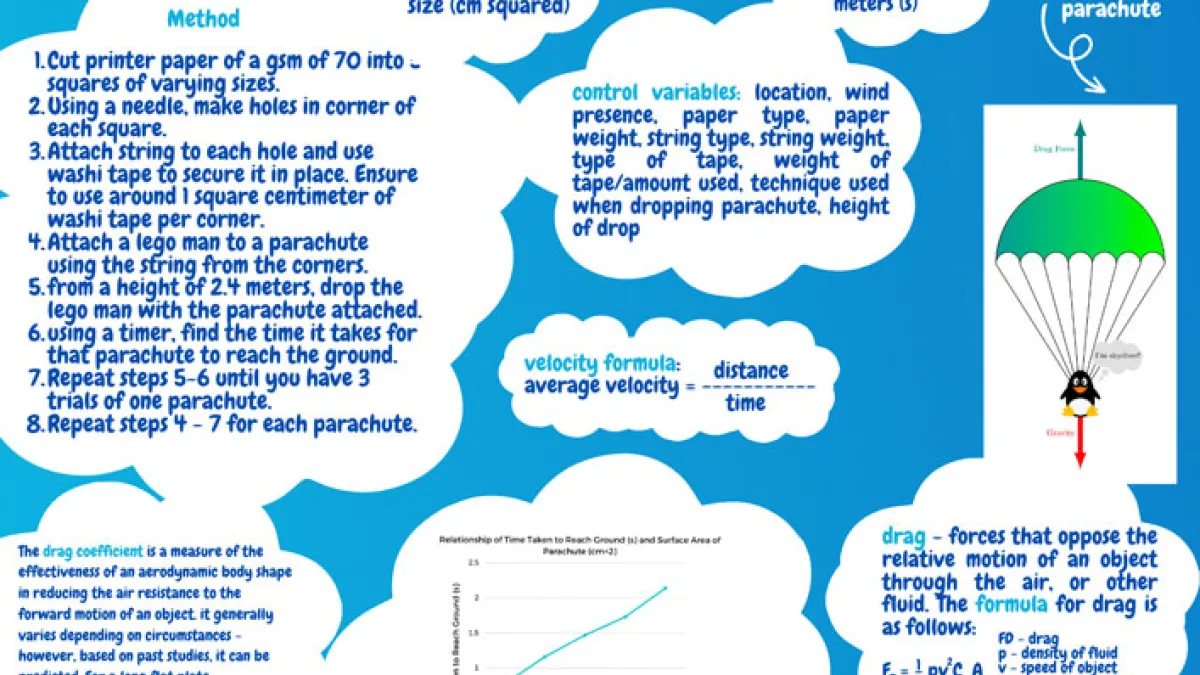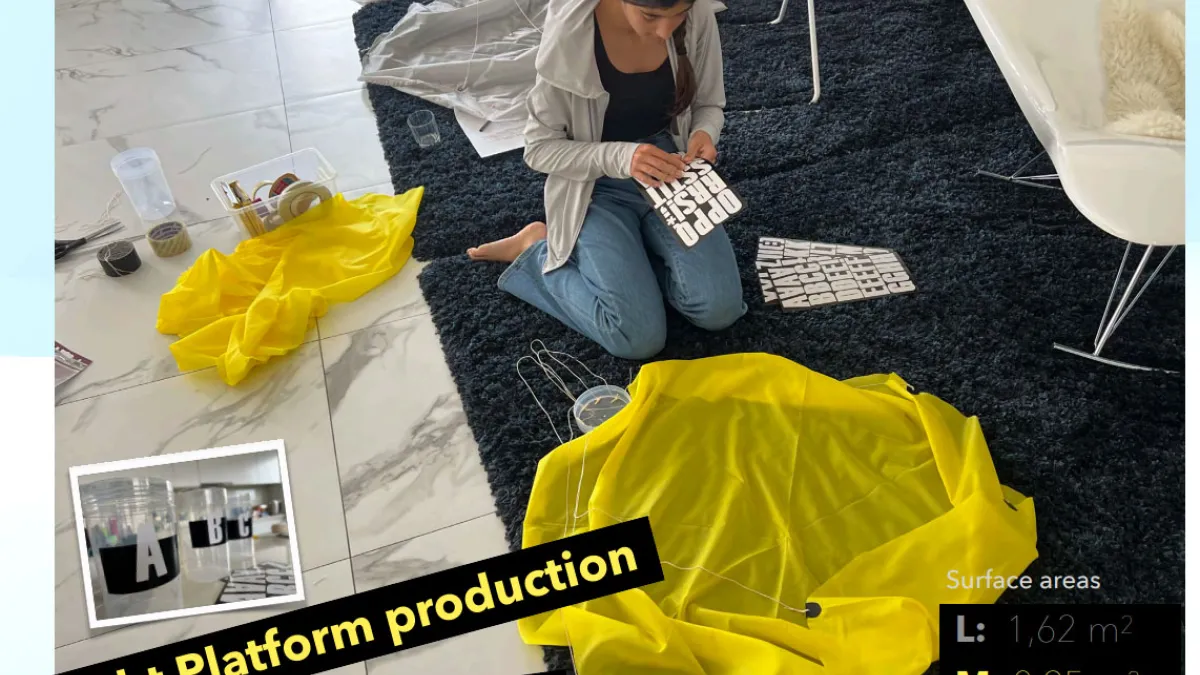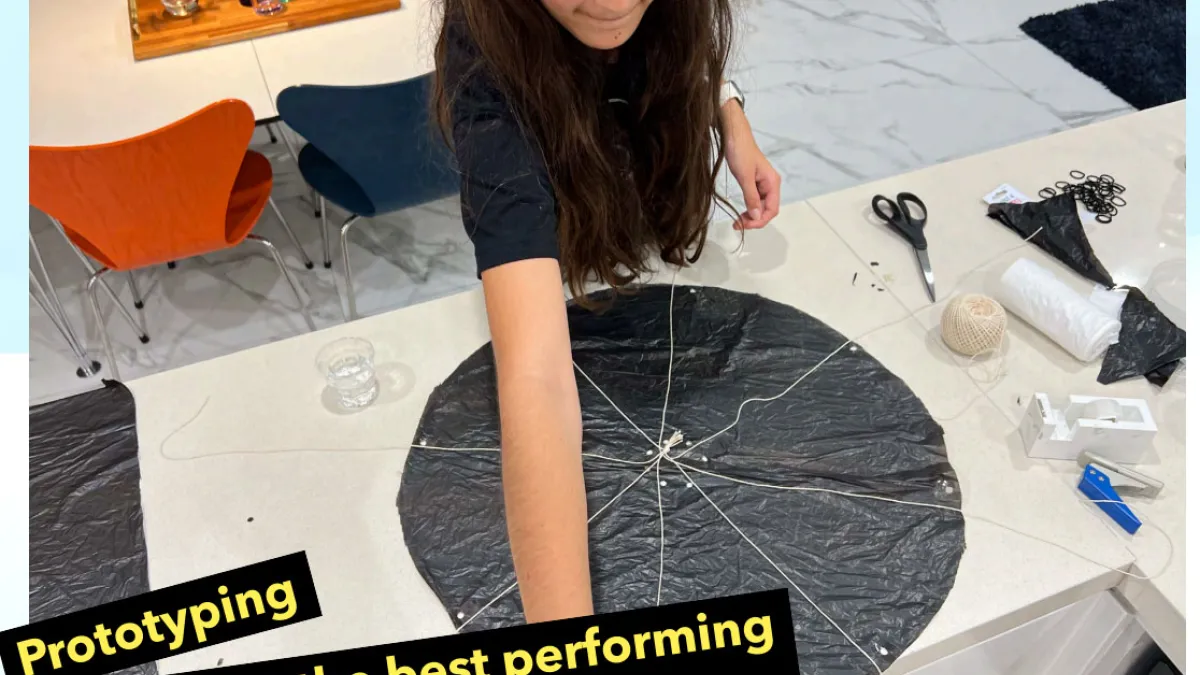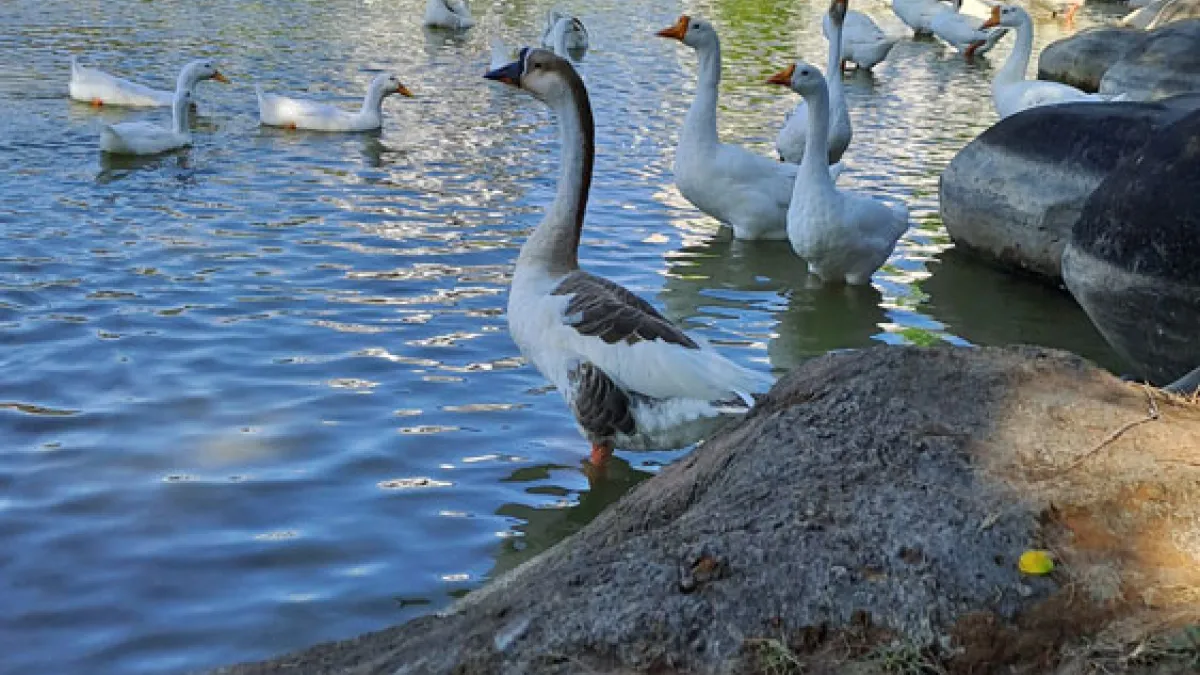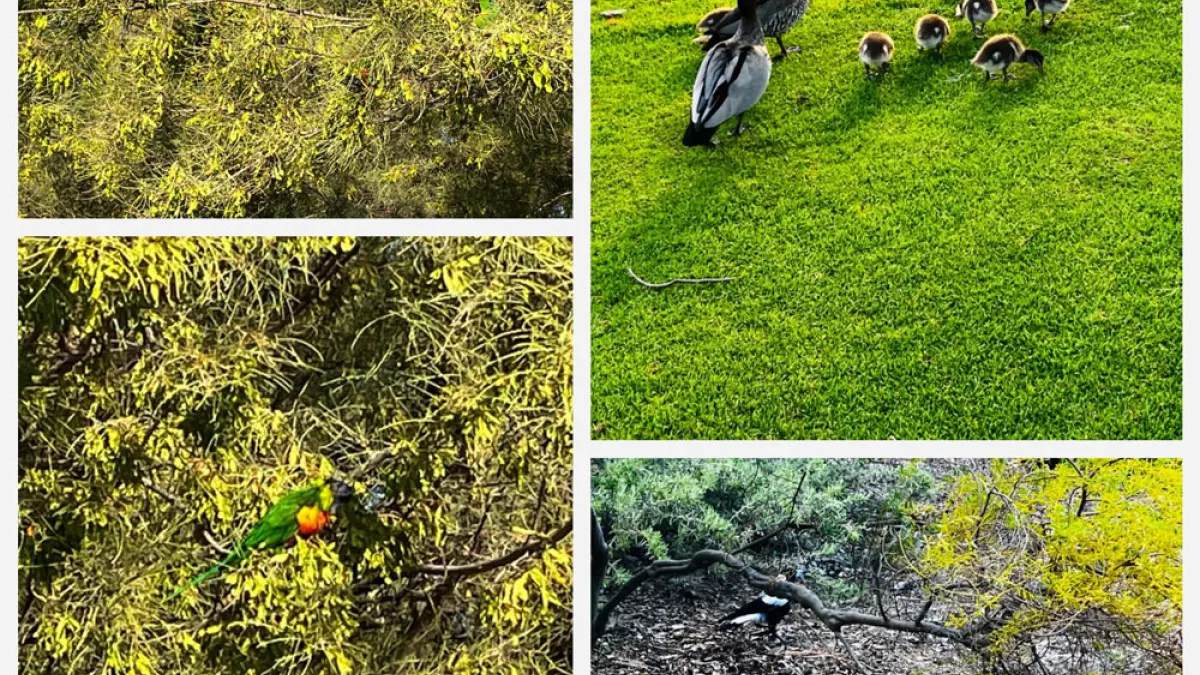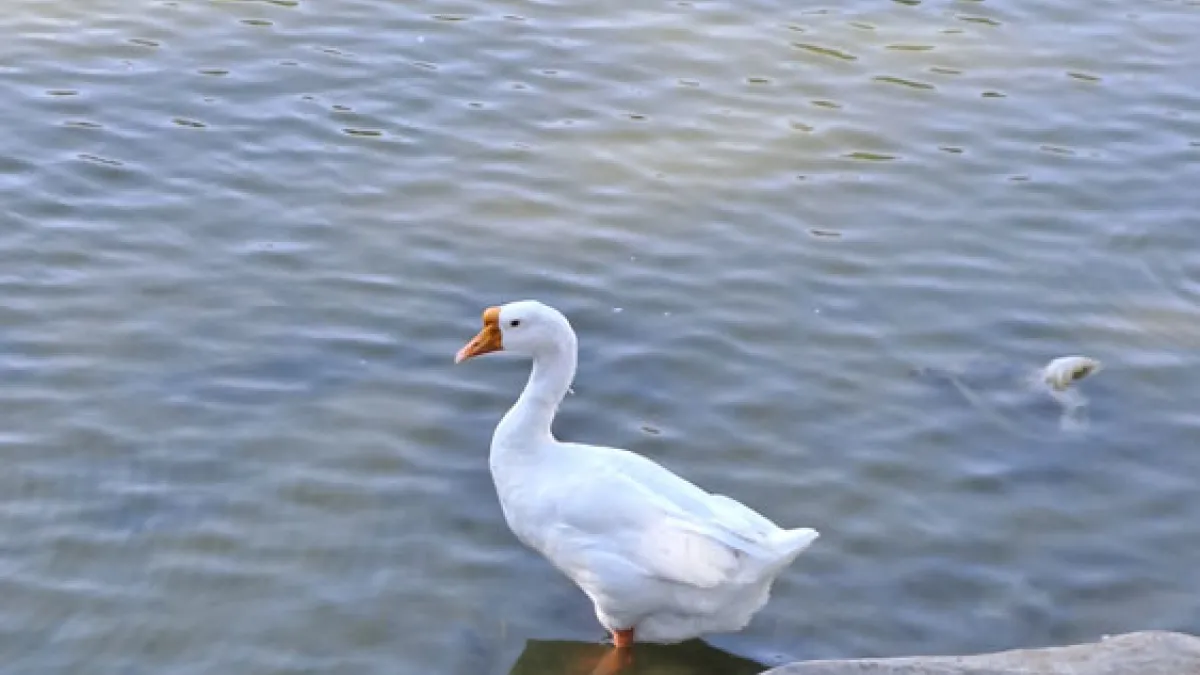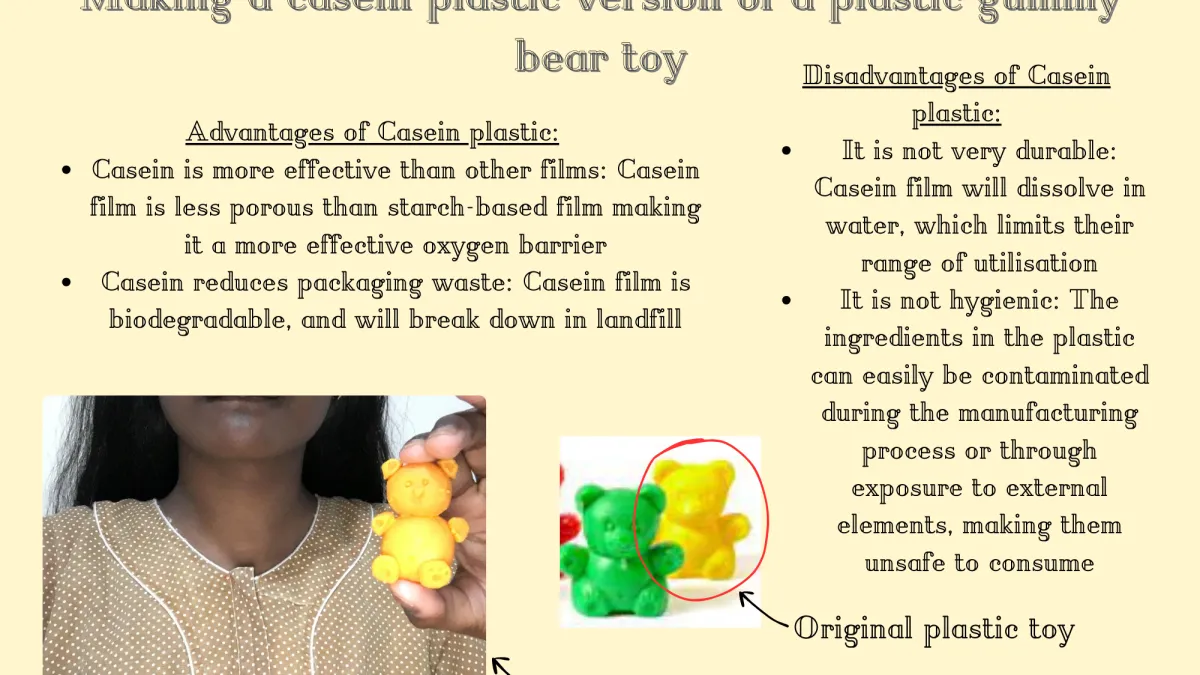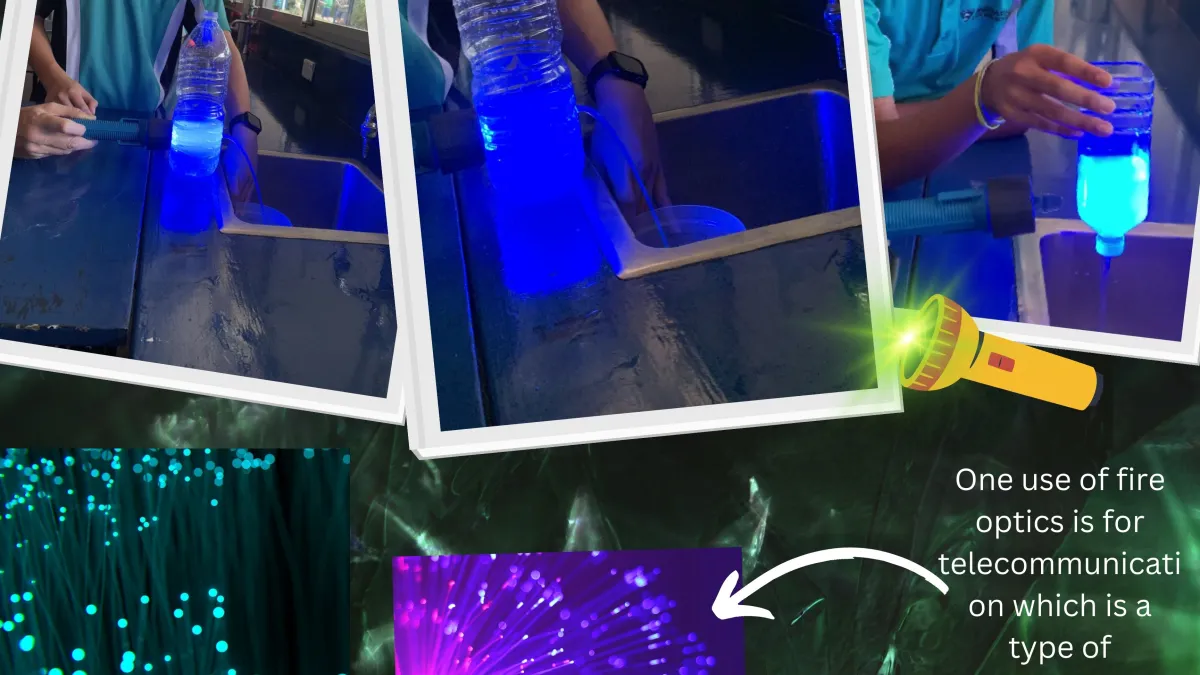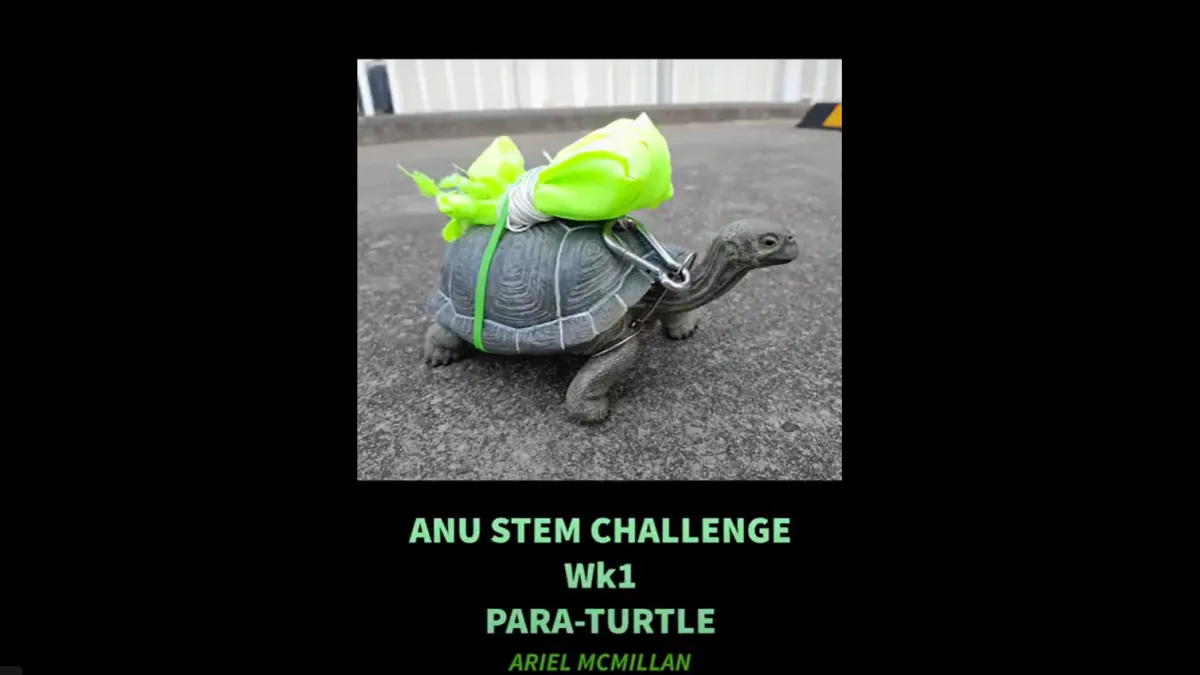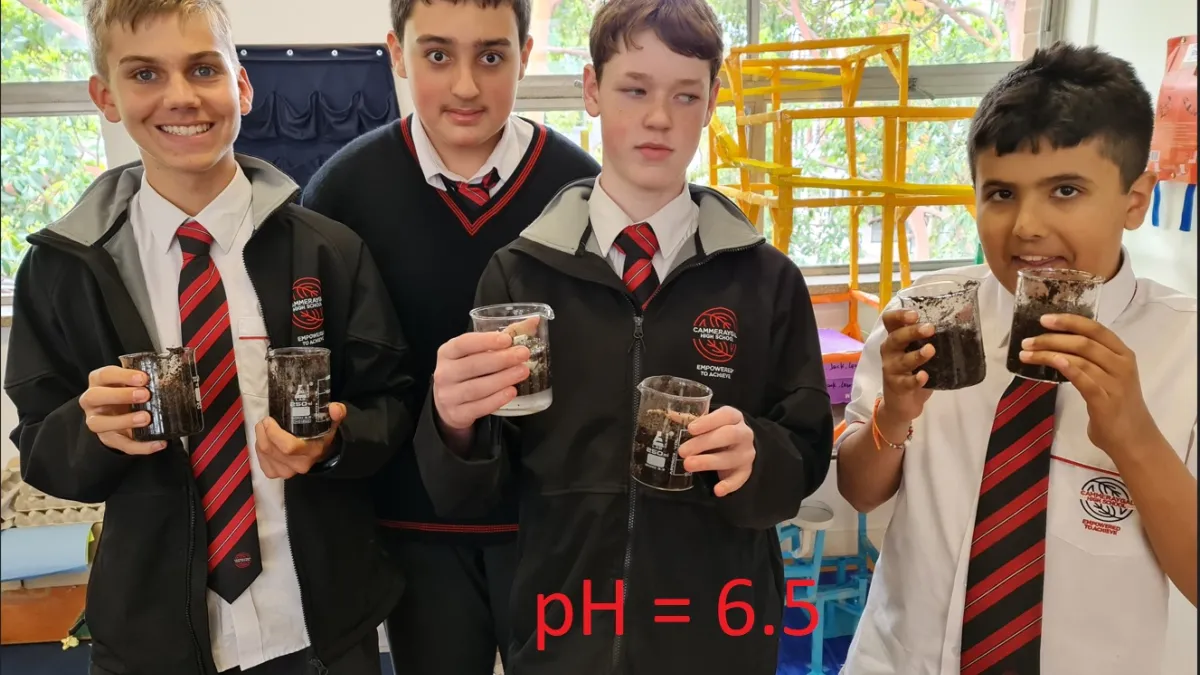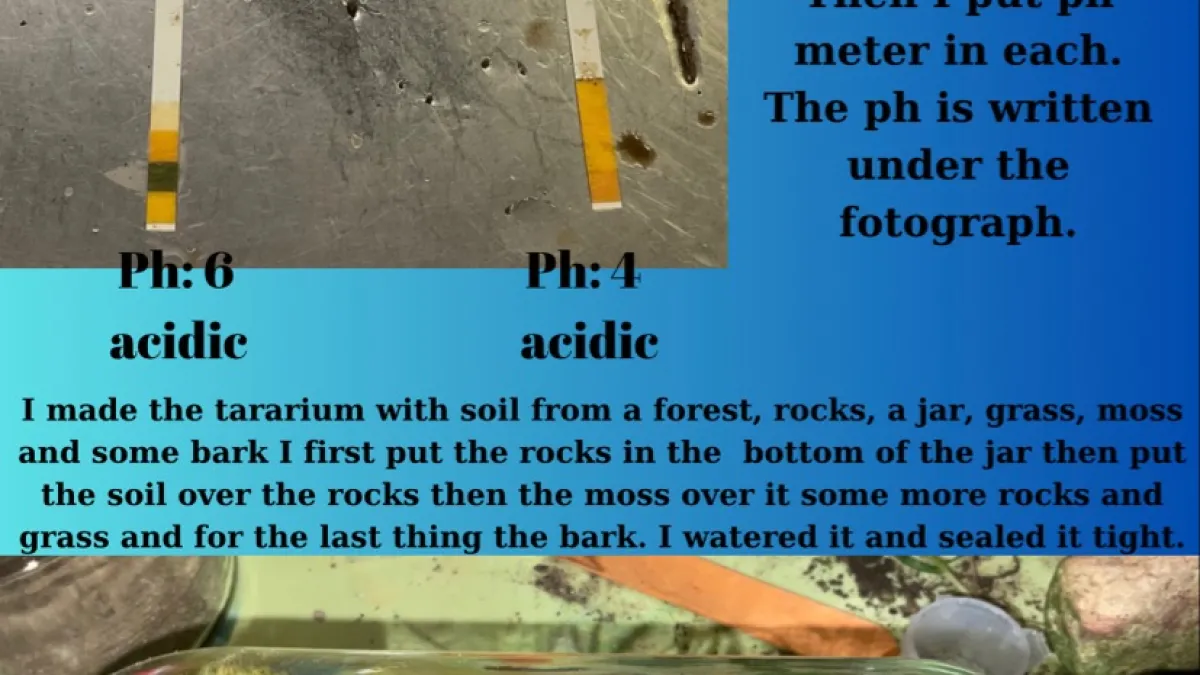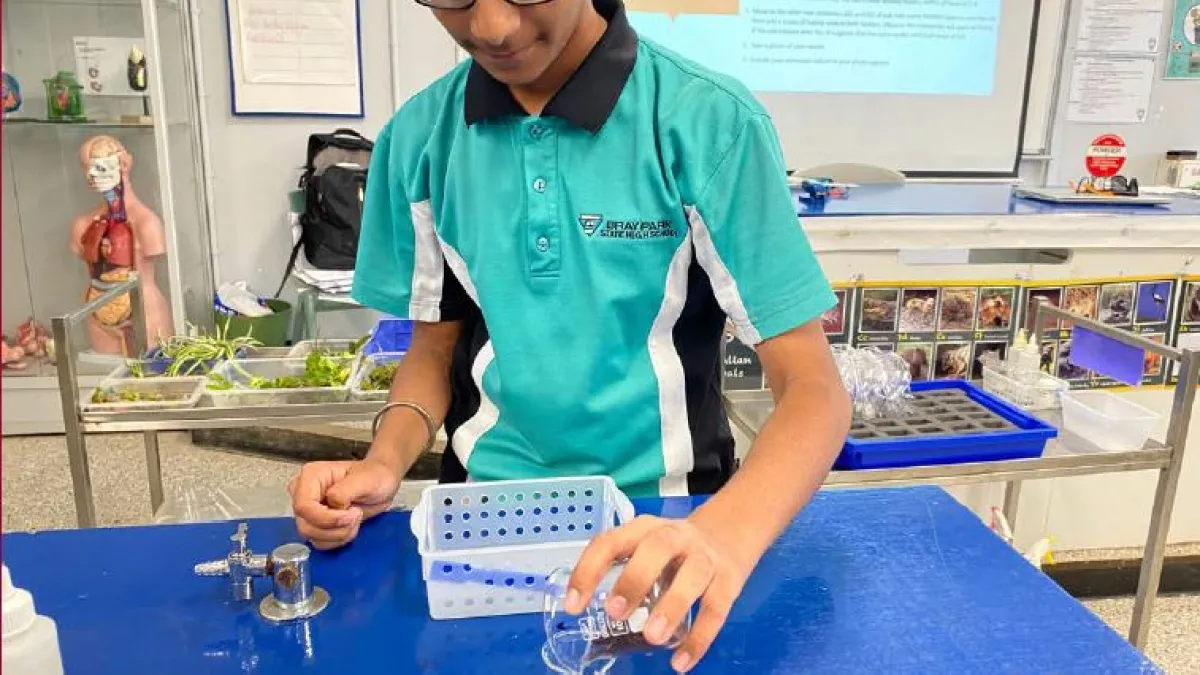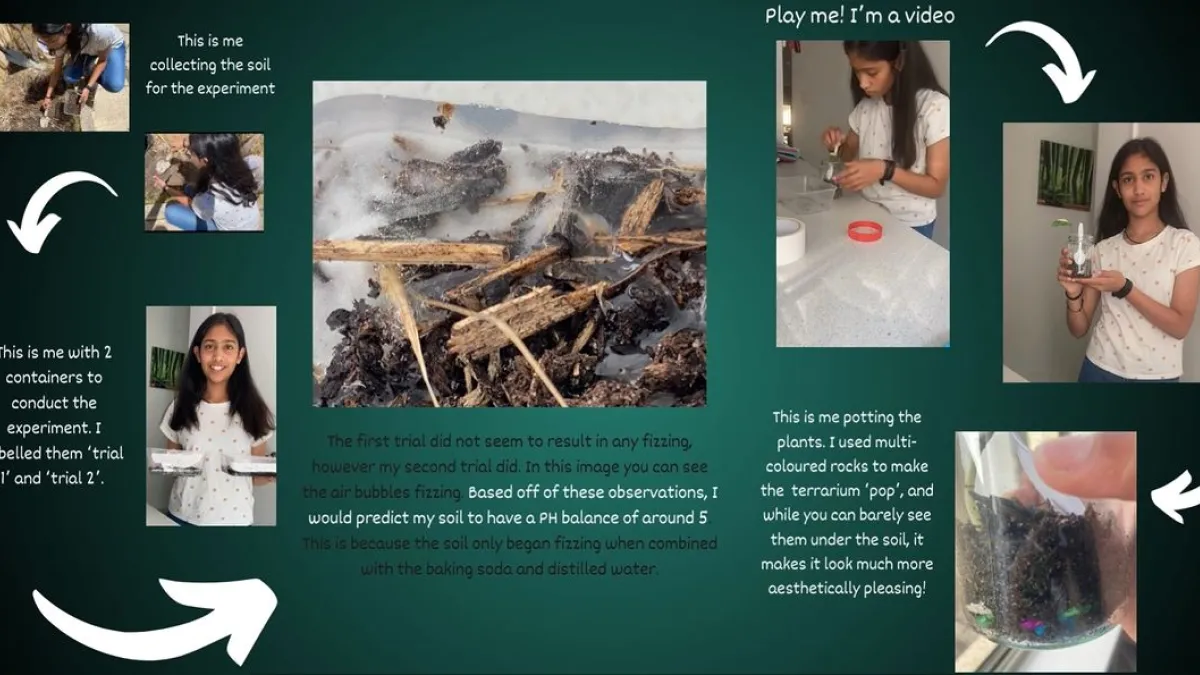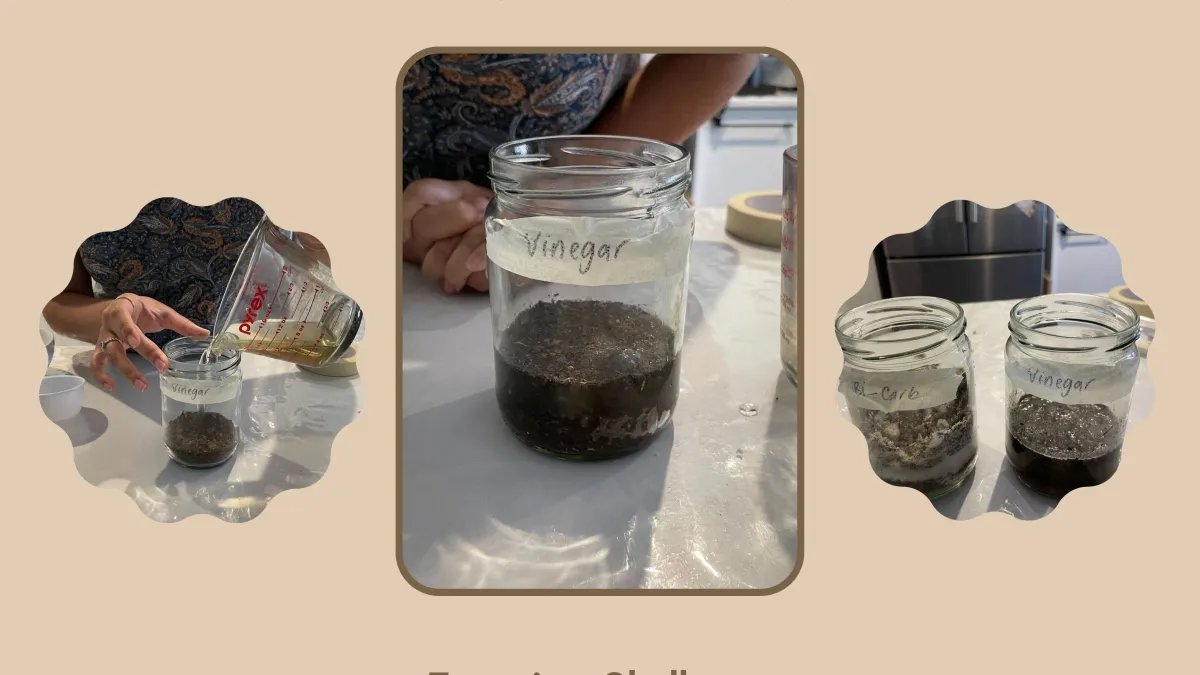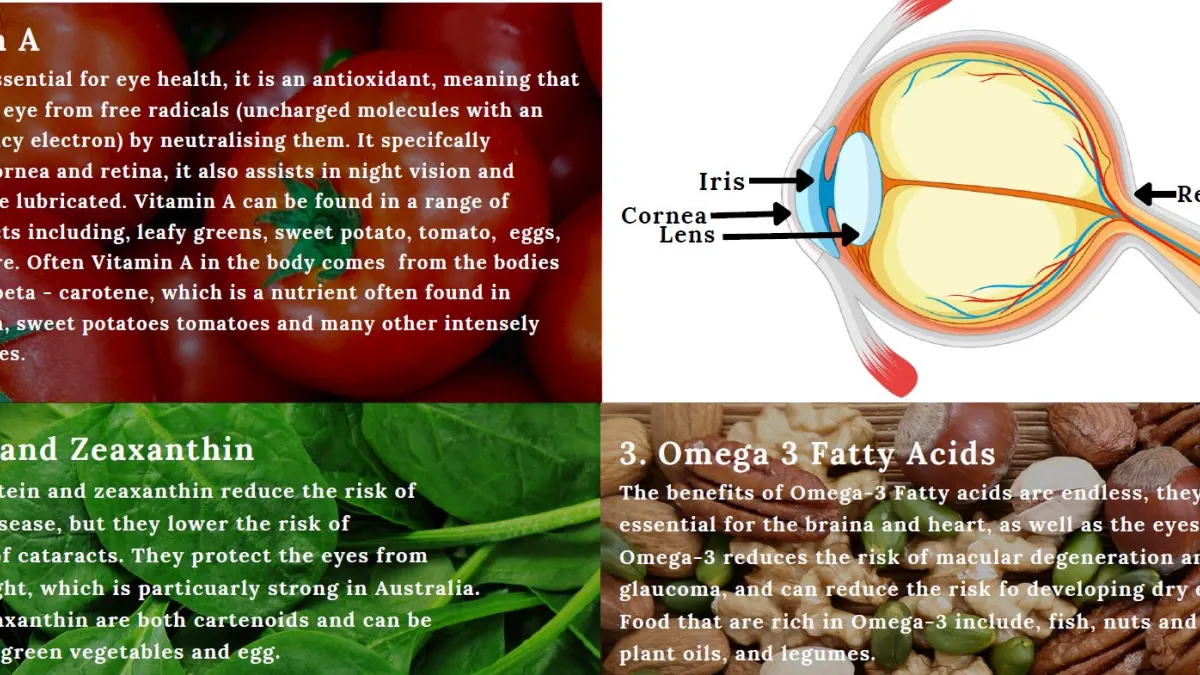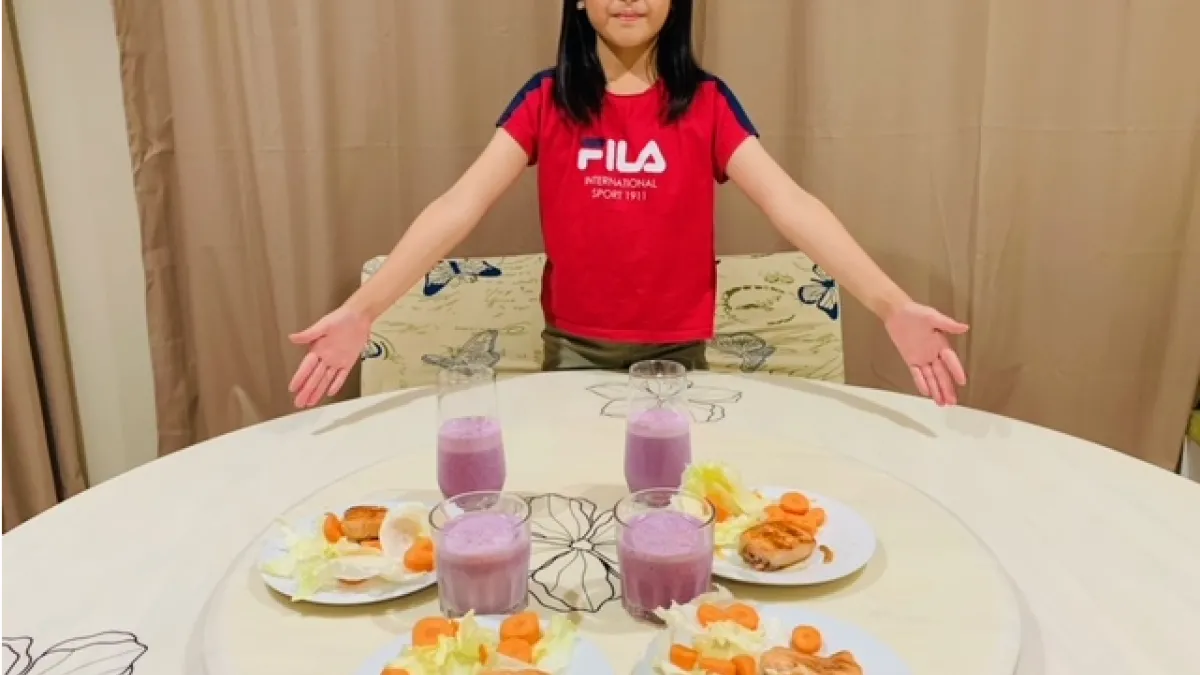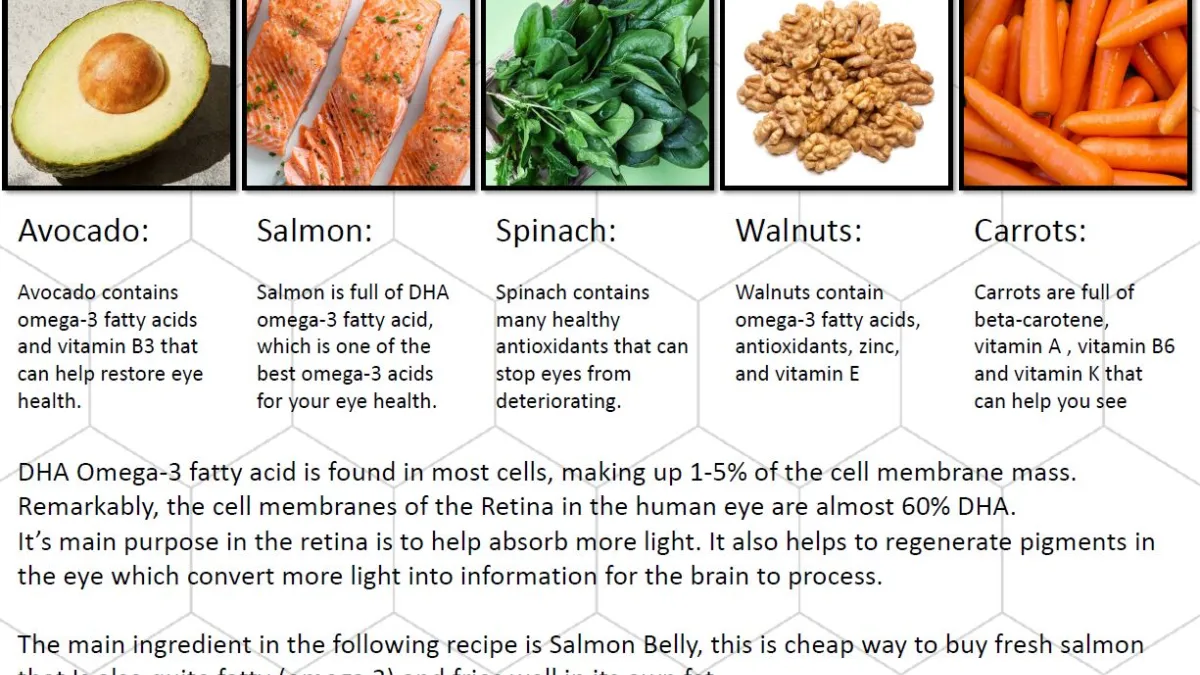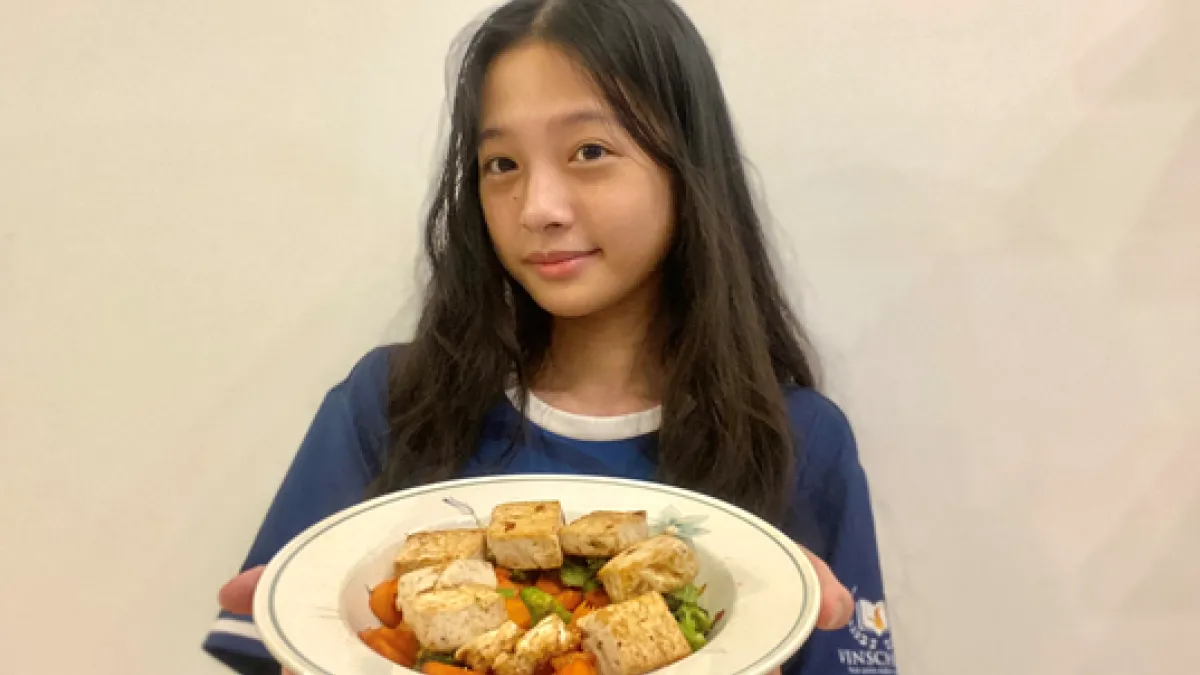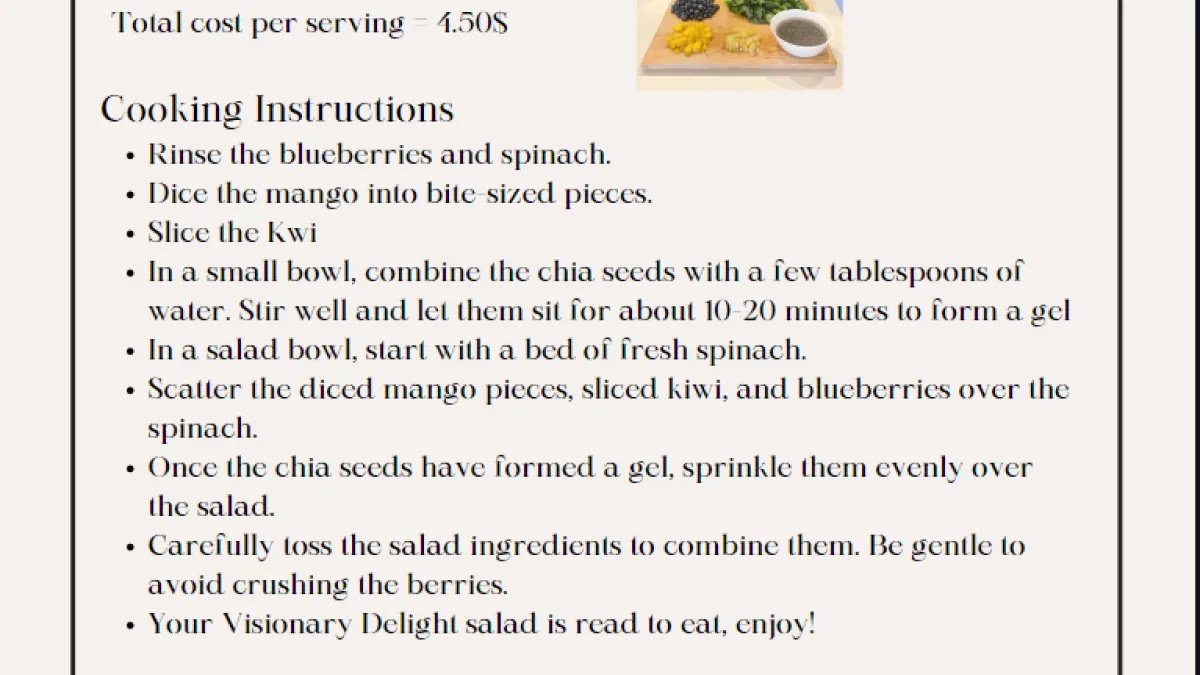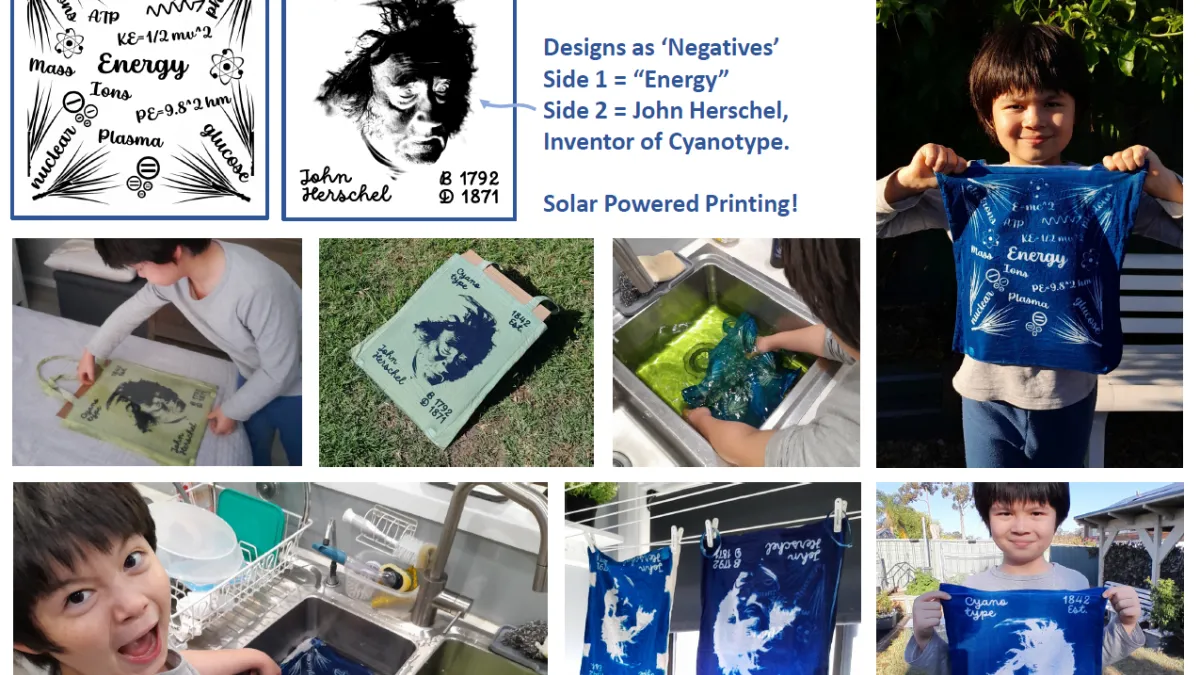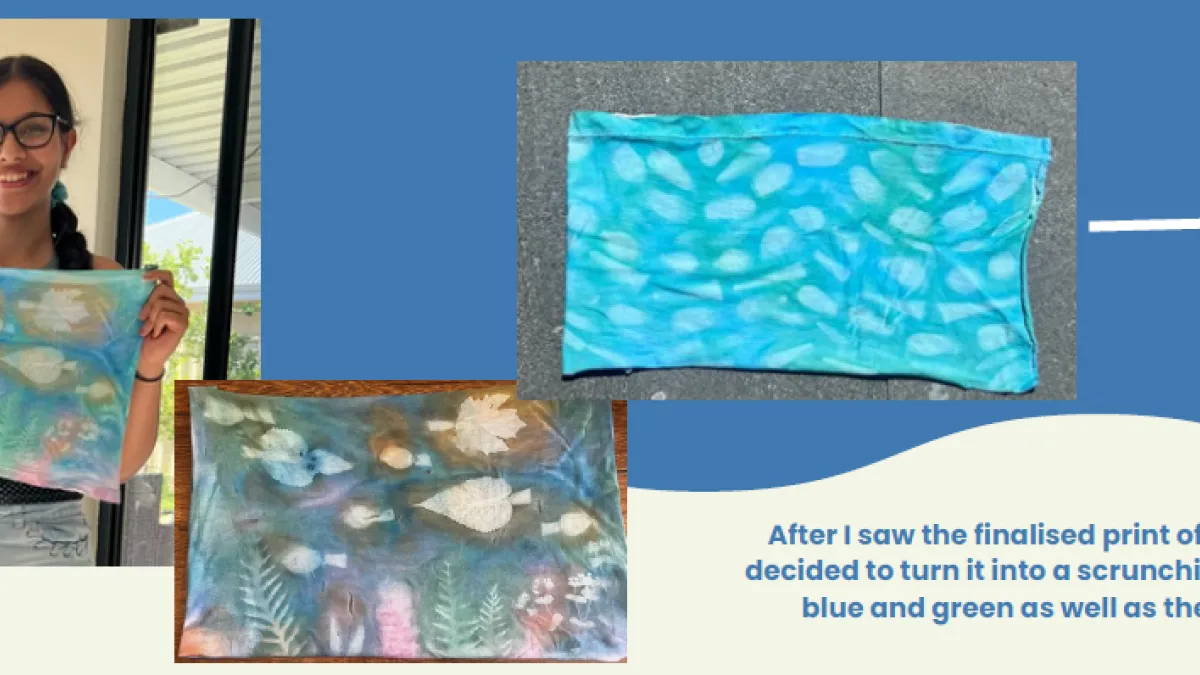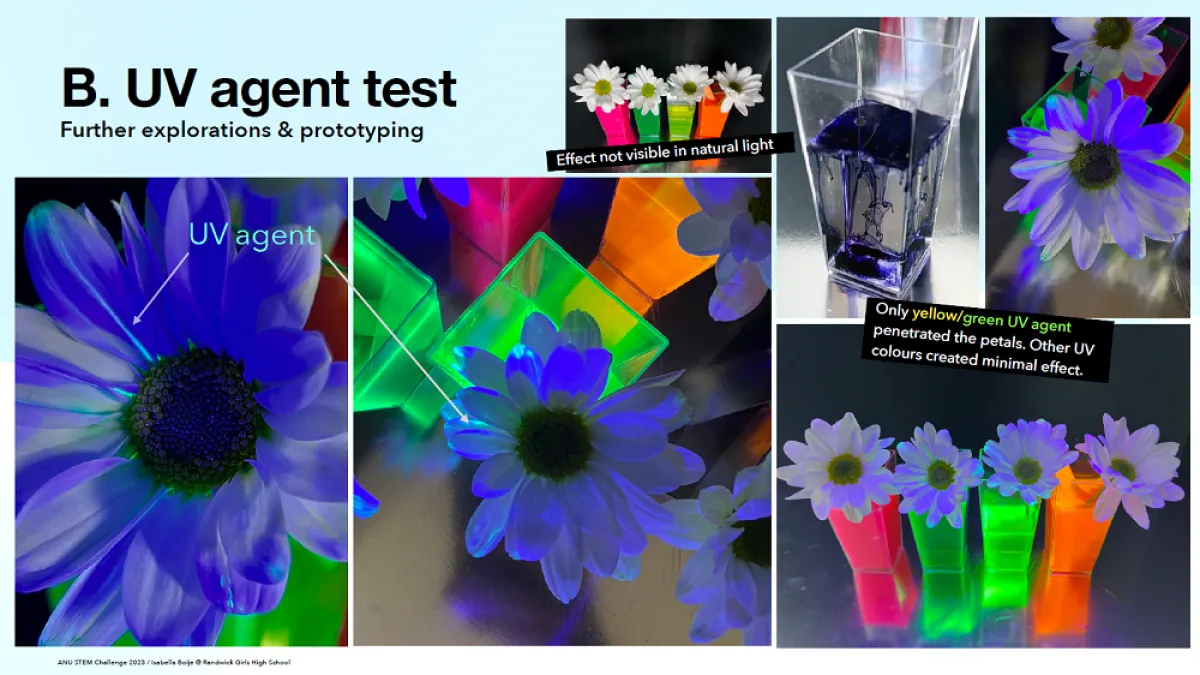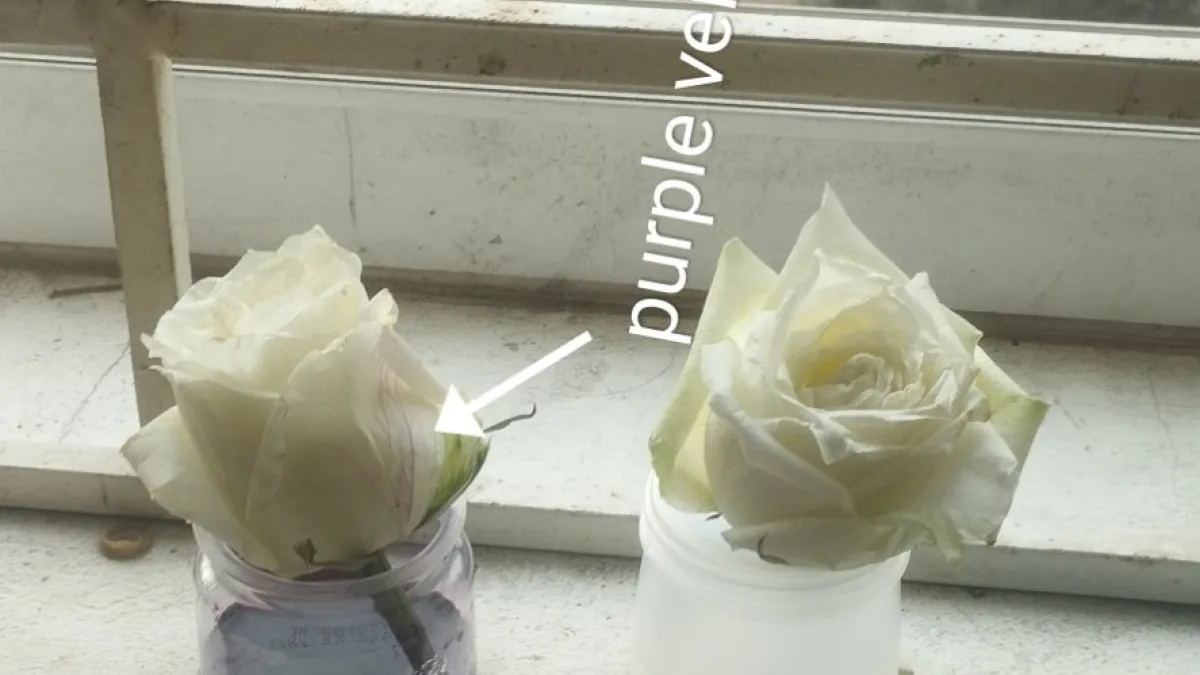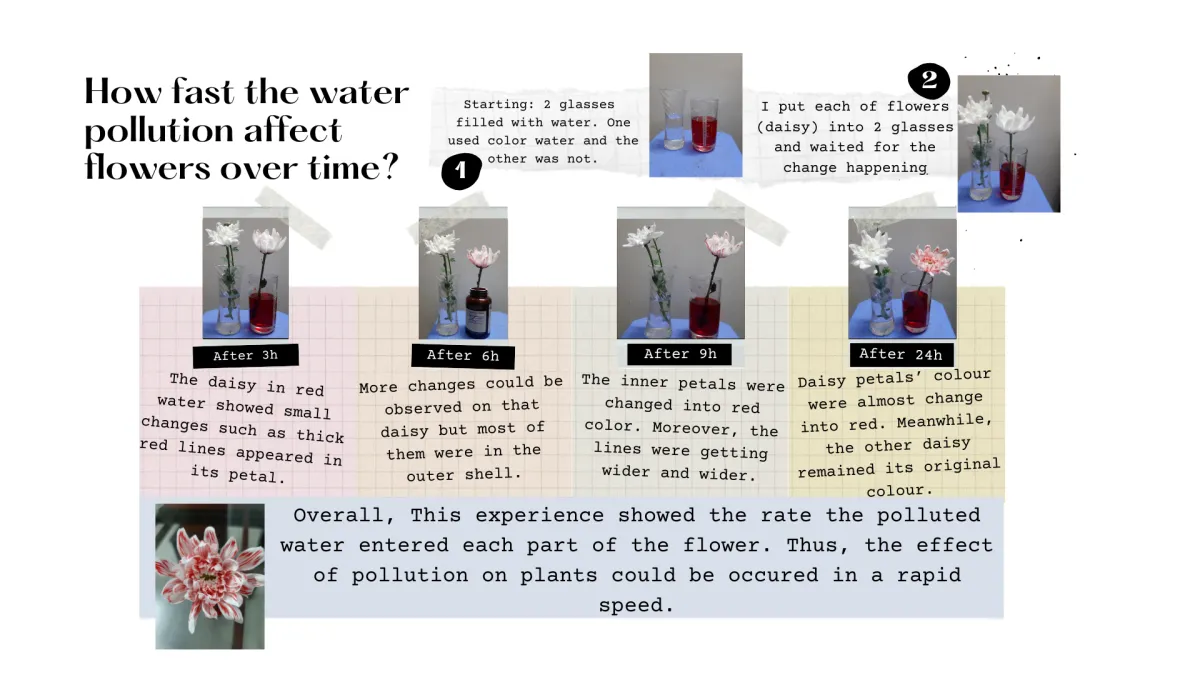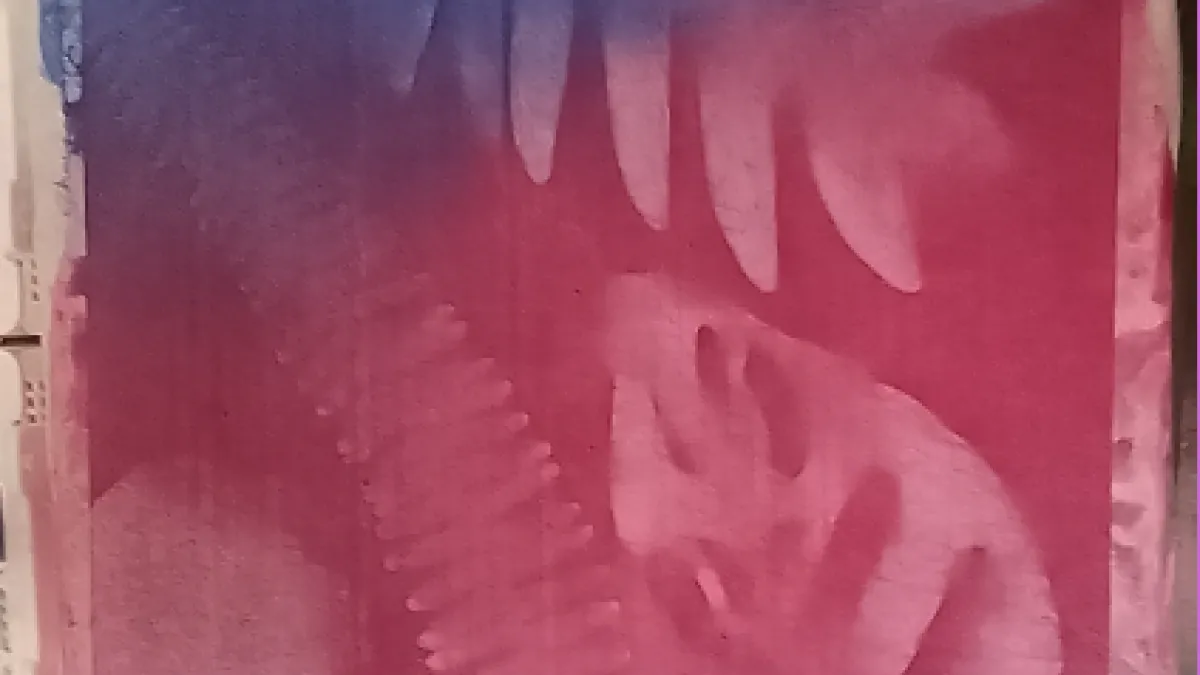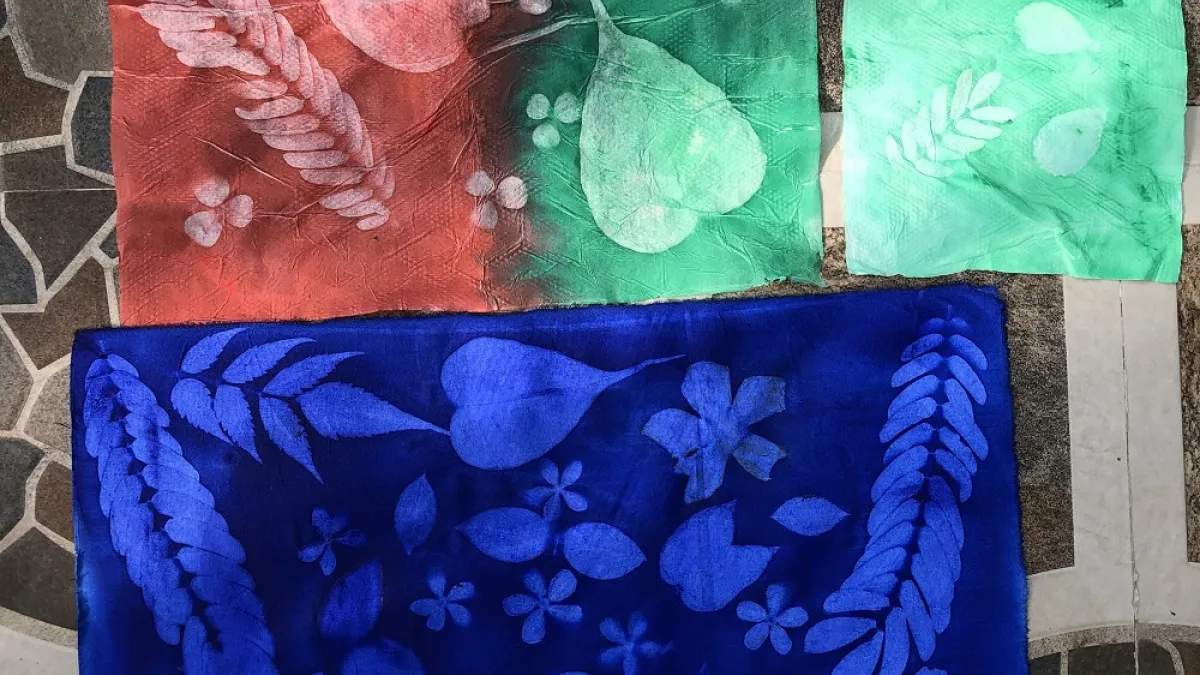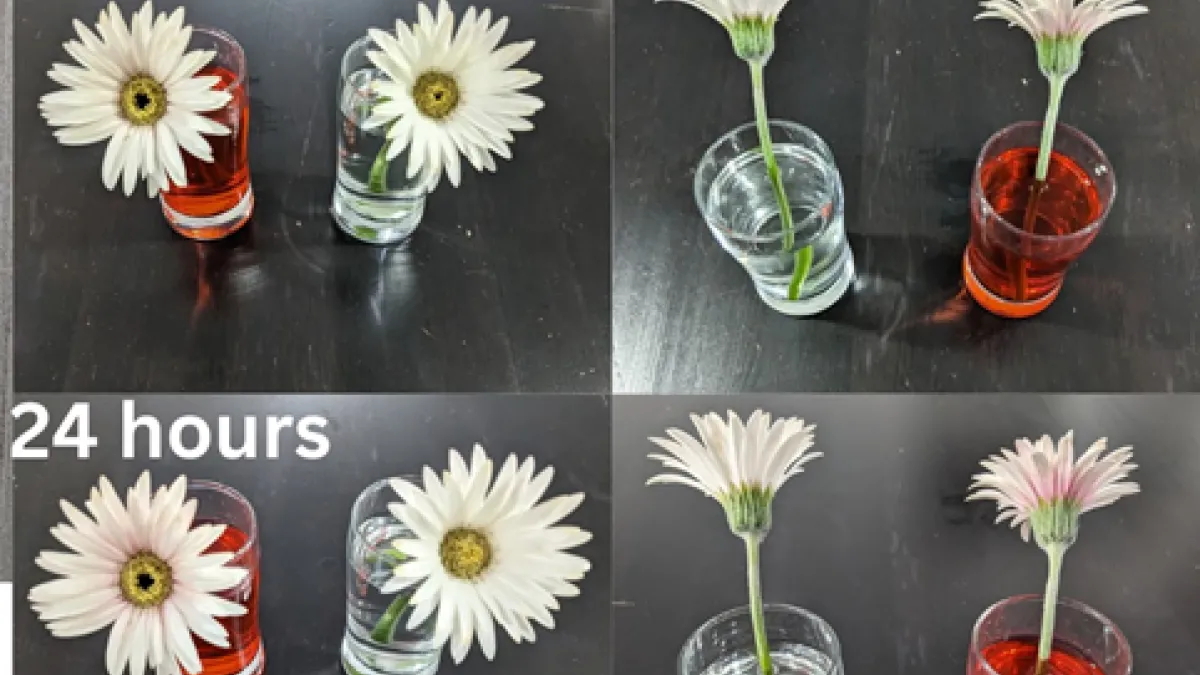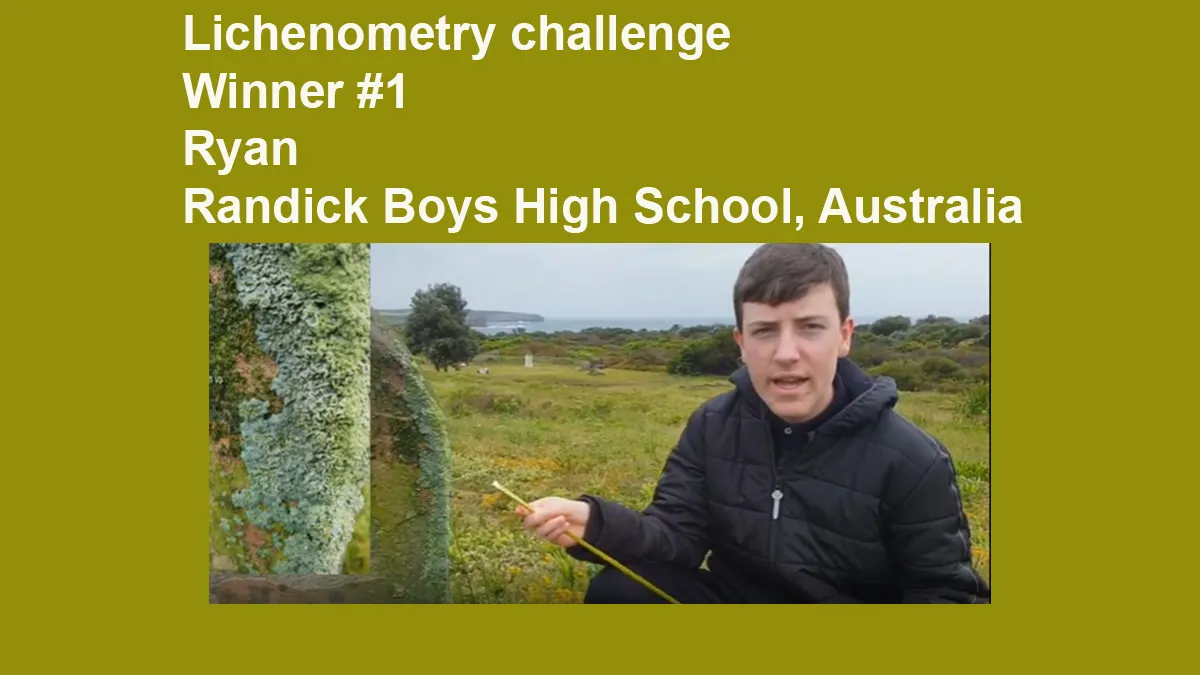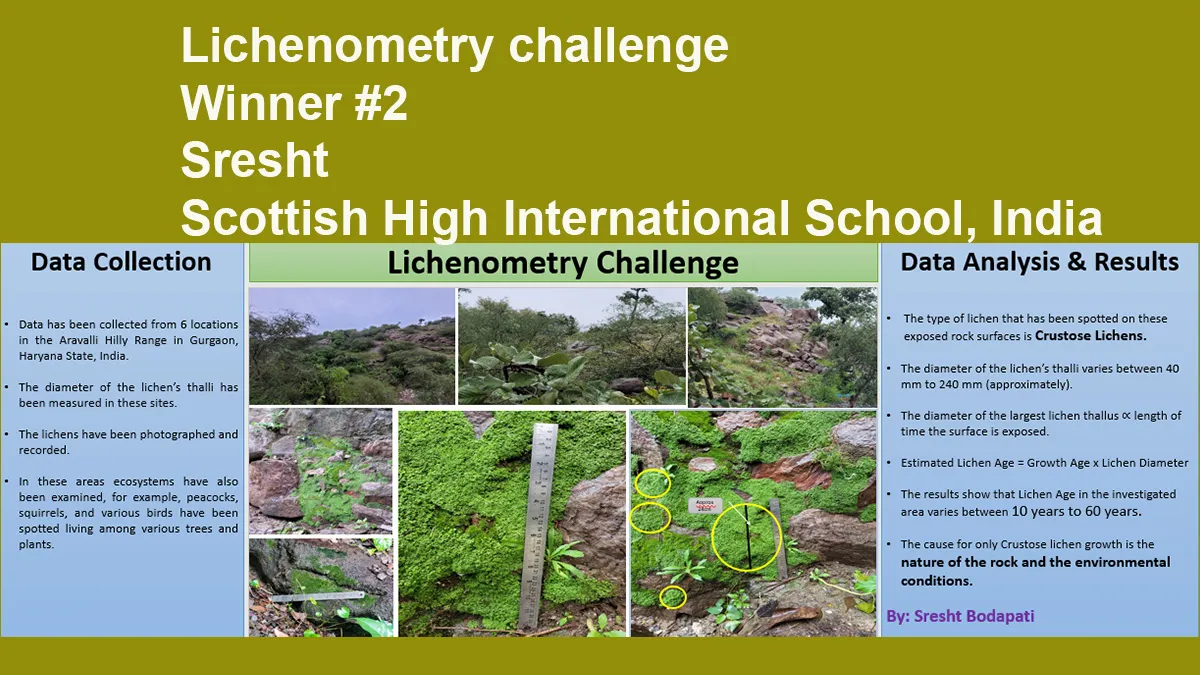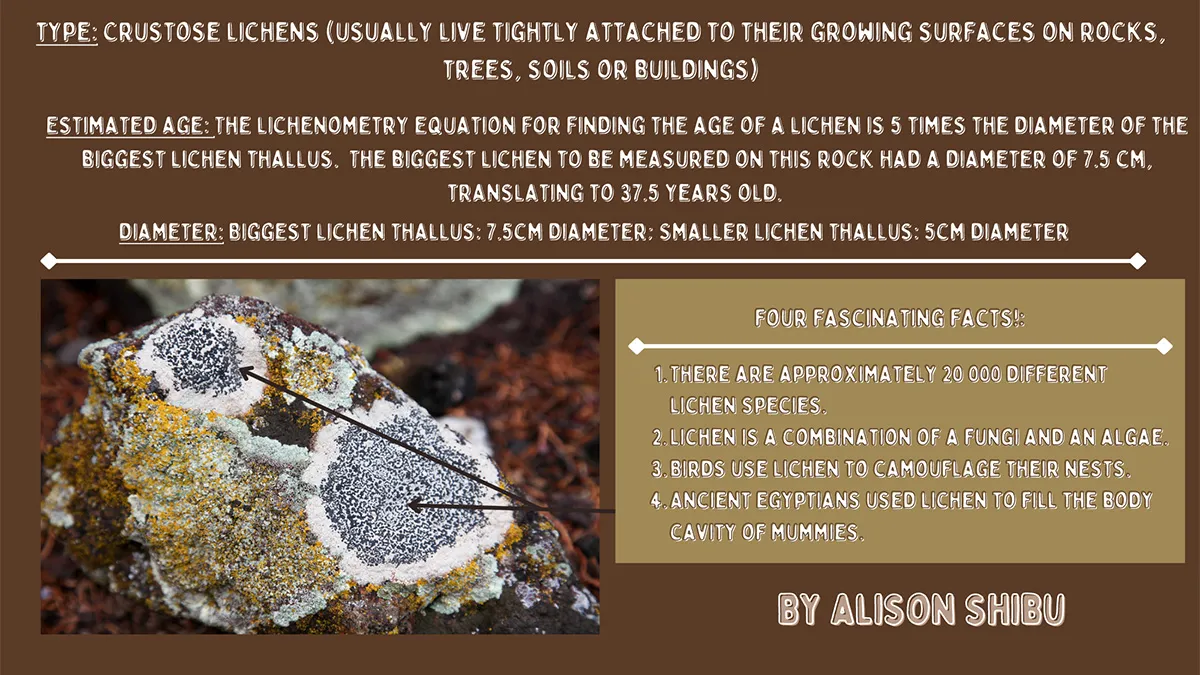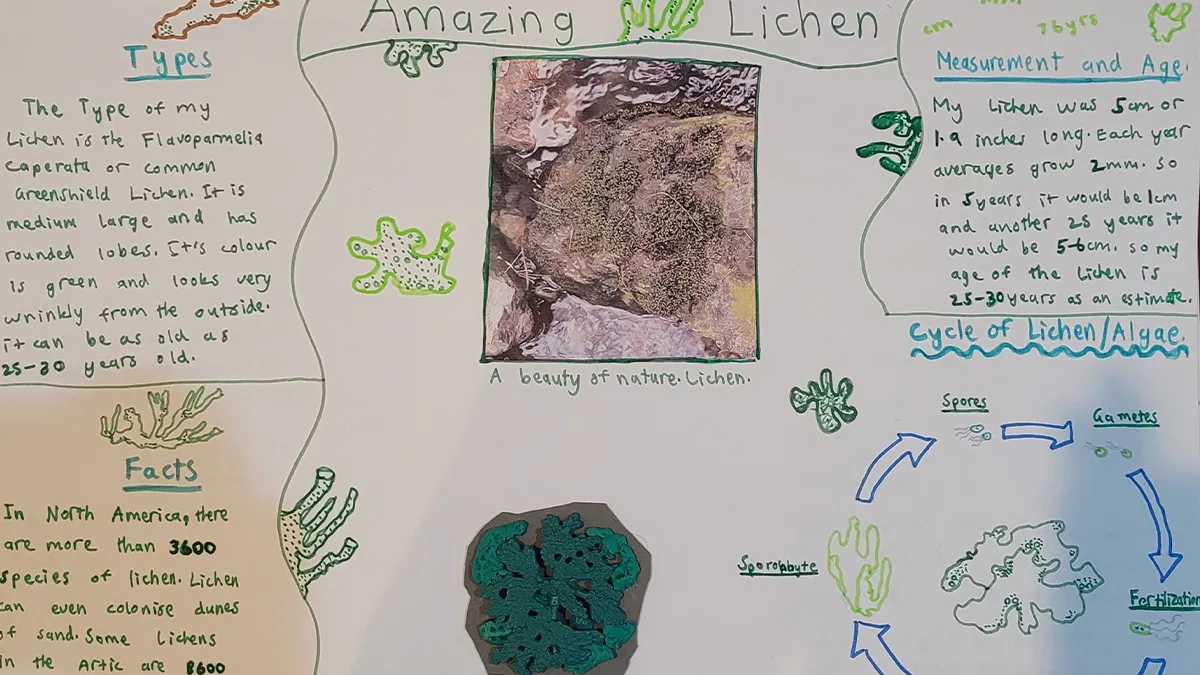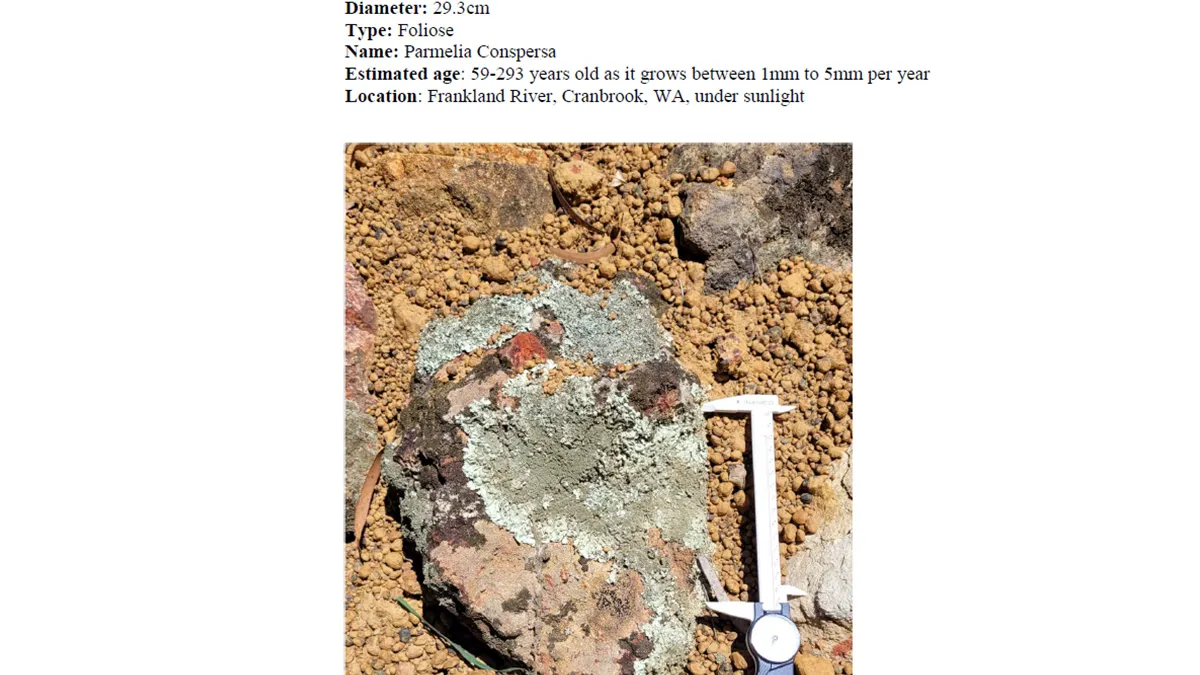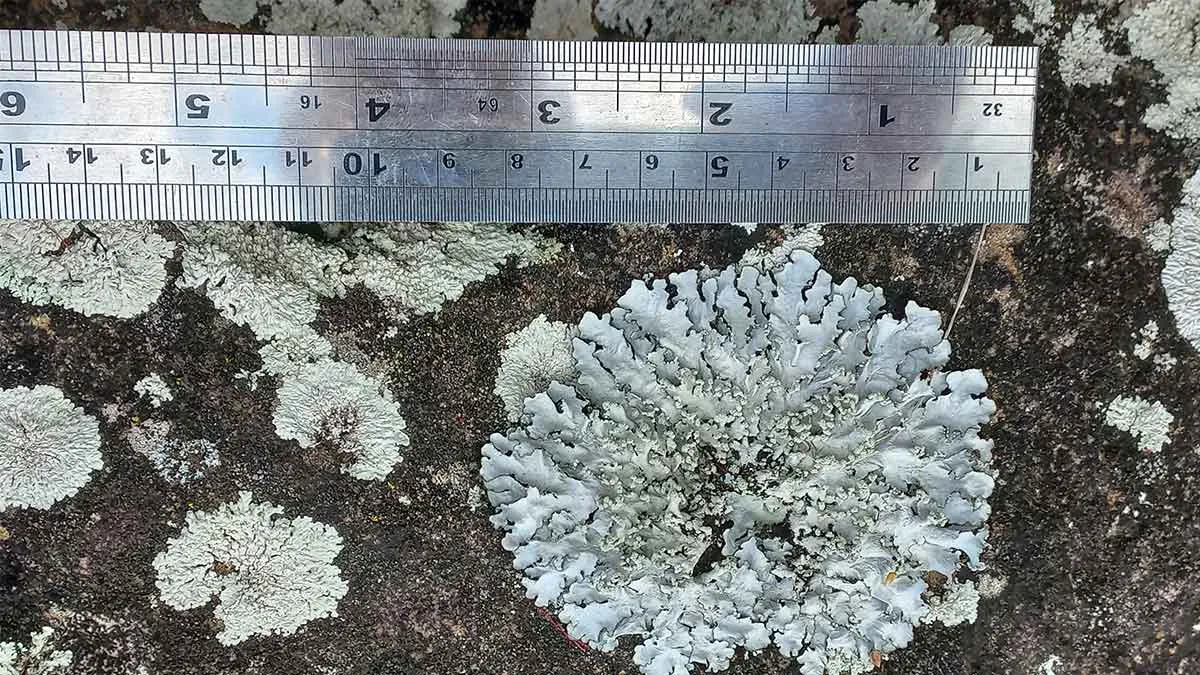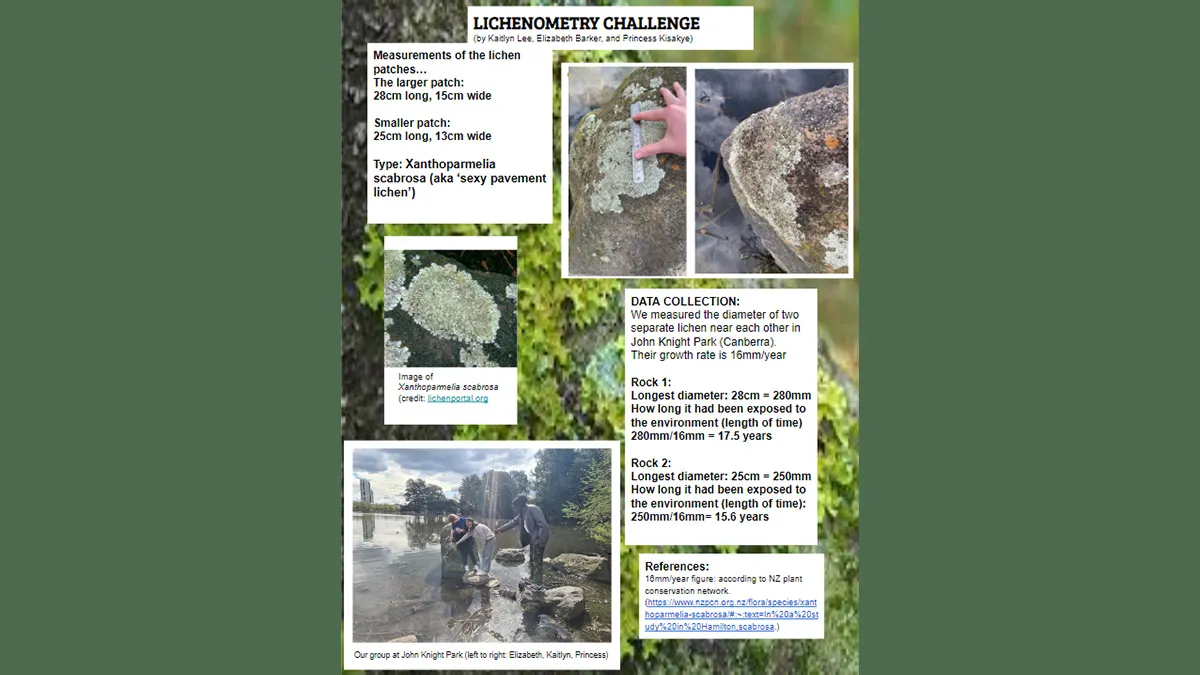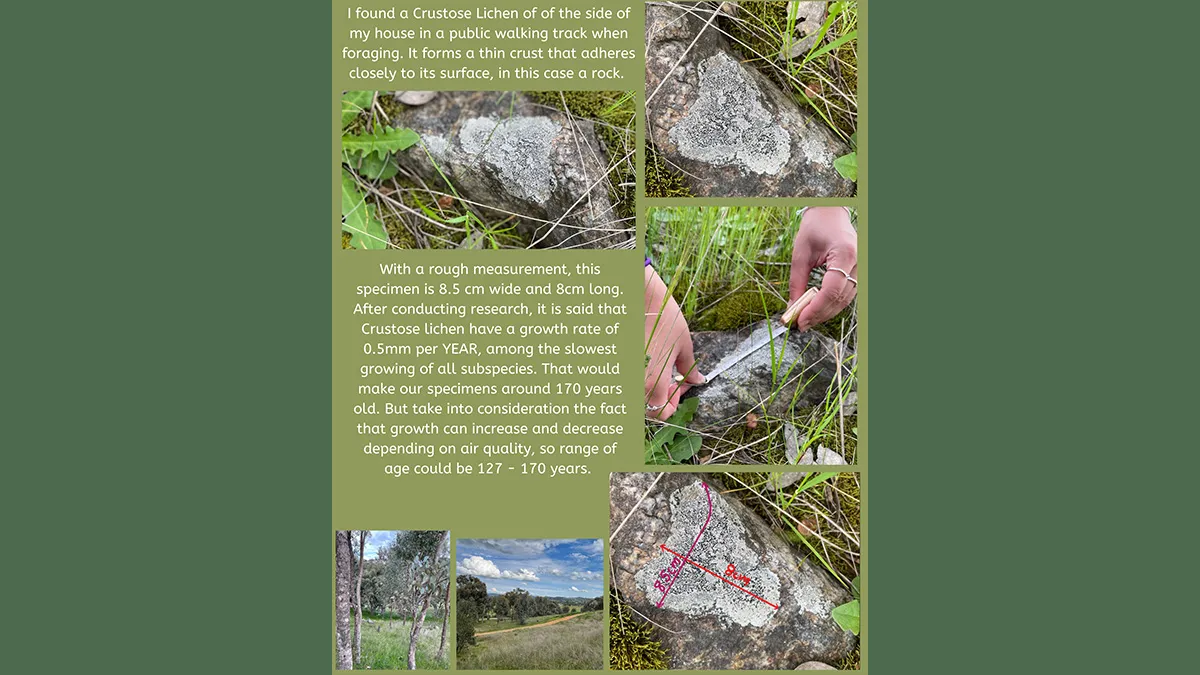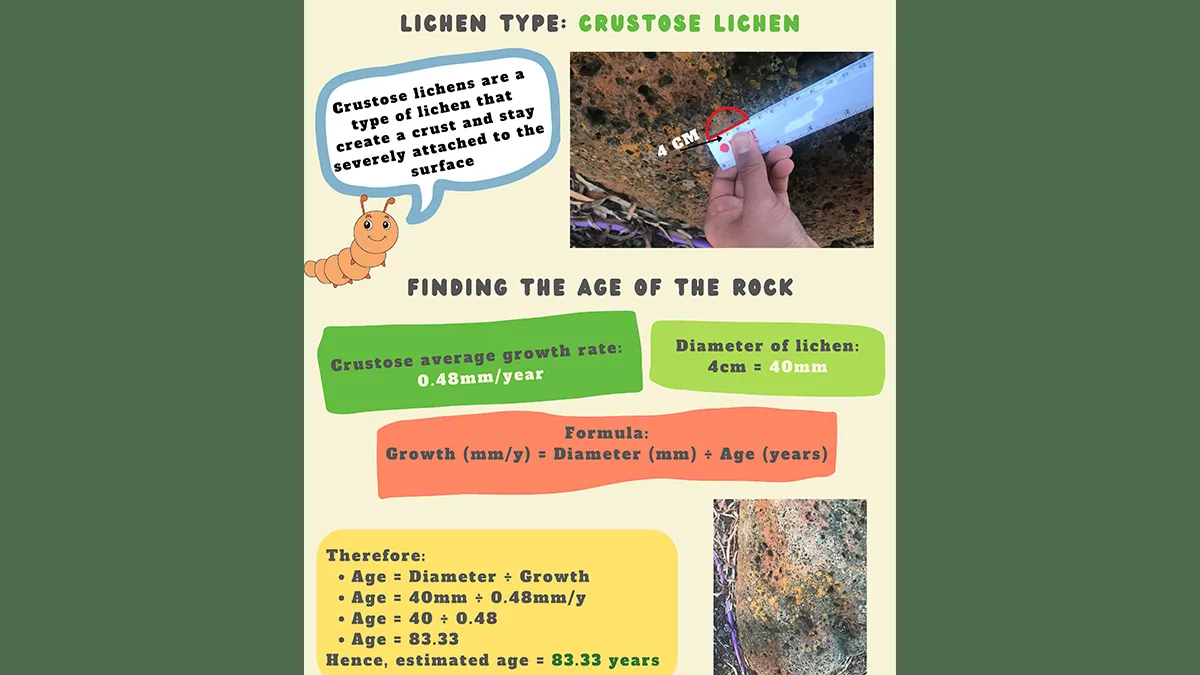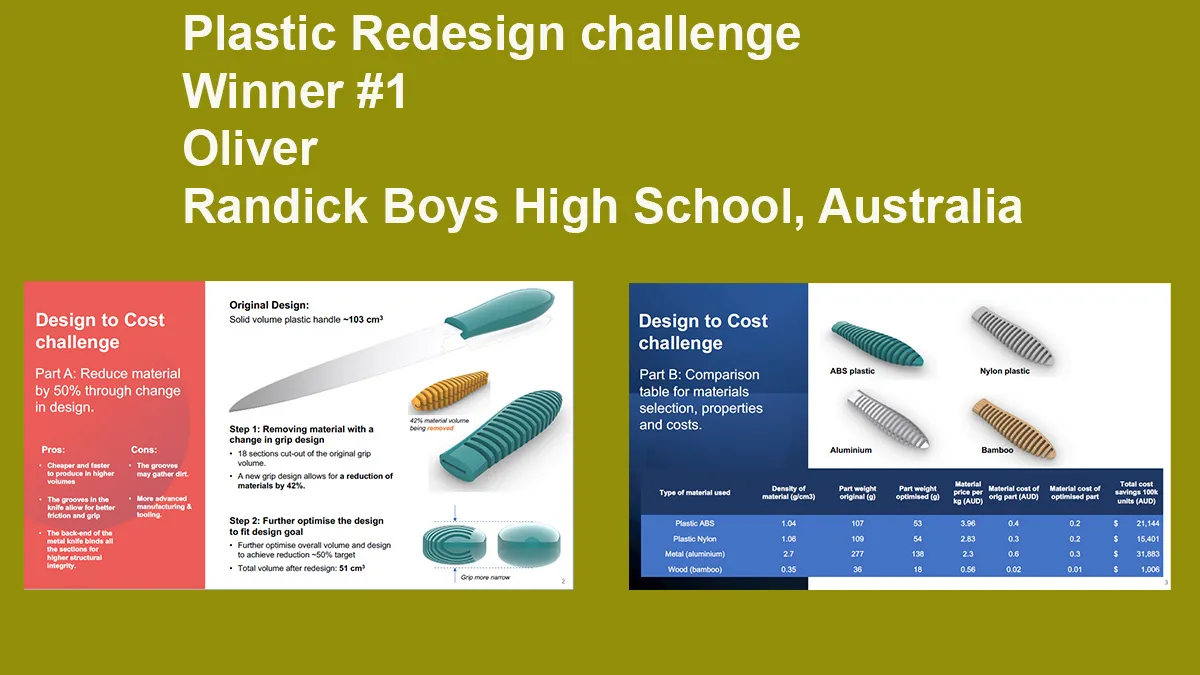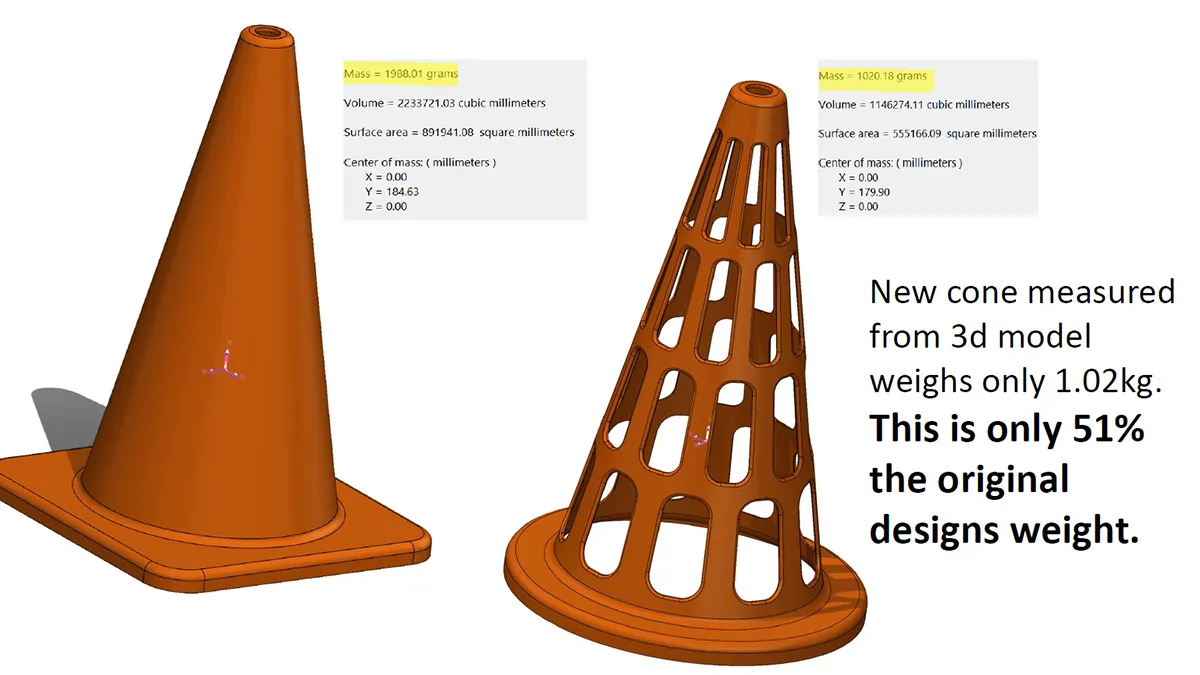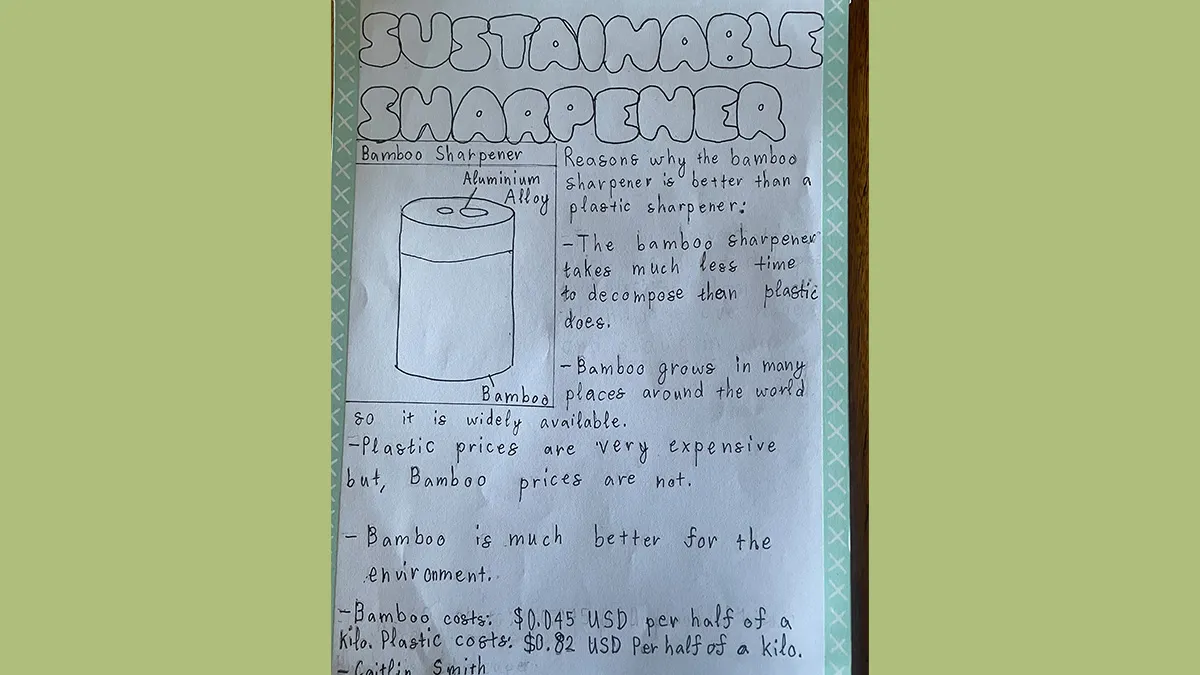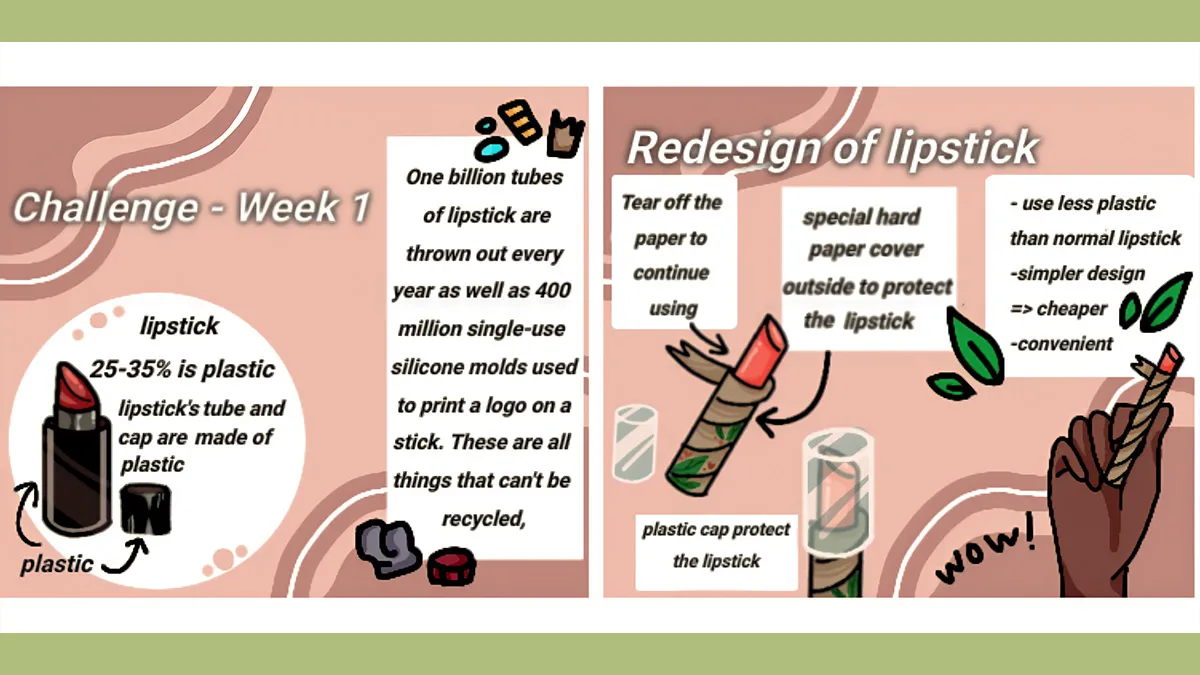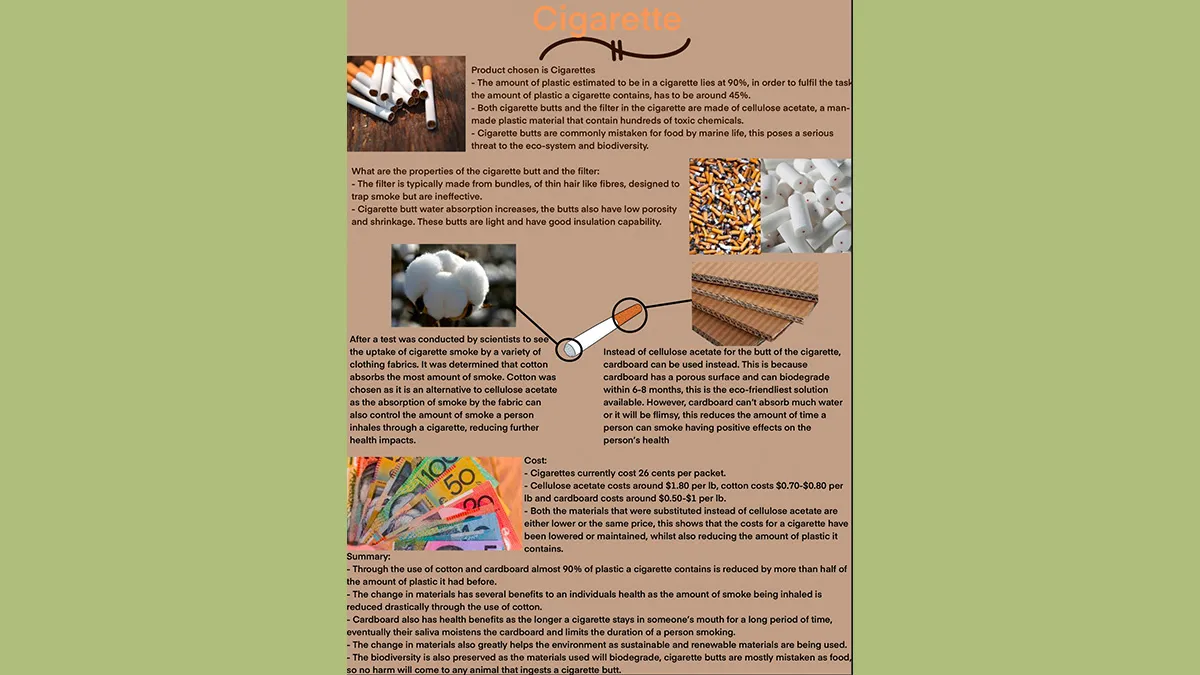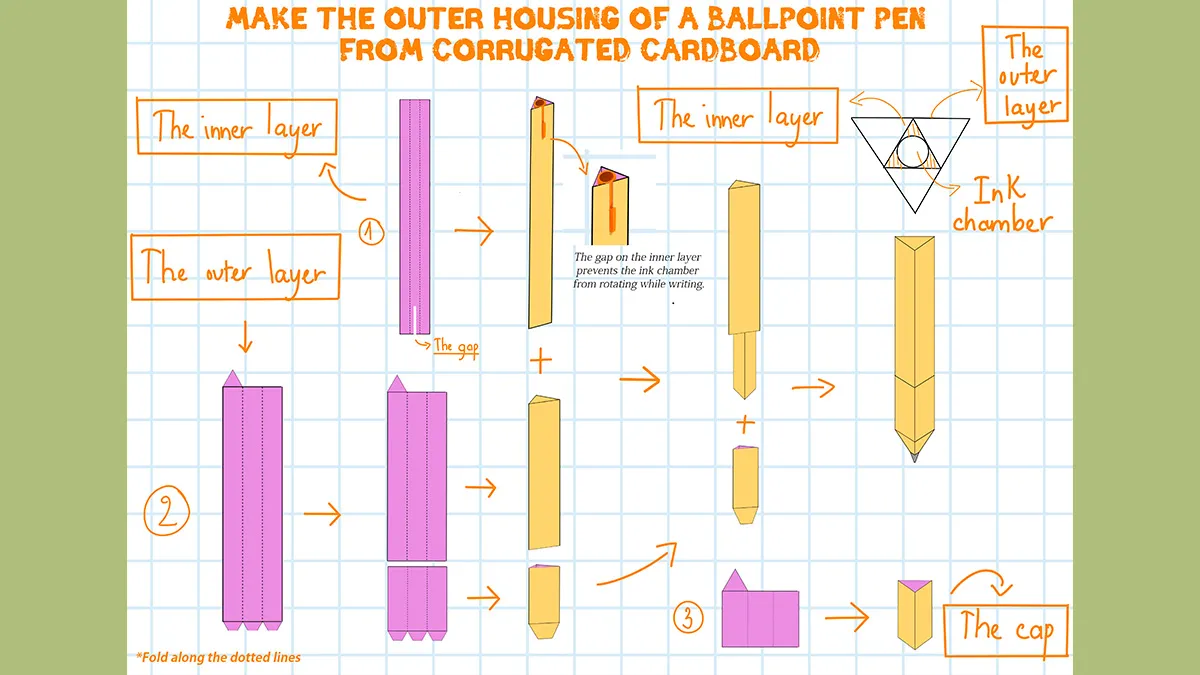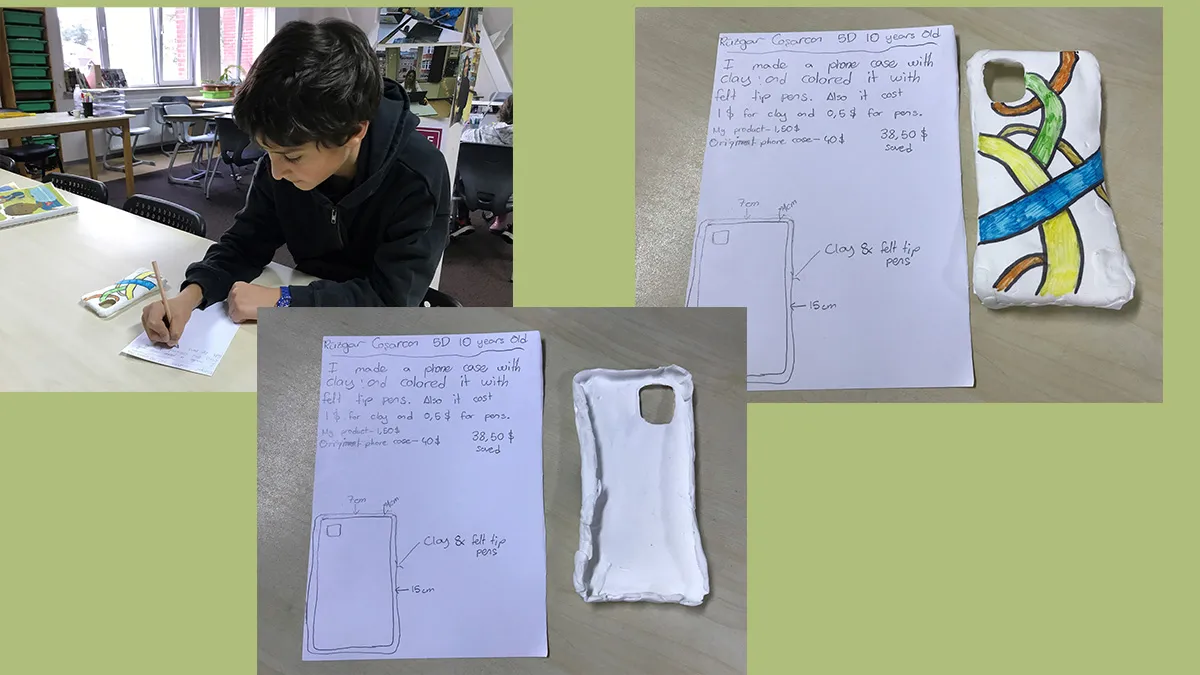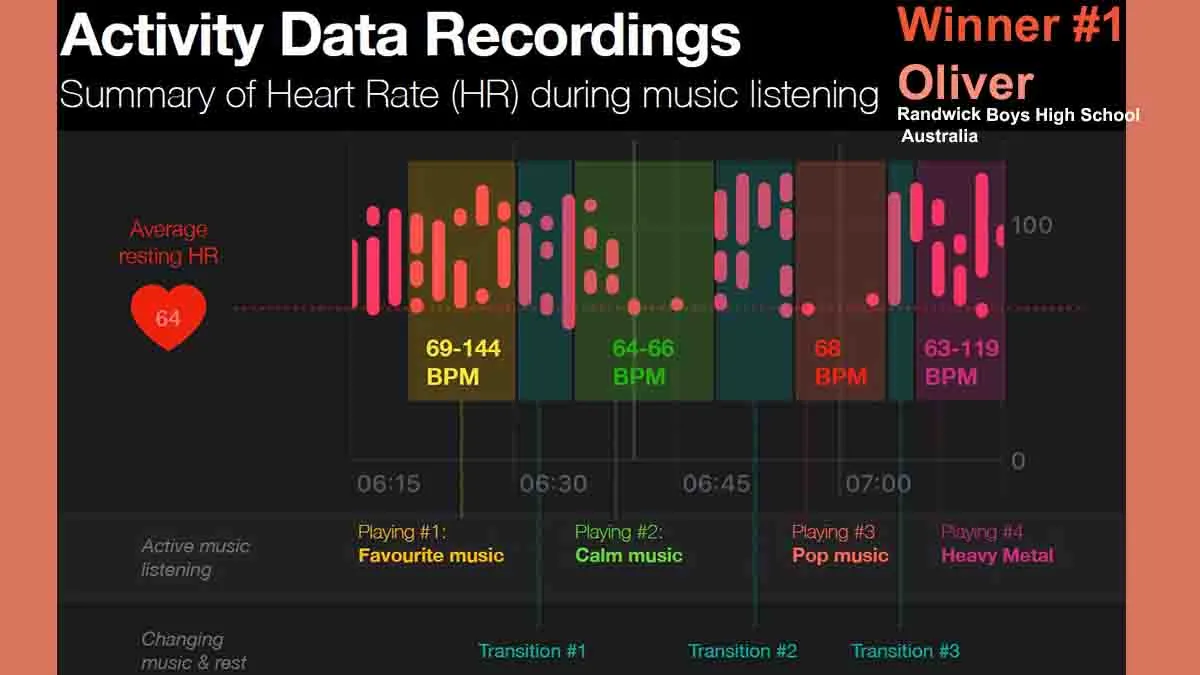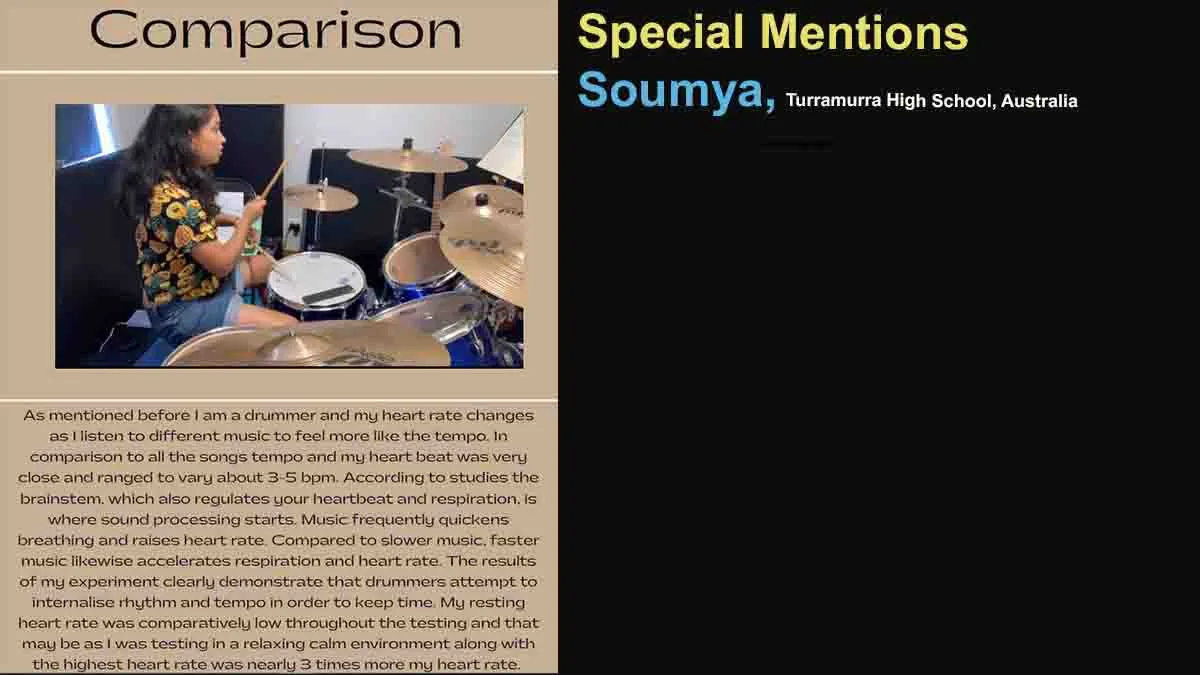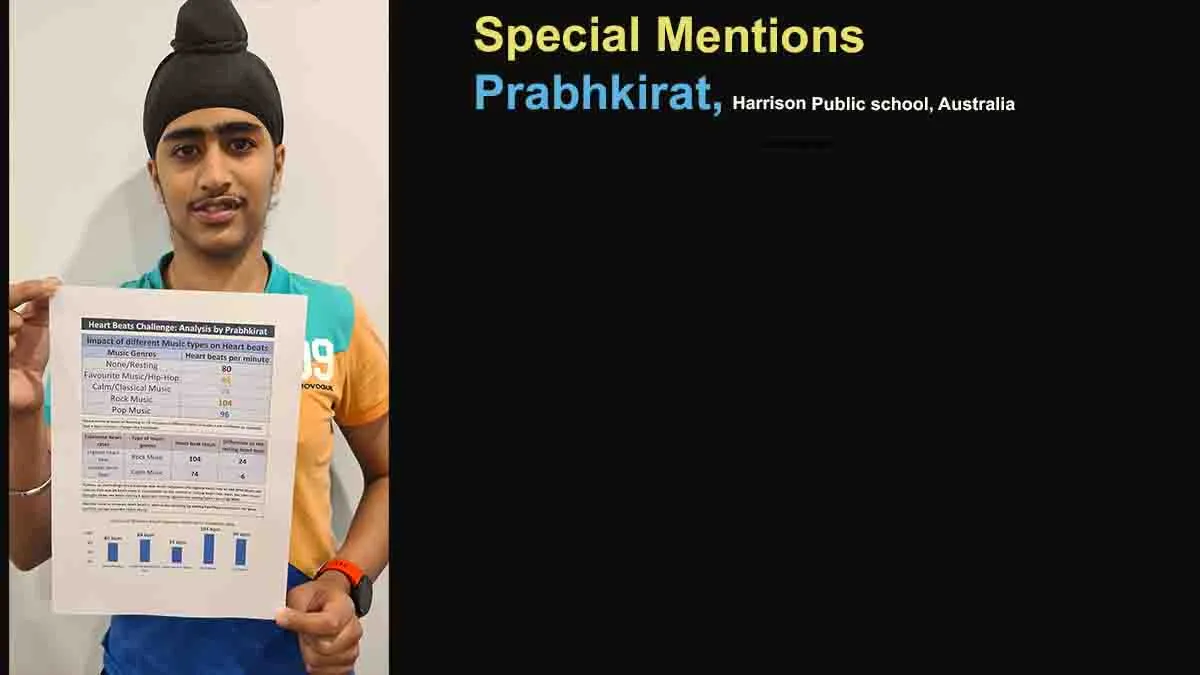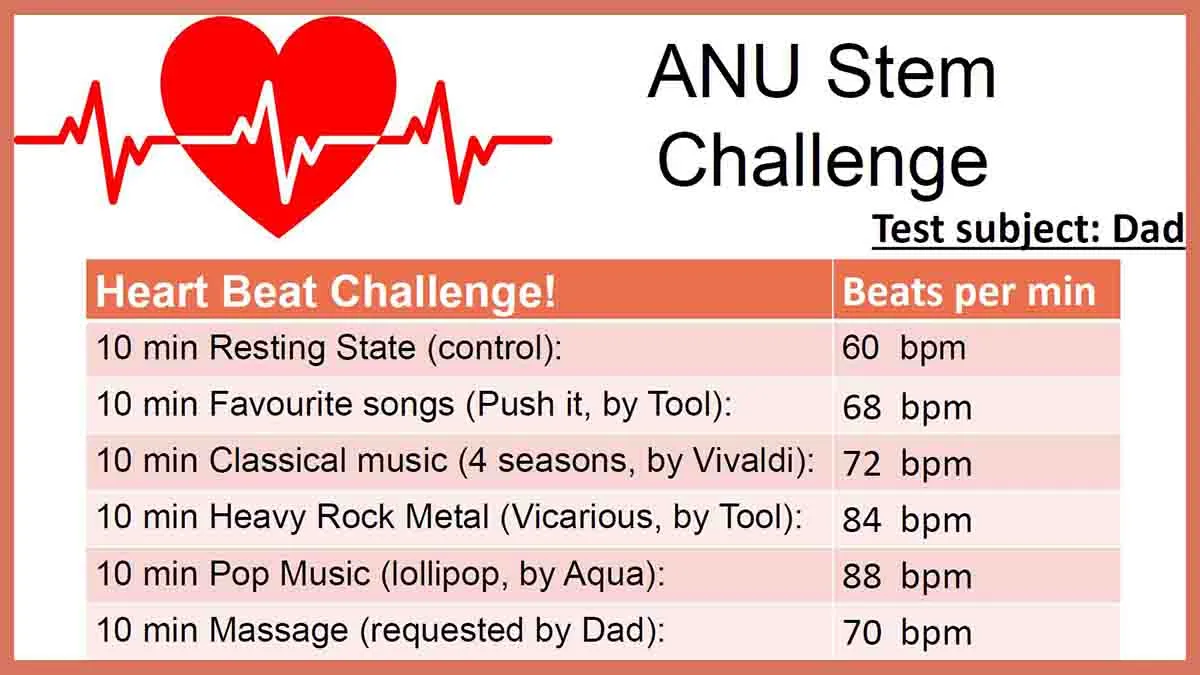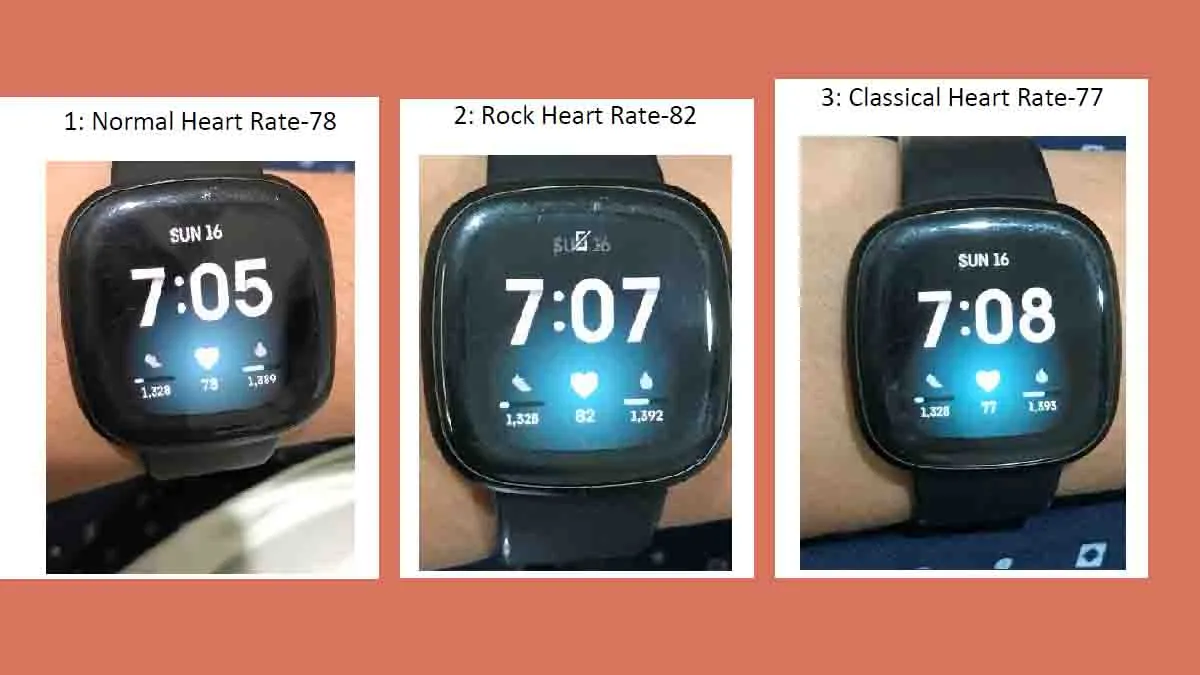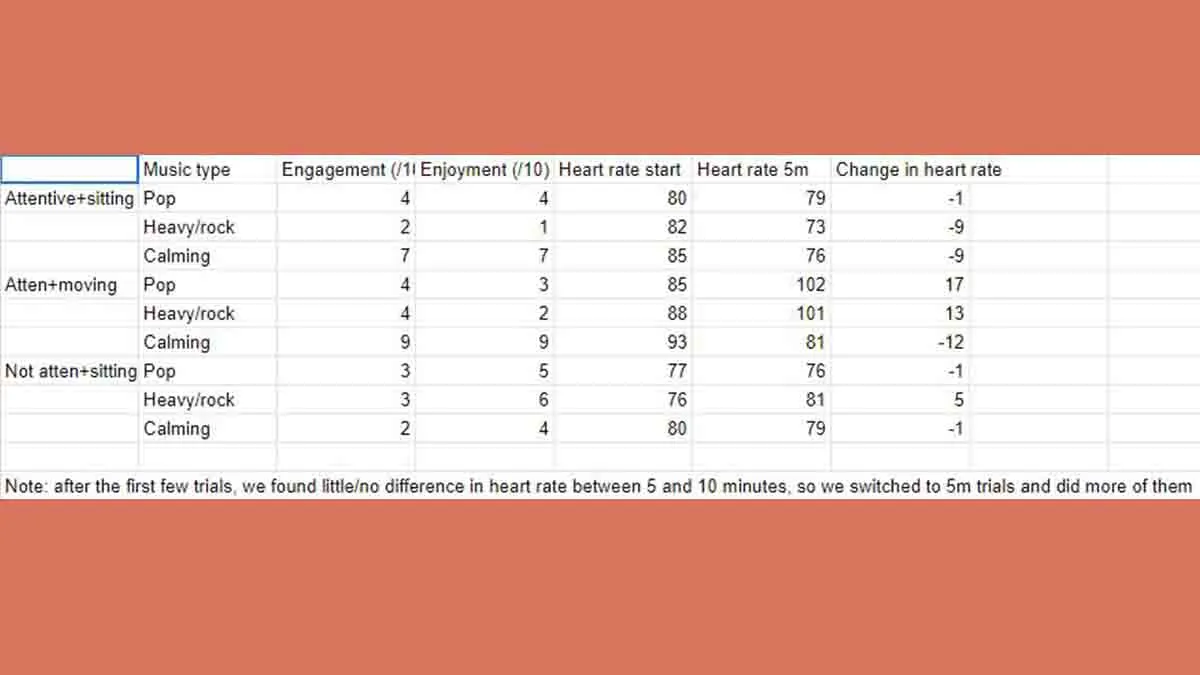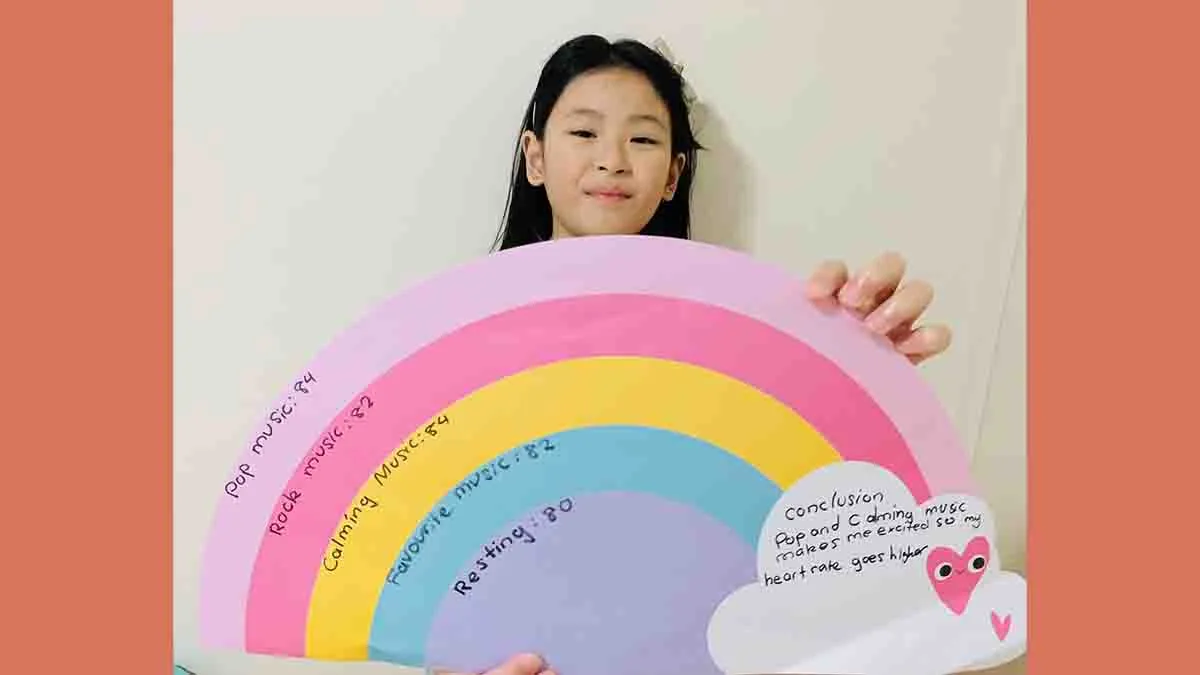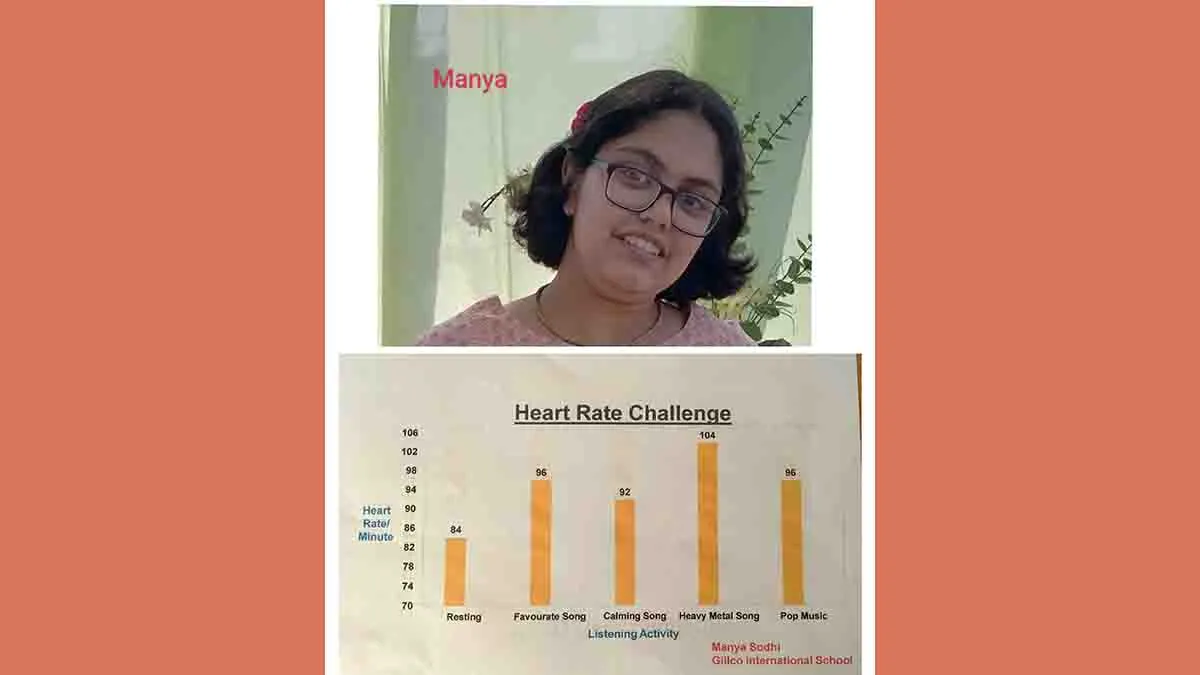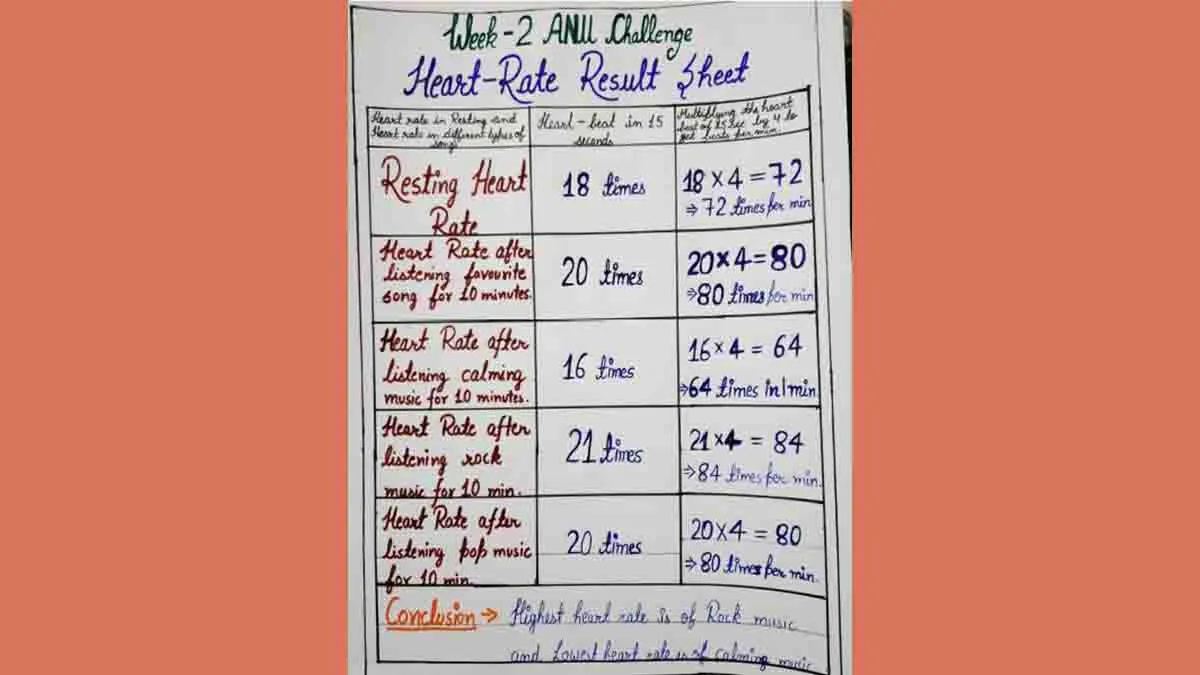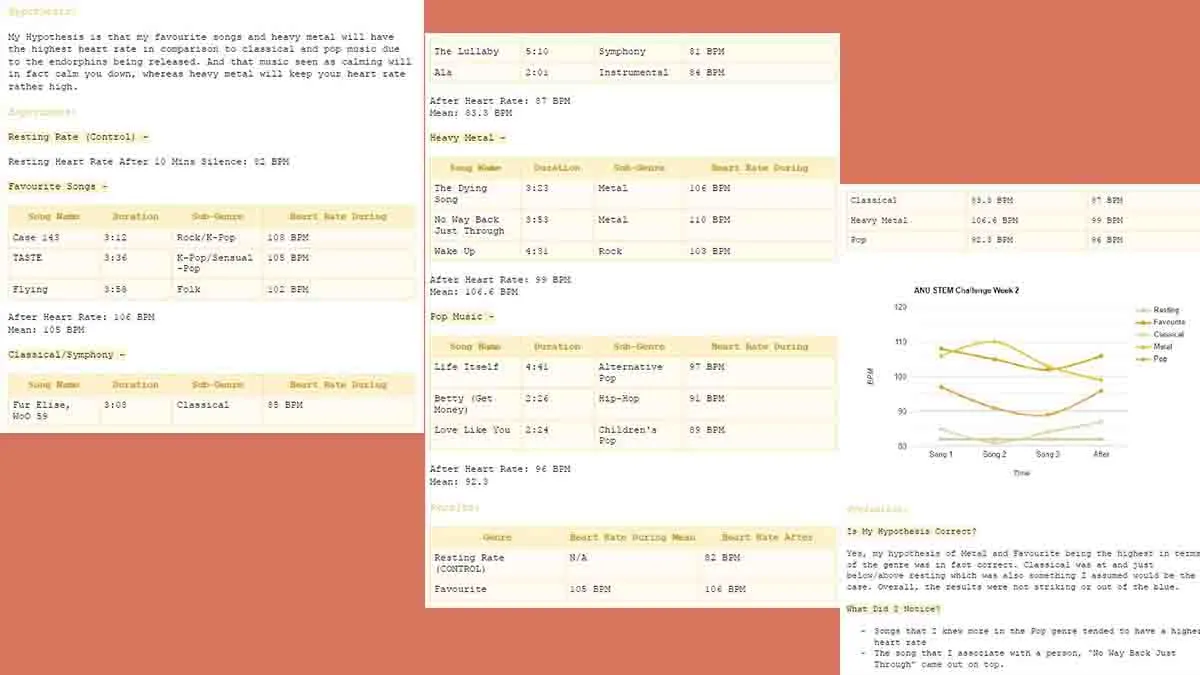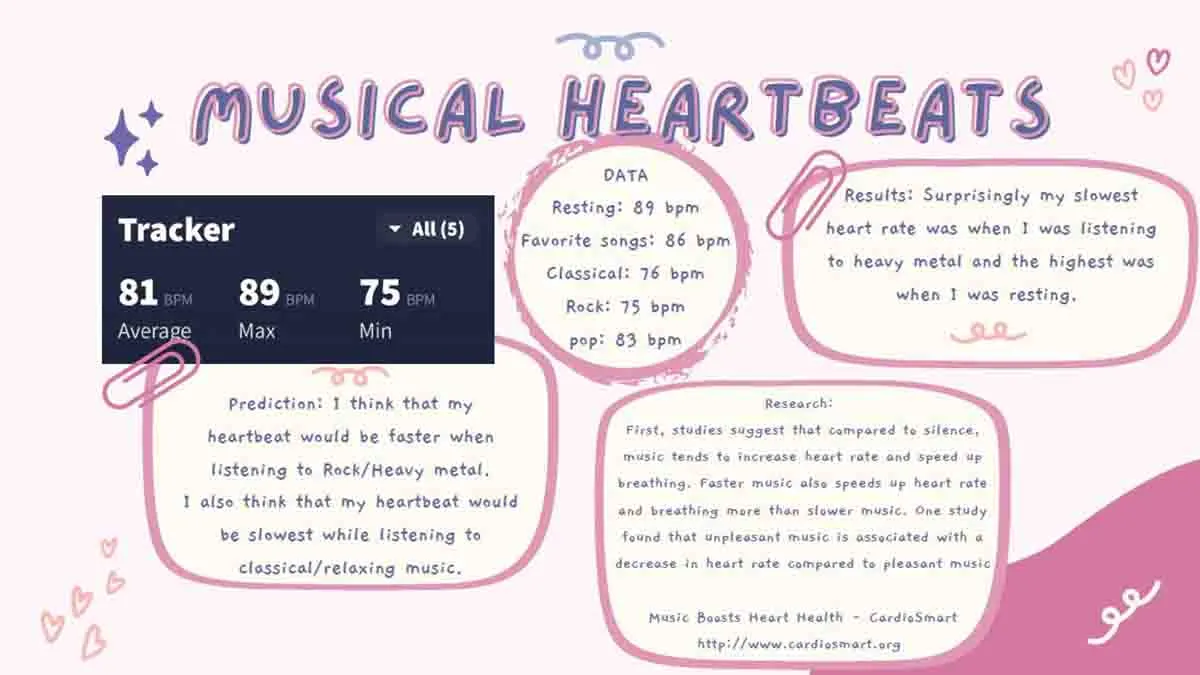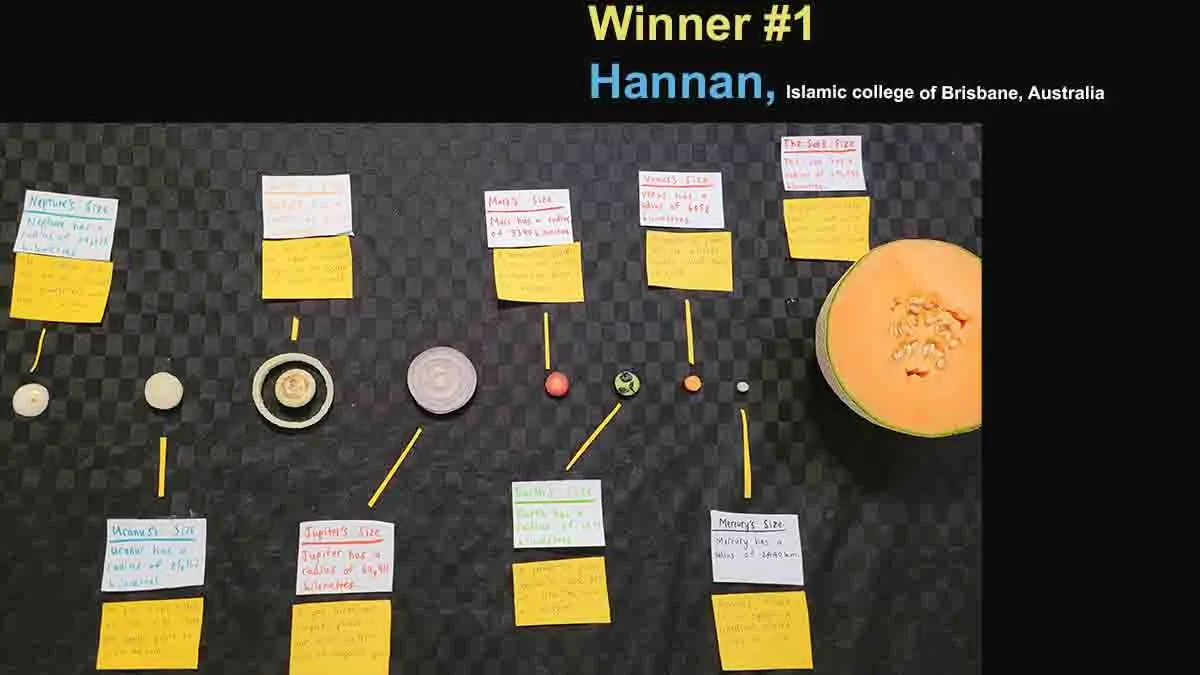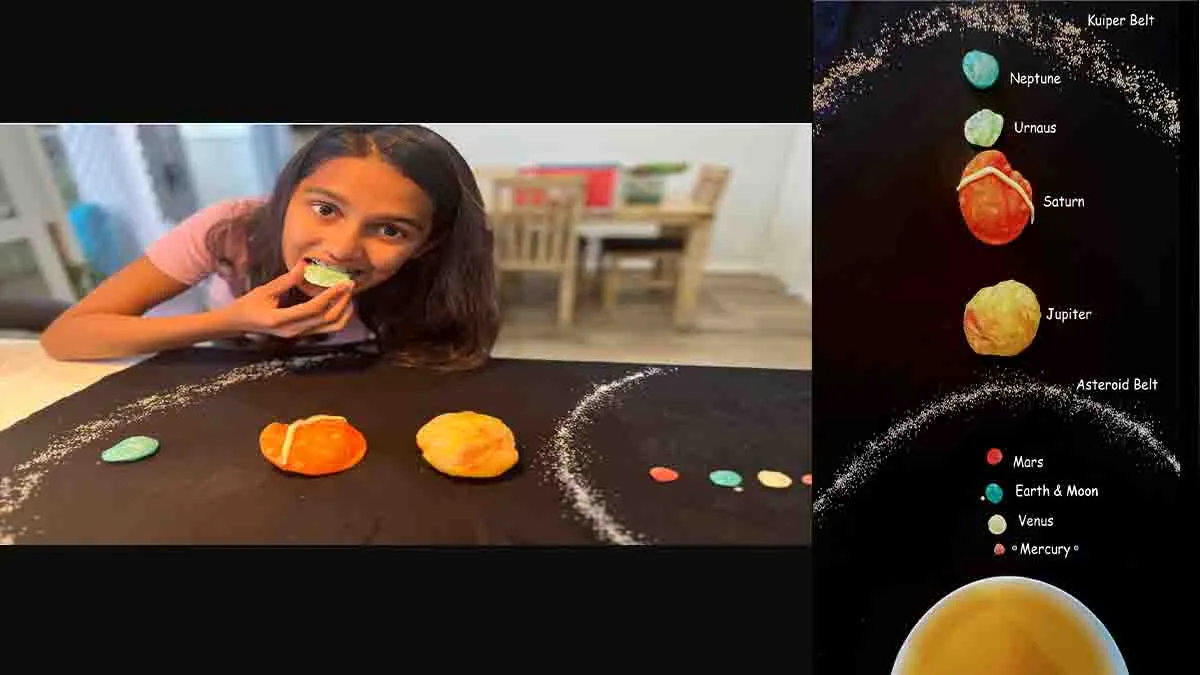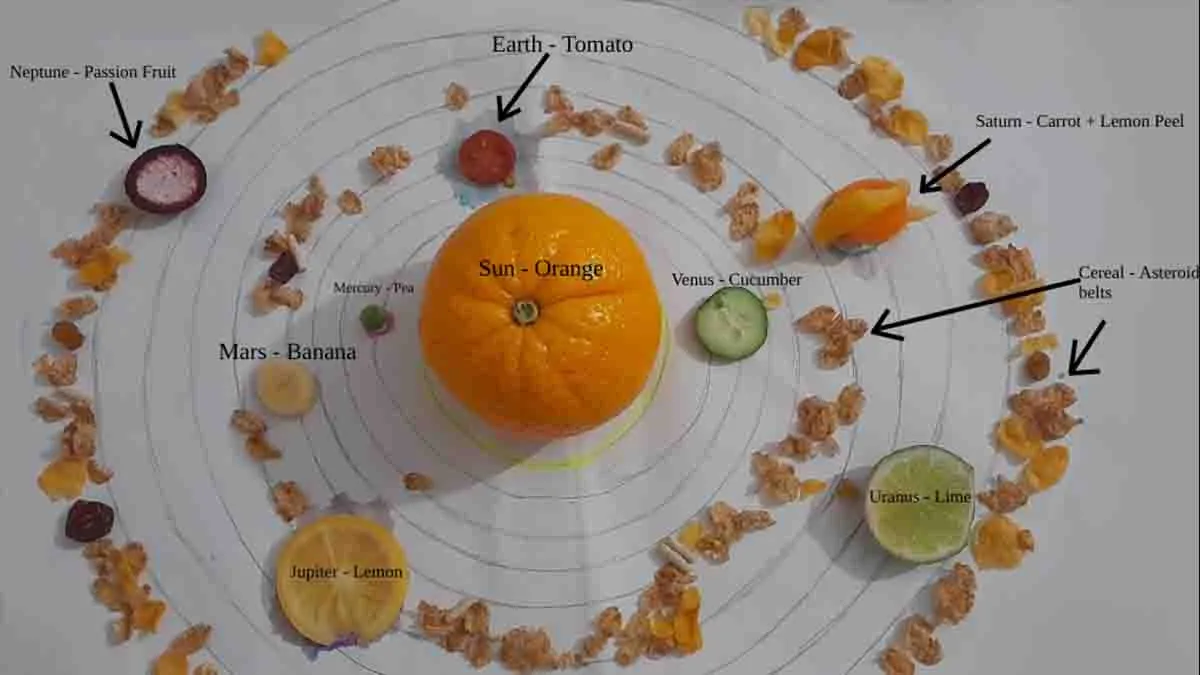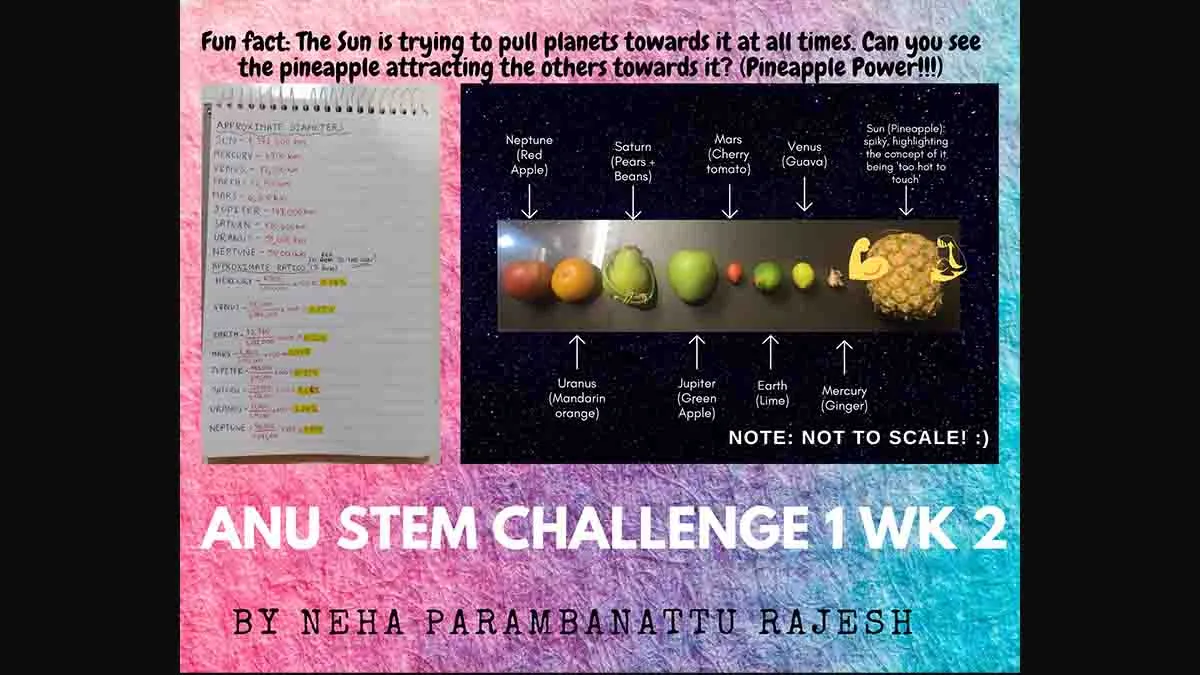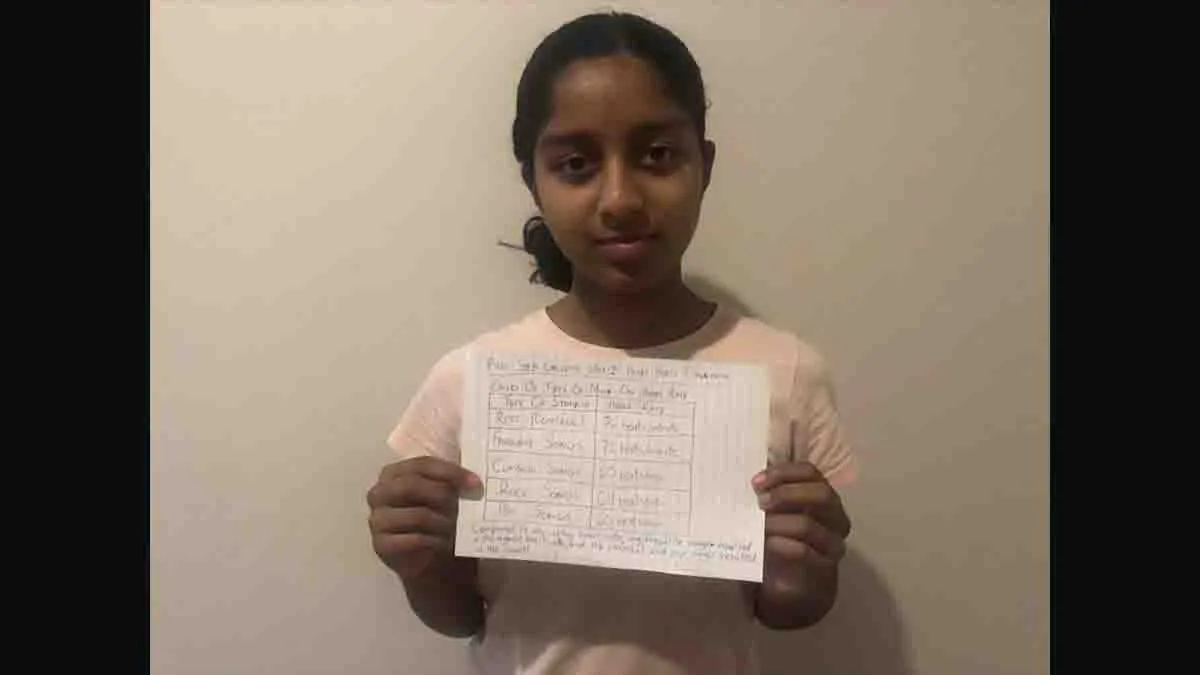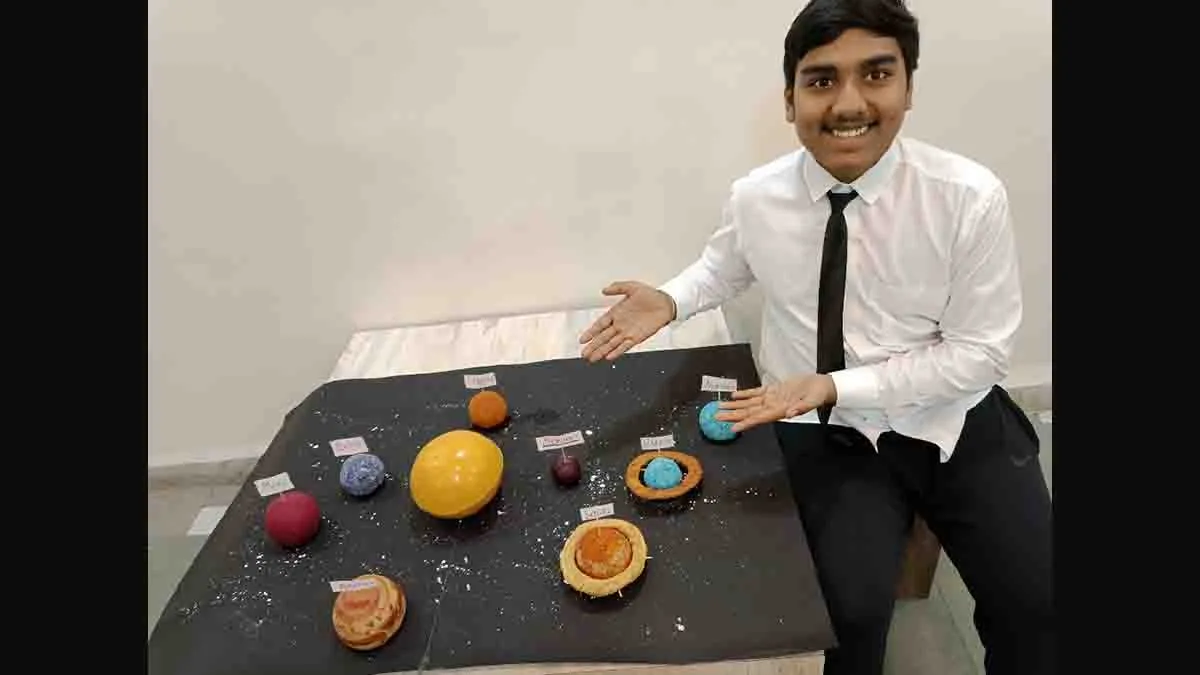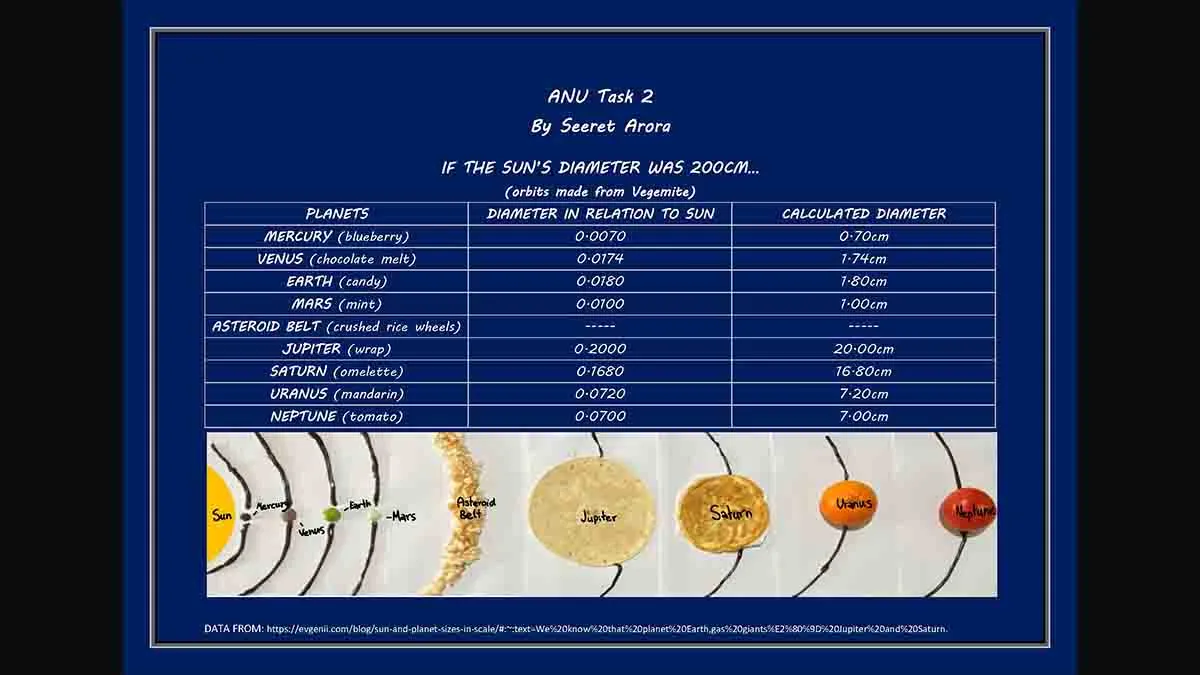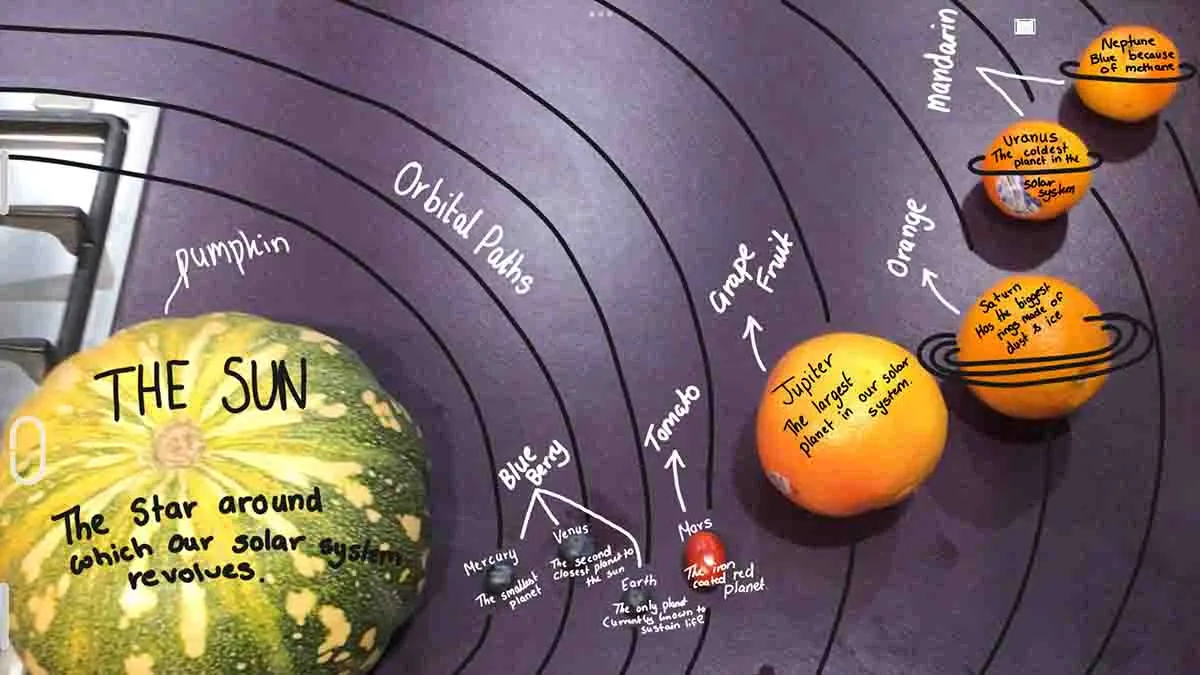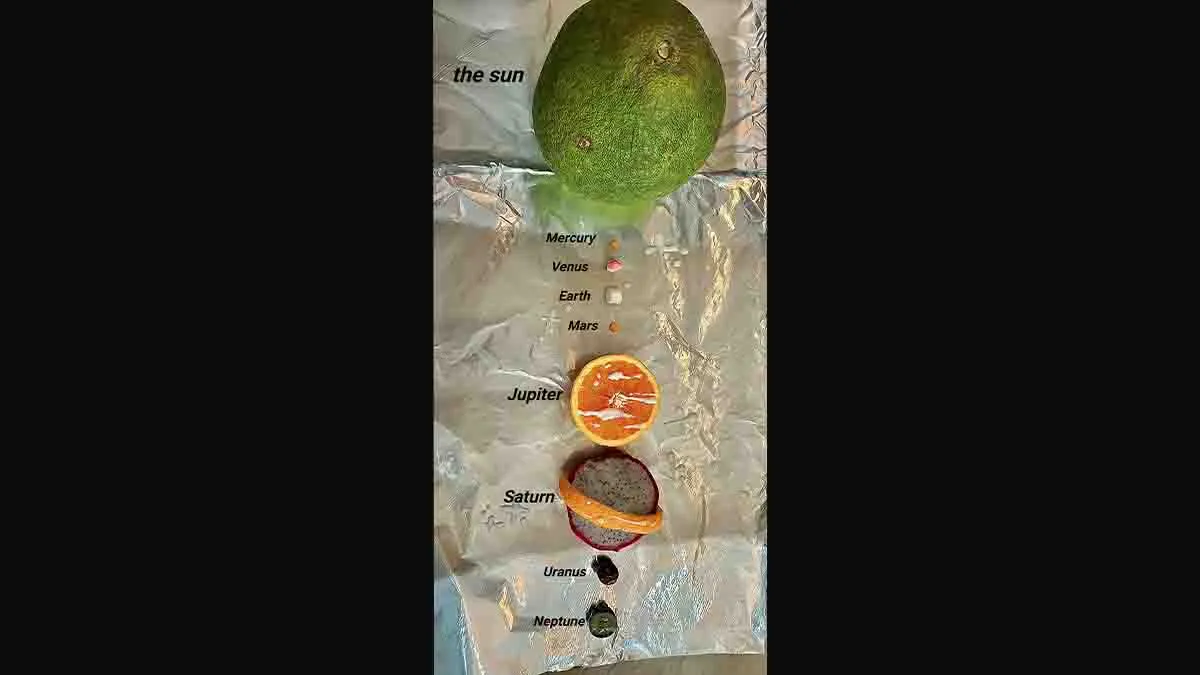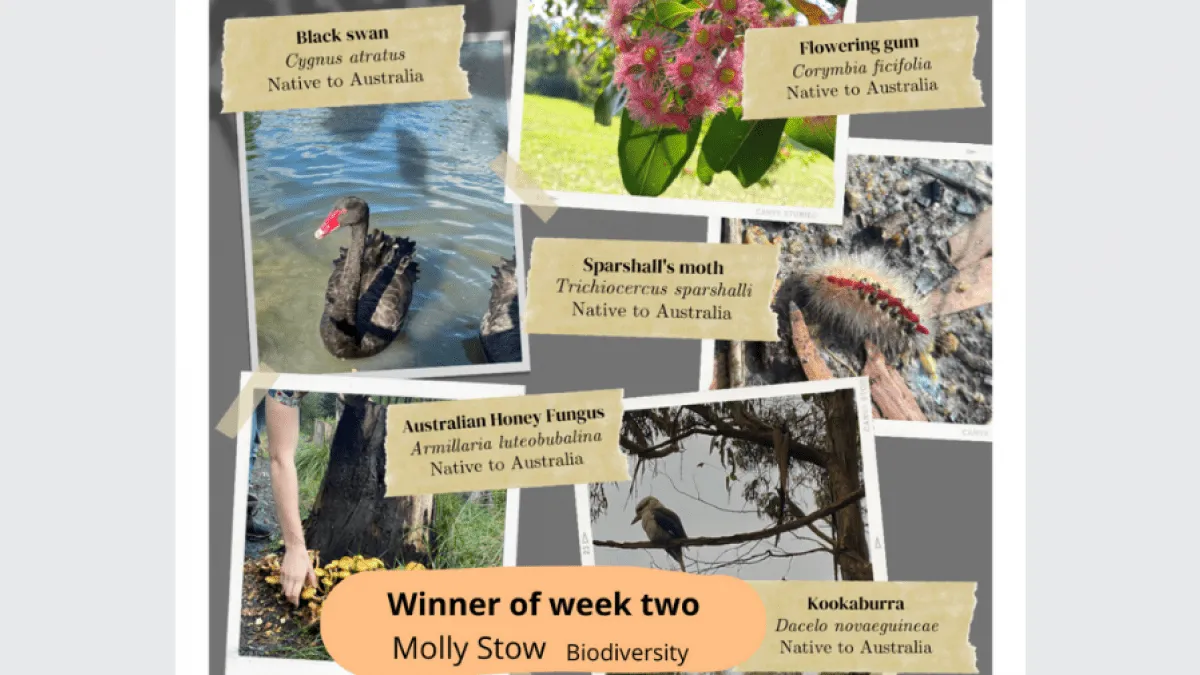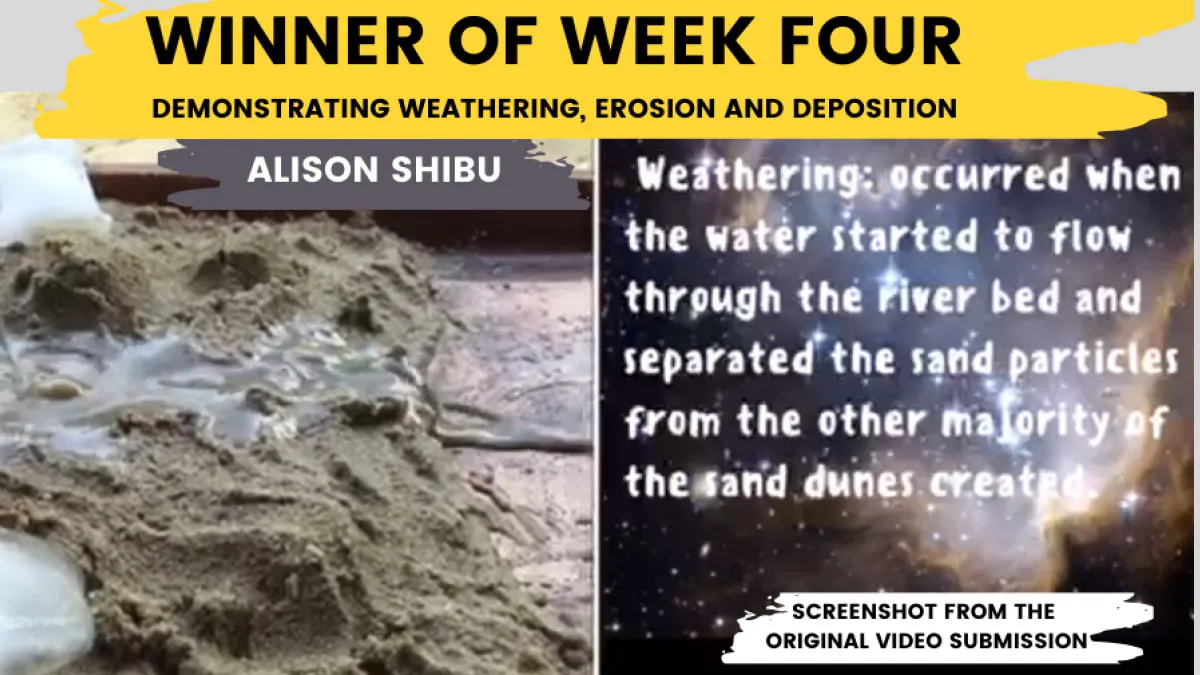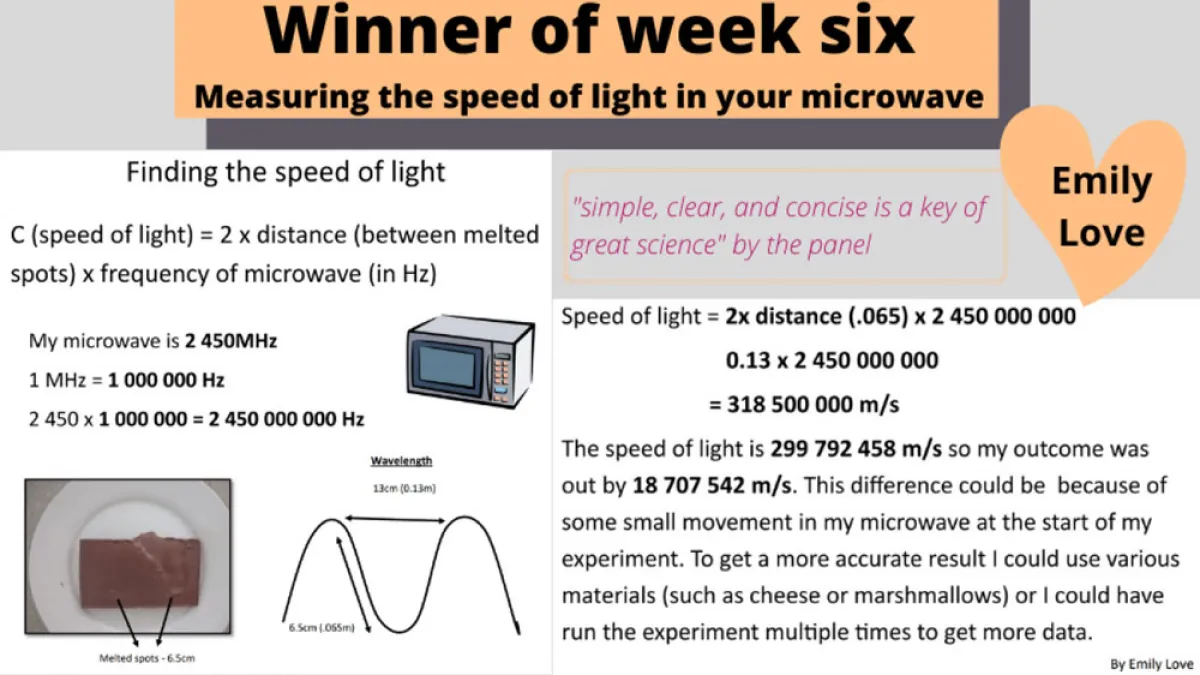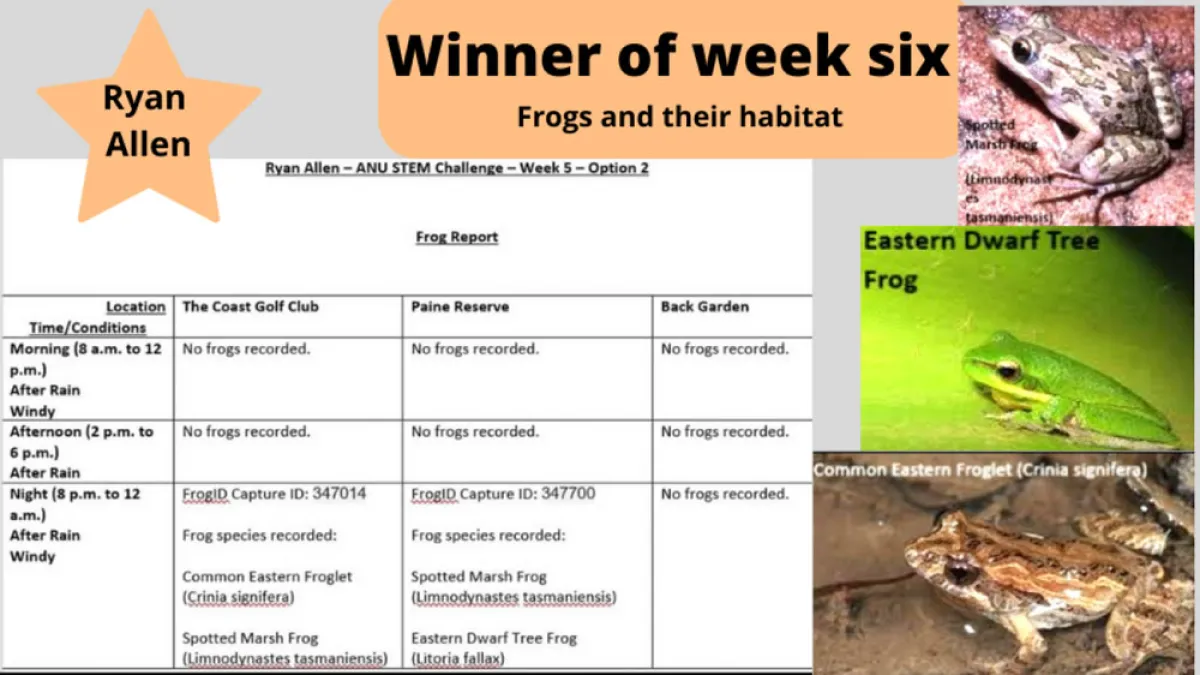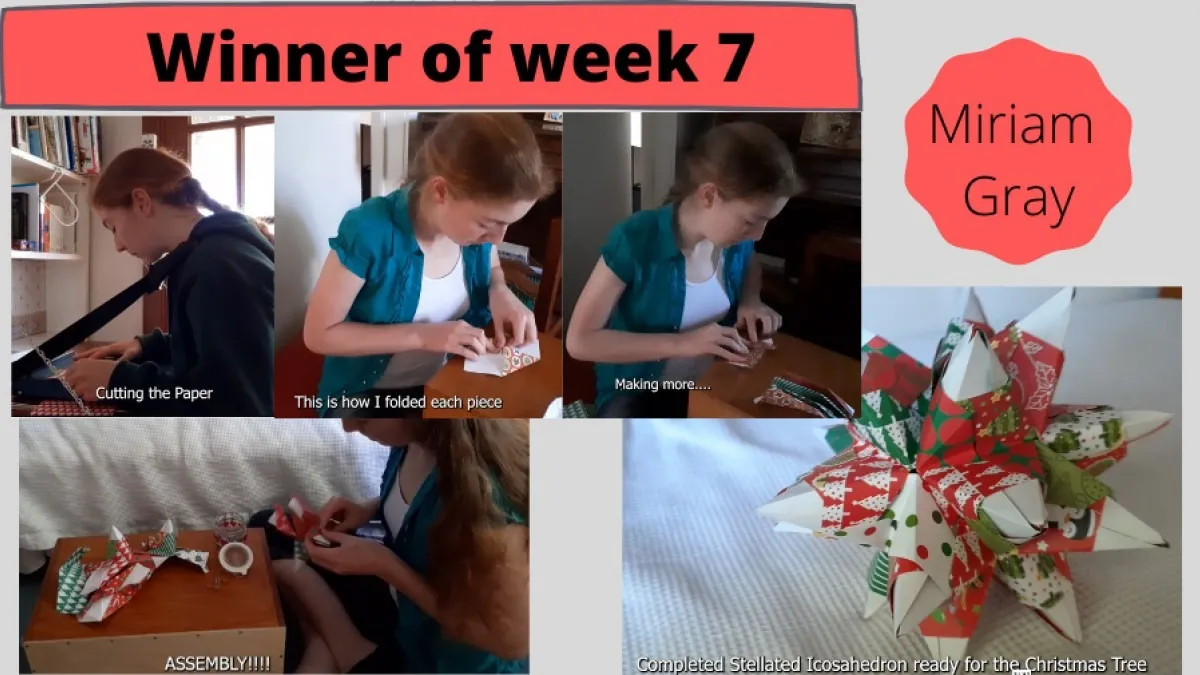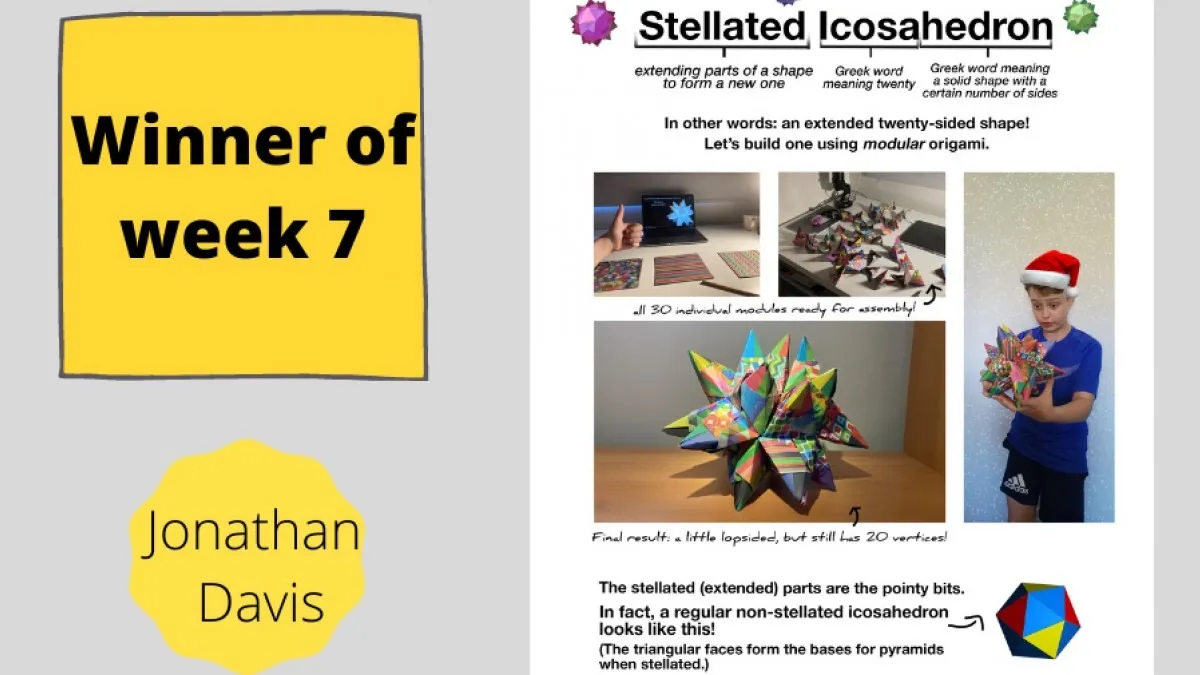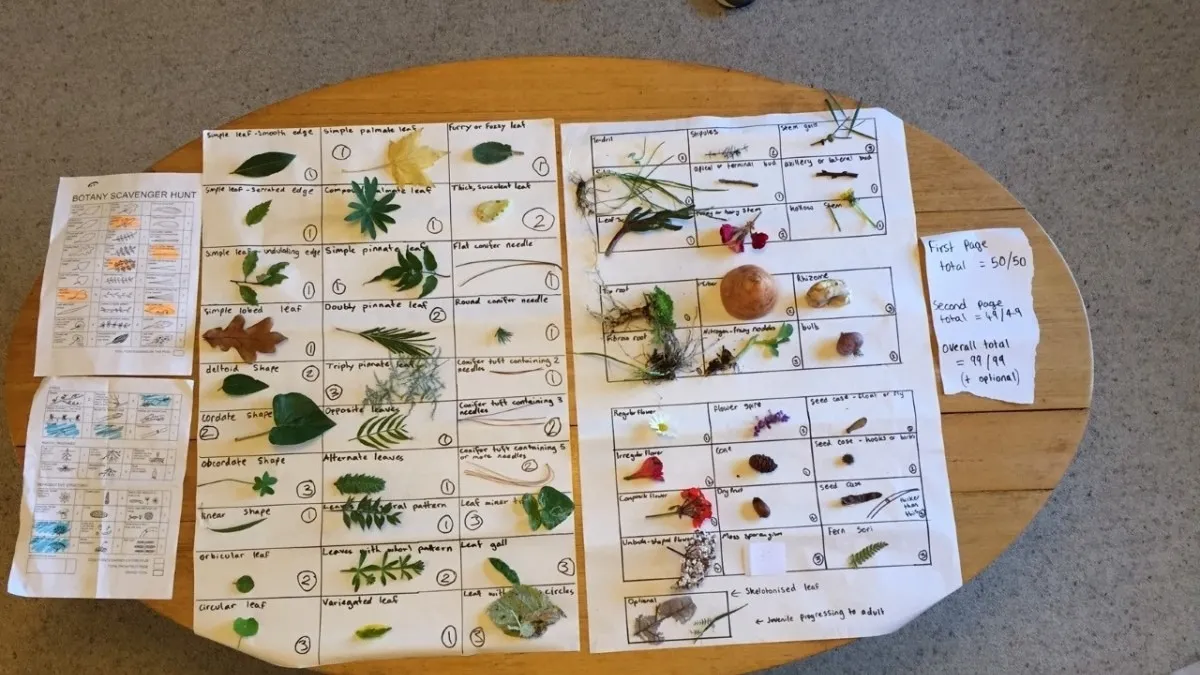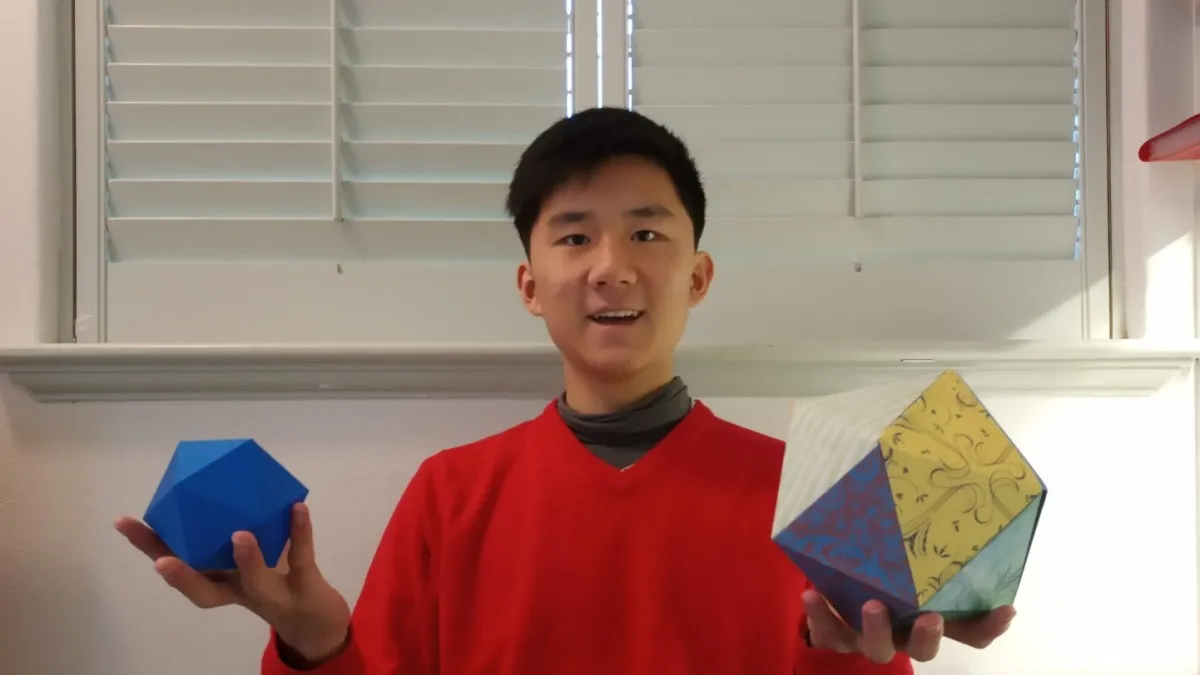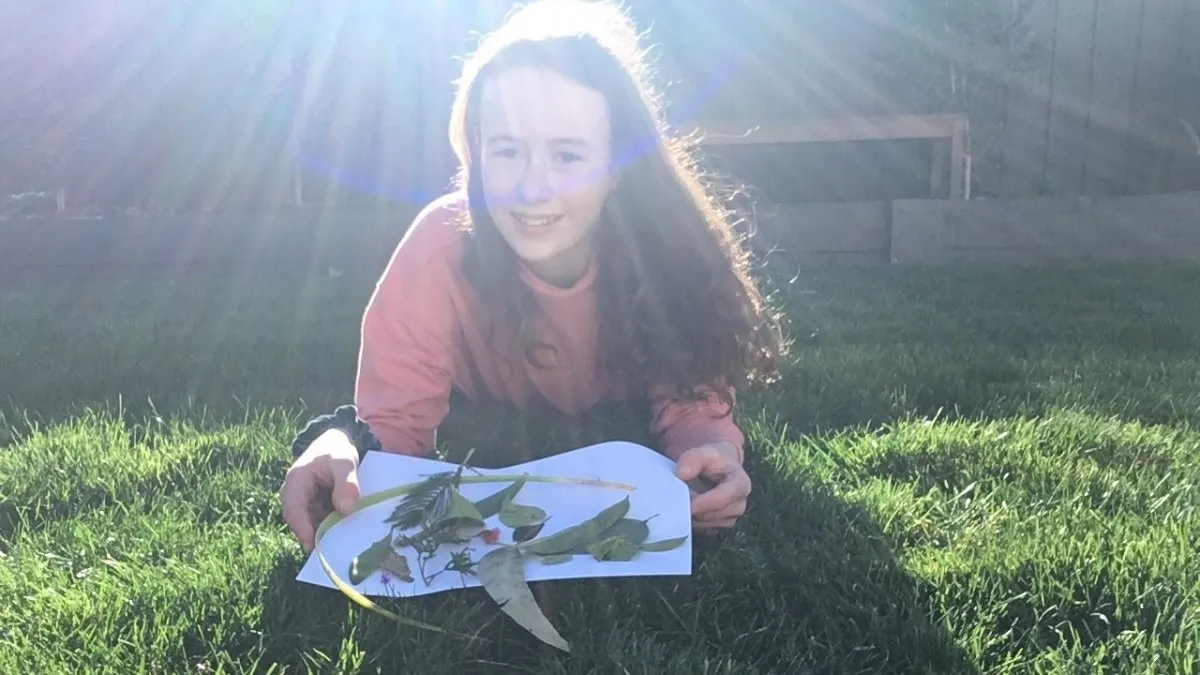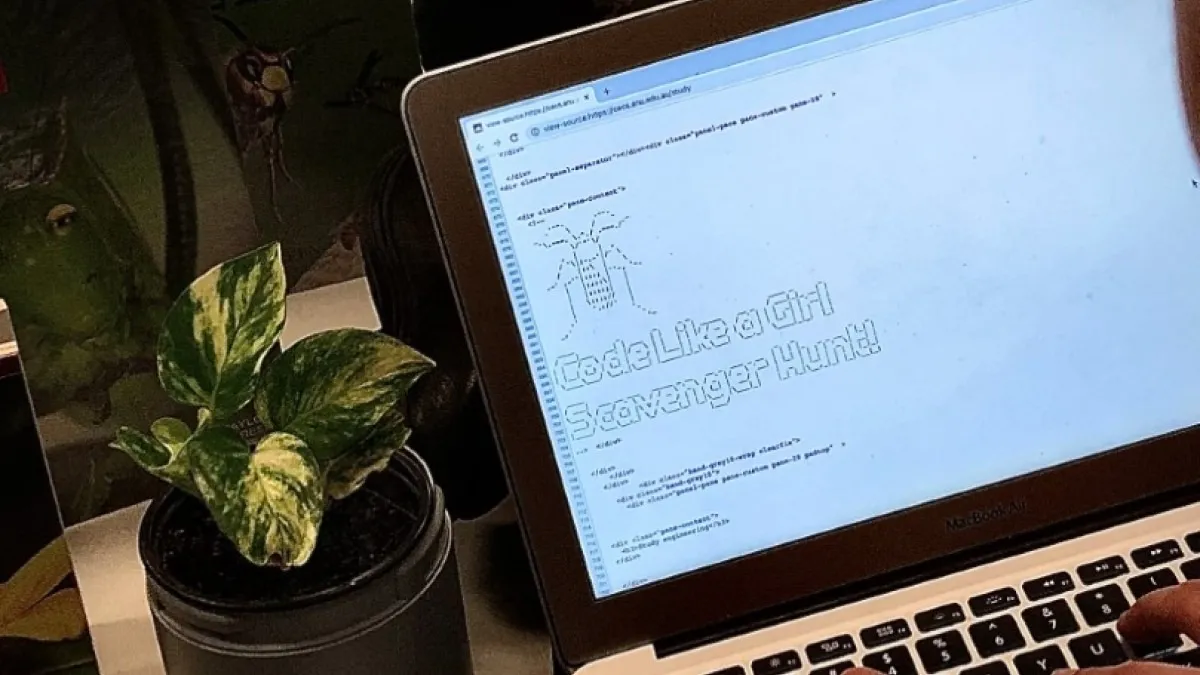
2023 STEM Challenges
This event series is an opportunity for high school and college students to participate in fun and hands-on weekly challenges on a range of science, technology, engineering, and mathematics (STEM) topics. The competition is being organised by the Australian National University (ANU).
Registration is essential and will stay open throughout the activity period. The challenges will run from 3 - 30 October 2023.
How it works
- Challenges will run from 3- 30 October 2023.
- Students need to register to participate.
- Every Monday, challenges will be released by email to all registrants and will also be published on this website. Students will have one week to complete each challenge(s), with answers/photos due on Sunday of the same week.
- Each of the challenges will draw on a different element of STEM and may require you to take photos, answer questions or build/design something to complete the challenge.
- Each week, there will be multiple challenges with different STEM topics released, students can choose to do one or all of them.
- Only one submission per challenge will be accepted and counted for each participant.
- Each week, the submissions will be judged by a panel of ANU staff and voted on.
- Winners will be announced on the Monday following the submission deadline and will be notified by email and will also appear on our social media pages.
Prizes
- Winners will receive a Winner's Certificate and a prize pack.
- All registrants who submit at least one challenge over the 4 weeks of challenges will also receive a printable online Certificate of Participation from the Australian National University. The certificate of participation is not part of the AQF.
Week 1 challenge: Tuesday 3 – Sunday 8 October 2023

Challenge #1
Parachute Challenge
The mathematics of parachutes involves several principles of physics and mathematics, including forces, velocities, acceleration, and air resistance. If the parachute is too small, it may not provide enough drag to slow the person's descent, while if it is too large, it may cause the person to slow down too quickly and experience uncomfortable or dangerous levels of deceleration.
This week, we challenge you to investigate the relationship between the size of a parachute and the time it takes for a toy figure to reach the ground.
For an extra challenge, research the mathematic equation to calculate drag, and apply it to your parachutes. Include it in your photo caption.
Here is your challenge
- Create several (minimum 3) parachutes of different sizes. You can use plastic bags, tissue paper or other materials to create the parachutes.
- Find a tall structure like a staircase or balcony where you can safely drop a toy figure with the parachute.
- Use a stopwatch or phone timer to time how long it takes from the moment you drop it to the moment the toy touches the ground.
- Drop the toy figure with the smallest parachute first and record the time it takes for the toy to reach the ground.
- Repeat the experiment with the other parachutes, recording the time for each drop.
- Analyse your data by plotting the parachute size versus the time it takes for the toy to reach the ground. Look for patterns or relationships between the two variables.
- Draw conclusions based on your data. For example, you might find that larger parachutes take longer to reach the ground or that there is a linear relationship between parachute size and time.
- Take a photo of your parachute in action.
- Include the diameter of the parachute of the slowest parachute and the time that it took to reach the ground in your photo caption.

Challenge #2
Biodiversity Measurement Challenge
Biodiversity measurement refers to the quantitative assessment of the variety of living organisms present in a particular ecosystem, and is a simple way to learn more about the bird species in your local environment and develop your observation skills. By counting and identifying bird species, you can gain a greater appreciation for the diversity of birds around you and learn more about their behavior and habitat. This experiment can also be used as a tool for monitoring changes in bird populations over time, which can help inform conservation efforts.
Materials:
-
A notebook and pen
-
A bird identification guide or app (optional)
-
Binoculars (optional)
Here is your challenge
- Find a quiet outdoor location with trees or bushes where birds are likely to be present. This could be a park, garden, or forested area.
-
Set a timer for 20 minutes.
-
During the 20 minutes, count and record the number of bird species you observe. Note the location and time of day for each sighting.
-
If possible, try to identify the species of each bird you see using a bird identification guide or app. Note the name of each species next to your count.
-
If you have binoculars, use them to get a closer look at the birds and observe their behavior.
-
Pay attention to the bird's physical characteristics, such as size, shape, and color, to help with identification.
-
Try to be as quiet and still as possible while observing the birds, as this will increase your chances of seeing more species.
-
After the 20 minutes are up, tally up your total number of bird species observed and reflect on your experience.
-
Take a photo of at least one of the birds you spot.
-
Include the total number of birds, and the number of types of birds you spotted in your photo caption.
What to submit
Option 1: Post your photo or video (under 1 min) to Instagram and tag @ScienceANU (not #hashtag).Note: make sure to turn off your “Private account” setting on Instagram before posting your submission and tag us. You can turn it back on soon after you receive our confirmation.
Option 2: You can also email your photo or video (under 1 min) and caption to science@anu.edu.au.
The week one challenge submission closes on 11.59pm on Sunday 8th October AEDT. You only need to submit one challenge, but you are welcome to submit both.
What's the selection criteria
Submissions will be judged based on the following criteria:
-
Parachute: parachute design, time recordings, the equation and formula used, photo quality
-
Biodiversity Measurement: type identified, number of species identified, photo quality
When will the winners be announced
The winner will be announced on Monday 9th October. More than one winner may be selected. The winning entry will be posted to our Facebook, Instagram and on the website. The winner will be notified by email. Other submissions may be included in an Instagram story, if you don't want your photo included, please let us know when you submit it.
Competition rules
Remember, this is all about your creativity and skills, so no sneaky copy-pasting from Google image searches is allowed! Let's keep it fun, fair, and full of originality!
Please let us know if you have any questions about the challenge or what you are required to do. You can contact us at science@anu.edu.au.
Winners of Week 1 Challenge
Biodiversity measurement:
Atonina L

Parachute:
Isabella B

Week 2 challenge: Monday 9 – Sunday 15 October 2023

Challenge #1
Water pollution challenge (with flowers)
Water pollution refers to the contamination of water bodies such as lakes, rivers, oceans, and groundwater sources by harmful substances such as chemicals, waste products, and sewage. Water pollution can have serious negative effects on human health, wildlife, and the environment.
Your challenge this week is to see the impact that water pollution can have on the environment.
For an extra challenge, expand the experiment by testing different types and amounts of pollutants, such as more colouring, oil or chemicals (with adult supervision), and observing how they affect the flowers.
Materials:
- White flowers (such as daisies)
- Two jars
- Water
- Food coloring
Here is your challenge
- Fill two jars with water.
- Add a few drops of food coloring to one of the jars, and leave the other jar clear.
- Cut the stems of the white flowers so they are roughly the same length.
- Place one flower in each jar, making sure that the stems are submerged in the water.
- Take a photo of the flowers in jars as a reference point
- After 24 hours, observe the flowers and record any differences you notice, and take another photo.

Challenge #2
Cyanotype challenge
Cyanotype is a photographic printing process that occurs when painted material is exposed to sunlight. The areas of the material that are not exposed to light remain white or a lighter shade of blue.
We love it when art and science crossover, so this week, we challenge you to make your own solar print fabric with paint and leaves or other objects.
Materials Required:
- Fabric (white cotton work best)
- Acrylic paint (darker colours work best)
- Water
- Paintbrush
- Leaves or other flat objects to create a shadow
- Sunlight
- Large tray
Here is your challenge
- Mix the acrylic paint with water to create a thin, watery consistency.
- Lay the fabric flat on a large tray.
- Use the paintbrush to apply a thin layer of the paint mixture to the fabric, covering the entire surface evenly.
- Place the leaves or other flat objects on top of the fabric, making sure they are arranged in a way that creates an interesting pattern.
- Place the tray in direct sunlight for several minutes to several hours, depending on the intensity of the sunlight and the desired effect. The longer the fabric is exposed to sunlight, the darker the print will be.
- Once you are satisfied with the print, remove the leaves and rinse the fabric thoroughly in cold water to remove any excess paint.
- Let the fabric dry completely before using it.
- Take a photo with you holding your sun print fabric
What to submit
Option 1: Post your photo/s or video (under 1 min) to Instagram and tag @ScienceANU (not #hashtag).Note: make sure to turn off your “Private account” setting on Instagram before posting your submission and tag us. You can turn it back on soon after you receive our confirmation.
Option 2: You can also email your photo or video (under 1 min) and caption to science@anu.edu.au.
The week two challenge submission closes on 11.59pm on Sunday 15th October AEDT. You only need to submit one challenge, but you are welcome to submit both.
What's the selection criteria
Submissions will be judged based on the following criteria:
- Water pollution: creativity, what you have learned, photo quality, caption.
- Cyanotype: creativity, photo quality, caption.
When will the winners be announced
The winner will be announced on Monday 16th October. More than one winner may be selected. The winning entry will be posted to our Facebook, Instagram and on the website. The winner will be notified by email. Other submissions may be included in an Instagram story, if you don't want your photo included, please let us know when you submit it.
Competition rules
Remember, this is all about your creativity and skills, so no sneaky copy-pasting from Google image searches is allowed! Let's keep it fun, fair, and full of originality!
Please let us know if you have any questions about the Challenge or what you are required to do. You can contact us at science@anu.edu.au.
Winners of Week 2 Challenge

Water pollution challenge (with flowers) - Isabella B and Nguyen Ngoc Minh T
Cyanotype challenge - Rhea K and Ariel M
Week 3 challenge: Monday 16 – Sunday 22 October 2023
Challenge Week 3:
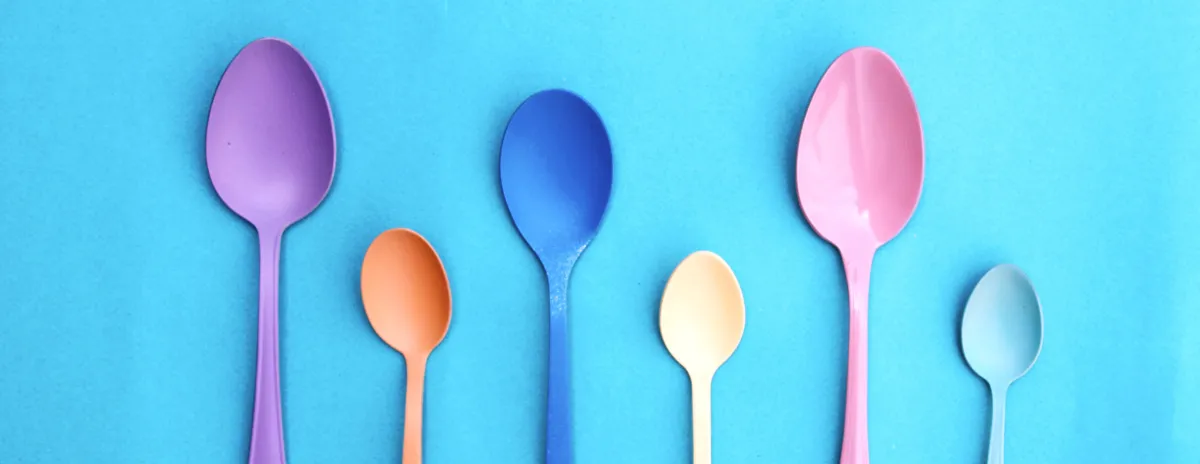
Challenge #1 Casein plastic challenge
One of the advantages of casein plastic is that it is biodegradable and renewable. Unlike traditional plastics made from petroleum-based materials, casein plastic is made from a renewable resource and can be broken down naturally by microorganisms in the environment. This makes it an attractive alternative to traditional plastics, which can take hundreds of years to decompose and contribute to environmental pollution.
However, casein plastic also has some disadvantages. It is not as durable as traditional plastics, and it can be sensitive to moisture and heat. It also has a tendency to shrink and become brittle over time.
Materials:
- Milk (whole or 2%)
- White vinegar
- Small saucepan
- Stove or hot plate
- Strainer/sieve
- Bowl
- Cloth for further straining
- Food colouring (optional)
Here is your challenge
- Take an item made of plastic, that could be remade out of Casien plastic, keeping in mind the advantages and disadvantages of the material.
- Pour 1 cup of milk into a small saucepan and heat it over medium heat until it reaches a gentle boil.
- Remove the milk from the heat and add 1 tablespoon of white vinegar. Stir gently for about 1 minute until the milk curdles.
- Strain the curdled milk through a strainer into a bowl, removing as much of the liquid as possible.
- Place the curdled milk in a piece of plastic wrap and squeeze out any remaining liquid. You should be left with a solid clump of curdled milk.
- Knead the clump of curdled milk for a few minutes until it becomes smooth and pliable.
- You can add food colouring at this point if desired to make coloured plastic.
- Shape the casein plastic into the shape of the time you are recreating and let it dry for a few hours.
- Take a photo of you holding your Casien plastic item. Include which item you recreated in your photo caption.

Challenge #2 Fiber optics challenge
Fiber optics are used in a wide range of applications, primarily for their ability to transmit data over long distances with minimal loss of signal strength. They are used in a range of telecommunications, medical equipment, lighting, data centres, and even have aerospace applications.
This week, we challenge you to make a fiber optic model out of a water bottle.
The water in the bottle acts as a simple model for the fiber optic cable, which is designed to transmit light over long distances with minimal loss of signal. When the hole is open, the light is able to spread out through the water and illuminate the entire bottle. But when the hole is covered, the light is reflected off the inside of the bottle, just as it would be reflected off the walls of the fiber optic cable.
For an extra challenge, take a video of your fiber optic water bottle, and send us a message in morse code by turning the torch on and off while aimed at the water.
Materials required:
- A clear plastic bottle,
- Scissors
- Torch
- Water
- Tape
Here is your challenge
- Start by cutting a small hole in the side of the bottom third of the water bottle using scissors. The hole should be small enough to prevent the water from flowing out too quickly.
- Fill the bottle with water, leaving some space at the top.
- Place the torch near the bottle so that the light shines into the water.
- Observe how the light behaves as it travels through the water. You should notice that the light spreads out and illuminates the entire bottle.
- Now, cover the hole in the bottom of the bottle with a piece of tape.
- Observe how the light behaves now. You should notice that the light is no longer spreading out, but is instead being reflected off the inside of the bottle.
- Take a photo of you with your fiber optic water bottle. Include one use of fiber optic cable in your photo caption.
Challenge #3 Misinformation Challenge - prepared by Dr Eryn Newman
Misinformation is a big problem because when false or wrong information spreads online, it can confuse a lot of people and makes it hard for them to know what's true. This can cause problems in our communities and make it tough to make good decisions.
In 2020, ANU School of Psychology academic, Dr Eyrn Newman collaborated with an international group to produce the Debunking Handbook during the pandemic to tackle misinformation.
Materials required:
- video recorder or phone camera
Here is your challenge
- Read the following excerpt taken from the Debunking Handbook
- create a short (no more than 2 minutes) video of a poem, rap or song of any musical genre about how people can protect themselves from misinformation.


What to submit
Option 1: Post your photo or video (under 2 min) to Instagram and tag @ScienceANU (not #hashtag).Note: make sure to turn off your “Private account” setting on Instagram before posting your submission and tag us. You can turn it back on soon after you receive our confirmation.
Option 2: You can also email your photo or video (under 1 min) and caption to science@anu.edu.au.
The week three challenge submission closes on 11.59pm on Sunday 22nd October AEDT. You only need to submit one challenge, but you are welcome to submit more than one.
What's the selection criteria
Submissions will be judged based on the following criteria
- Casein plastic: photo quality, creativity, caption.
- Fibre optics: photo quality, originality, caption.
- Misinformation: creativity, effectiveness in communicating to a lay audience, quality of research and information provided.
When will the winners be announced
The winner will be announced on Monday 23rd October. More than one winner may be selected. The winning entry will be posted to our Facebook, Instagram and on the website. The winner will be notified by email. Other submissions may be included in an Instagram story, if you don't want your photo included, please let us know when you submit it.
Competition rules
Remember, this is all about your creativity and skills, so no sneaky copy-pasting from Google image searches is allowed! Let's keep it fun, fair, and full of originality!
Please let us know if you have any questions about the Challenge or what you are required to do. You can contact us at science@anu.edu.au.
Winners of Week 3 Challenge

Casein plastic: Anh D.
Misinformation: Rhea K.
Fiber Optics: Anushree S.
Week 4 challenge: Monday 23 – Sunday 29 October 2023
Challenge Week 4

Challenge #1 Soil Challenge
pH stands for "potential of hydrogen" and is a measure of the acidity or basicity of a solution.
When examining your soil, it's important to focus on the pH scale that ranges from 0 to 14. A pH reading below 7 is considered acidic, while readings above 7 indicate alkaline soil. For optimal plant growth, the ideal pH level is 6.5, which falls within the neutral to slightly acidic range.
This week, we are challenging you to conduct a soil pH test using vinegar and baking soda.
Materials:
- 2 jars
- Soil
- ½ cup baking soda
- ½ cup vinegar
- ½ cup distilled (boiled and cooled) water
Here is your challenge
- Start by taking a cup of soil from different parts of your garden or lawn. Transfer the soil samples into two separate containers, making sure to use equal amounts of soil in each container.
- Next, add half a cup of vinegar to one container of soil and observe the reaction. If the soil fizzes, it is an indication that the soil is likely alkaline, with a pH level of 7-8.
- If there is no reaction to the vinegar, move to the second container of soil. Combine the soil with half a cup of baking soda and enough distilled water to make it moist. Observe the mixture for any signs of fizzing. If the soil mixture does fizz, it suggests that the soil is acidic, with a pH level of 5-6.
- Take a photo of your results
- Include your estimated soil pH in your photo caption.
For an extra challenge, after completing the soil challenge, build a hydrologic cycle terrarium using the instructions below:
- Clean and dry the jar thoroughly.
- Place a layer of gravel or small rocks at the bottom of the jar. This will provide drainage and prevent water from accumulating at the bottom.
- Add a layer of potting soil on top of the rocks, leaving enough room for the plants to fit.
- Plant your chosen plants in the soil, arranging them as desired. Use a spoon or other tool to dig small holes for the plants if necessary.
- Lightly mist the soil and plants with water to moisten them, but be careful not to overwater.
- Close the lid tightly to create a sealed environment inside the jar.
- Place the terrarium in a location with indirect sunlight and maintain a consistent temperature and humidity level.
- Take a photo of you with your terrarium.

Challenge #2 Healthy Eye Food challenge
There is a proven link between nutrition and eye health, with a healthy diet decreasing the risk of eye degeneration (e.g., developing eye conditions and diseases).
This week, we are challenging you to create a main meal recipe using a maximum of 5 ingredients that costs no more than $5 AUD per serve (or equivalent) to promote healthy eye health.
Here is your challenge
- Research foods that promote good eye health.
- Based on your research, design a recipe that uses 5 ingredients that promote good eye health. The total cost of ingredients cannot exceed $5 AUD per serve.
- Take a photo of all your ingredients and provide a cost per ingredient per serve
- Take a selfie or ask someone to assist you in taking 3 photos of you preparing the meal, cooking the meal, and the final dish. You must be present in the photos.
- Include in the photo caption 1 key reason per ingredient on how it benefits eye health, and the name of the recipe.
What to submit
Option 1: Post your photo or video (under 1 min) to Instagram and tag @ScienceANU (not #hashtag).Note: make sure to turn off your “Private account” setting on Instagram before posting your submission and tag us. You can turn it back on soon after you receive our confirmation.
Option 2: You can also email your photo or video (under 1 min) and caption to science@anu.edu.au.
The week four challenge submission closes on 11.59pm on Sunday 29th October AEDT. You only need to submit one challenge, but you are welcome to submit both.
What's the selection criteria
Submissions will be judged based on the following criteria:
-
Soil challenge: Creativity, photo quality, pH estimation, extra challenge.
-
Healthy eye food challenge: Creativity of recipe, photo quality, information provided about ingredients, within budget.
When will the winners be announced
The winner will be announced on Monday 30th October. More than one winner may be selected. The winning entry will be posted to our Facebook, Instagram and on the website. The winner will be notified by email. Other submissions may be included in an Instagram story, if you don't want your photo included, please let us know when you submit it.
Competition rules
Remember, this is all about your creativity and skills, so no sneaky copy-pasting from Google image searches is allowed! Let's keep it fun, fair, and full of originality!
Please let us know if you have any questions about the Challenge or what you are required to do. You can contact us at science@anu.edu.au.
Winners of Week 4 Challenges

Soil challenge: Aditya R.R
Healthy eye food challenge: Stephanie K. and Prabhkirat S.
STEM Challenges submissions 2023
STEM Challenges submissions 2022
STEM Challenges submissions 2021
STEM Challenges submissions 2020
Have a question?
The challenges have been created through a collaboration between the ANU College of Science and Medicine, the ANU College of Health and Medicine, and the ANU College of Engineering and Computer Science. Please contact us via the email below if you have any questions.
Terms and conditions
- ANU College of Science and Medicine and ANU College of Health and Medicine (ABN: 52 234 063 906)
- Information on how to enter the ANU Science Case Study Competition forms part of these Terms and Conditions.
- Entry is open to all Australian residents and a group of international students.
- Entry to the competition is via the ANU College of Science and Medicine STEM Challenges web page.
- There is no entry fee for the competition.
- ANU College of Science and Medicine and ANU College of Health and Medicine Staff and their immediate family are excluded from participation
- There is (1) prize available for the best entry each week.
- The ANU College of Science and Medicine and the ANU College of Health and Medicine reserve the right to modify or remove any prizes if required, or not to award a prize.
- The prize must be taken as stated and no compensation will be payable if the prize winner is unable to use the prize as stated. The prize is not transferable to another person or exchangeable for other goods and services and cannot be redeemed as cash.
- The entrant will be solely responsible for any costs or taxes incurred as part of the competition, or claiming of the prize, including but not limited to any taxes.
- Prize winners will be notified in writing (email) on the Tuesday following the submission deadline.
- Each participant is only allowed one submission per challenge.
- By entering the competition, you declare that the submitted work is entirely your own.
- The ANU College of Science and Medicine and the ANU College of Health and Medicine reserve the right to withdraw applications at any stage for any reason determined appropriate by the ANU Colleges of Science and the ANU College of Health and Medicine.
- The ANU College of Science and Medicine and the ANU College of Health and Medicine reserve the right to extend or modify the closing date.
- Submissions will be marked by a panel of judges chosen by the ANU College of Science and Medicine and the ANU College of Health and Medicine.
- The ANU College of Science and Medicine and the ANU College of Health and Medicine reserve the right to determine the final outcome of the competition, and to name and order winners and prizes.
- By entering the competition, all entrants and their guardians (where applicable) understand and give permission to the ANU College of Science and Medicine, the ANU College of Health and Medicine, ASD-ANU Co-Lab and sponsors to use the winners name, video/photo submission, likeness and work for promotional purposes, and other purposes deemed appropriate.
- The concerned parties also understand and facilitate consent to measures covered under https://services.anu.edu.au/marketing-outreach/anu-identity/anu-audio-visual-release-form
- Participants agree that the ANU College of Science and Medicine and the ANU College of Health and Medicine, ASD-ANU Co-Lab and sponsoring entities are not liable for any damages or losses arising from the competition.
- All submitted work is subject to the ANU College of Science and Medicine and the ANU College of Health and Medicine Privacy Policy.
- Incomprehensible and incomplete entries will be deemed invalid.
- The ANU College of Science and Medicine and the ANU College of Health and Medicine reserve the right to verify the validity of entries and to disqualify any entry which in the opinion of the ANU College of Science and Medicine and the ANU College of Health and Medicine, includes objectionable content, profanity, potentially insulting, inflammatory or defamatory statements, disqualify any entrant who tampers with the entry process, who submits an entry that is not in accordance with these terms and conditions of entry or who has, in the opinion of the ANU College of Science and Medicine and the ANU College of Health and Medicine, engaged in conduct in entering the promotion which is fraudulent, misleading, deceptive or generally damaging to the goodwill or reputation of the promotion and/or the ANU College of Science and Medicine and the ANU College of Health and Medicine. The ANU College of Science and Medicine and the ANU College of Health and Medicine reserve the right to disqualify a winner if the ANU College of Science and Medicine and the ANU College of Health and Medicine become aware that the winner and/or the winner’s entry is of a type described in this clause.
- The ANU College of Science and Medicine and the ANU College of Health and Medicine accept no responsibility for any late, lost or misdirected entries including delays in the completion of tasks due to technical disruptions, network congestion or for any other reason.
- The ANU College of Science and Medicine and the ANU College of Health and Medicine’s decision is final and the ANU College of Science and Medicine and the ANU College of Health and Medicine will not enter into correspondence regarding the result or winning entries.
- In the case of the intervention of any outside act, agent or event which prevents or significantly hinders the ANU College of Science and Medicine and the ANU College of Health and Medicine’s ability to proceed with the competition on the dates and in the manner described in these terms and conditions, including but not limited to vandalism, power failures, tempests, natural disasters, acts of God, civil unrest, strike, war, act of terrorism, the ANU College of Science and Medicine and the ANU College of Health and Medicine may in its absolute discretion cancel the competition and recommence it from the start on the same conditions, subject to any directions given under State Regulation.
- The ANU College of Science and Medicine and the ANU College of Health and Medicine reserve the right in its sole discretion to disqualify any individual they believe has breached any of these conditions, or engaged in any unlawful or other improper misconduct calculated to jeopardise the fair and proper conduct of the promotion.
- The ANU College of Science and Medicine and the ANU College of Health and Medicine collect personal information about you to enable you to participate in this promotion.
- All certificates (including winners’) are not an AQF certificate.

